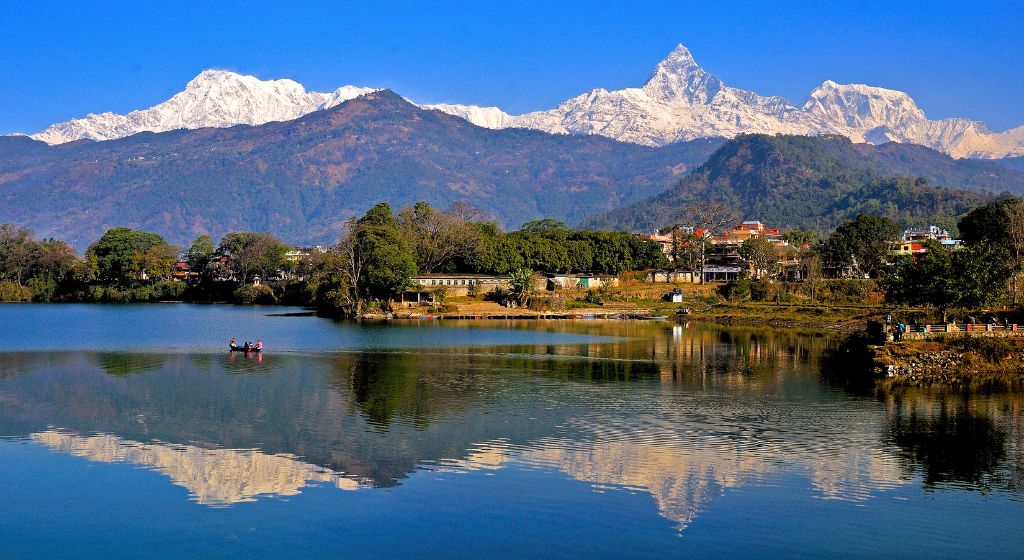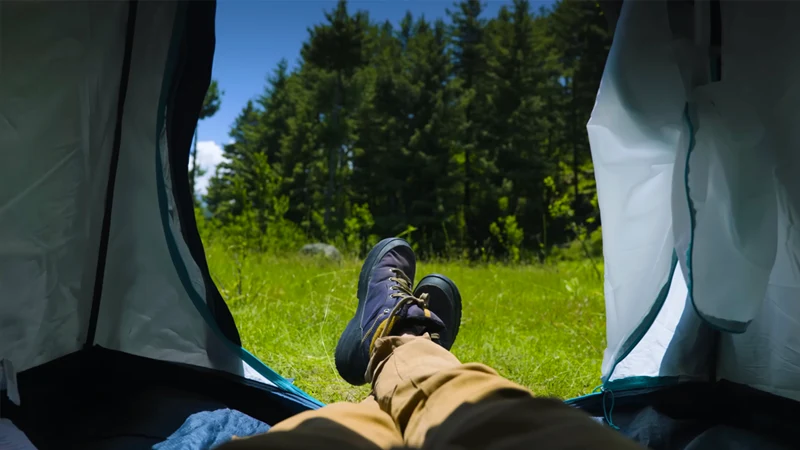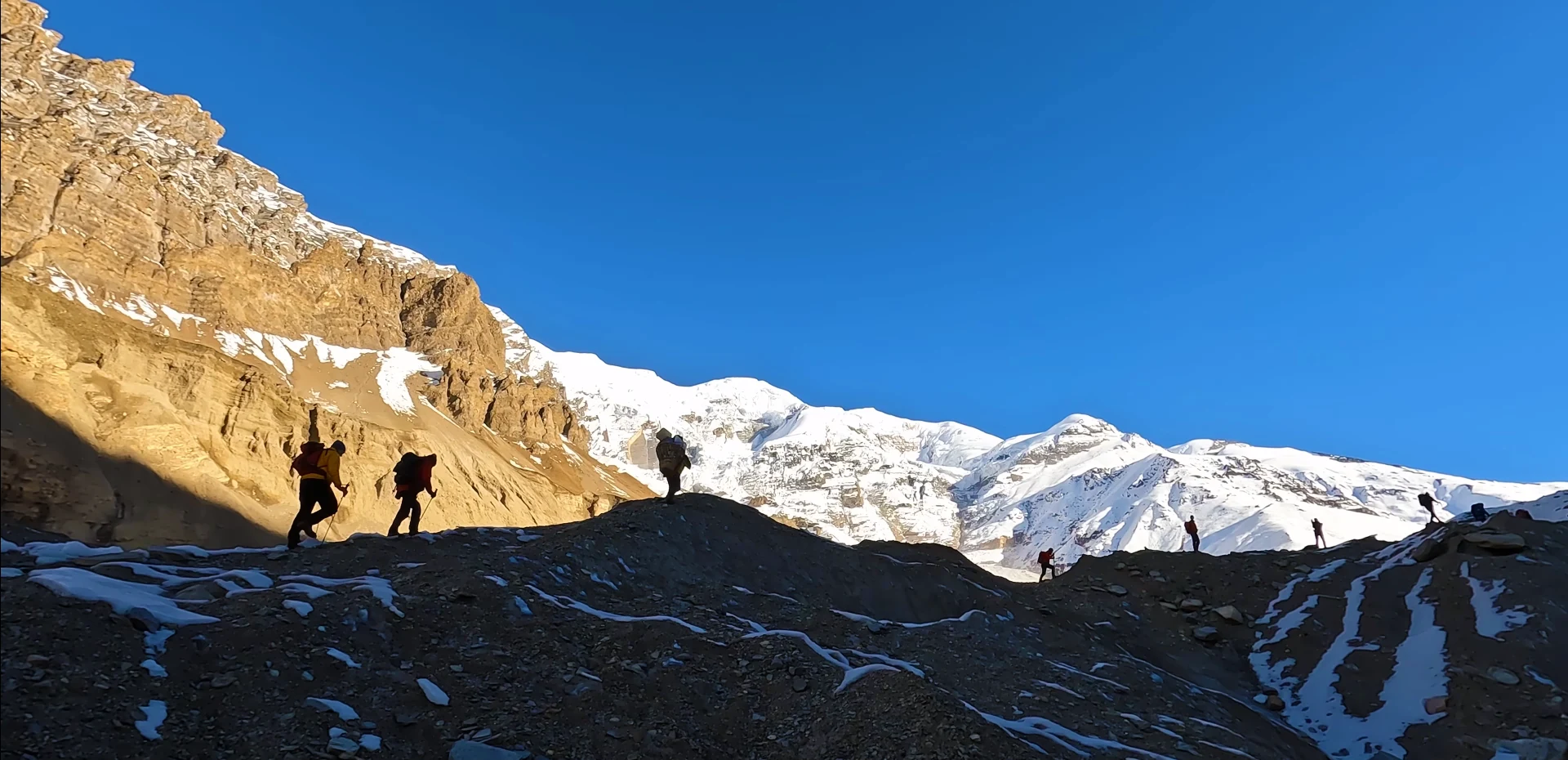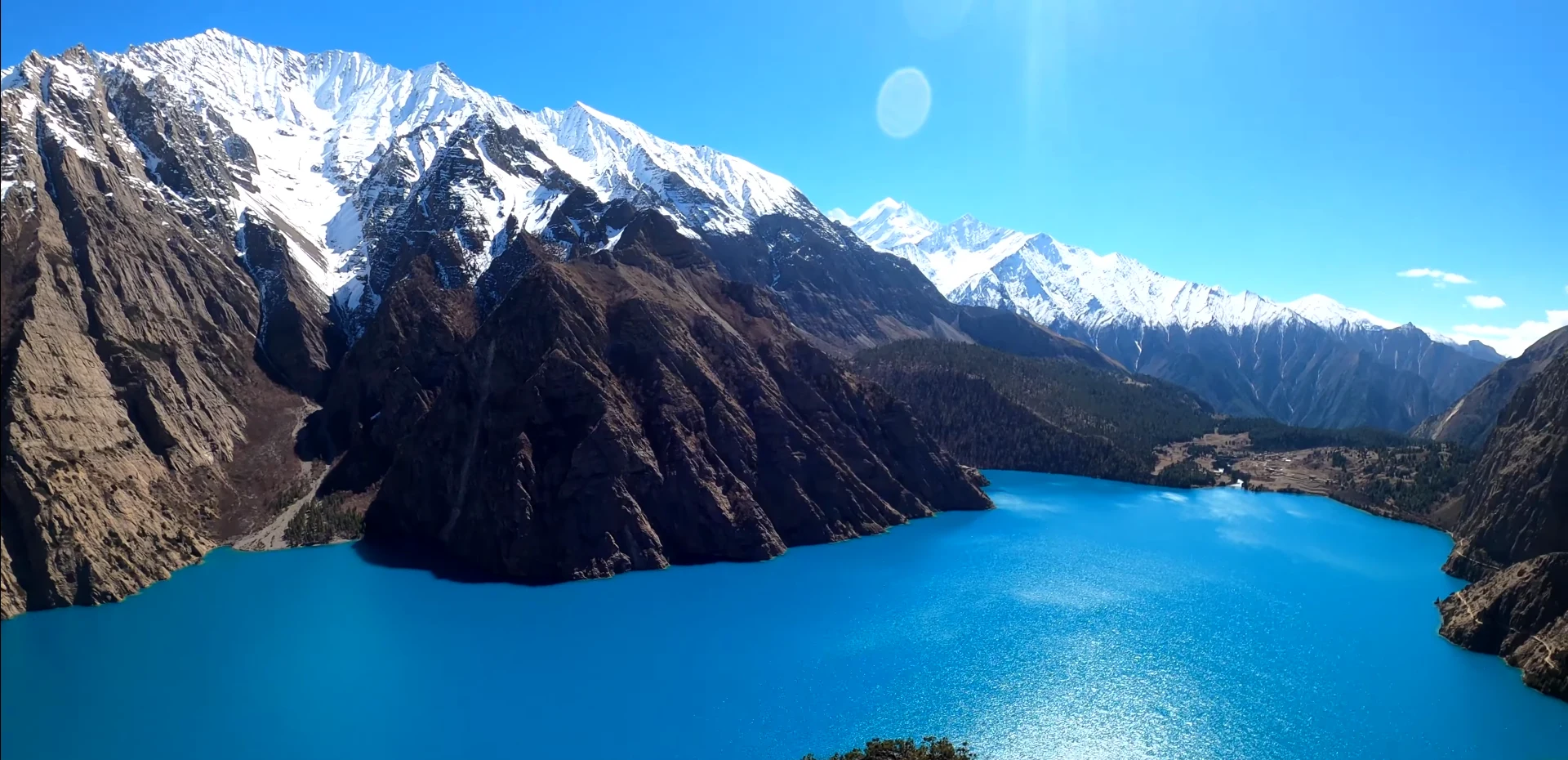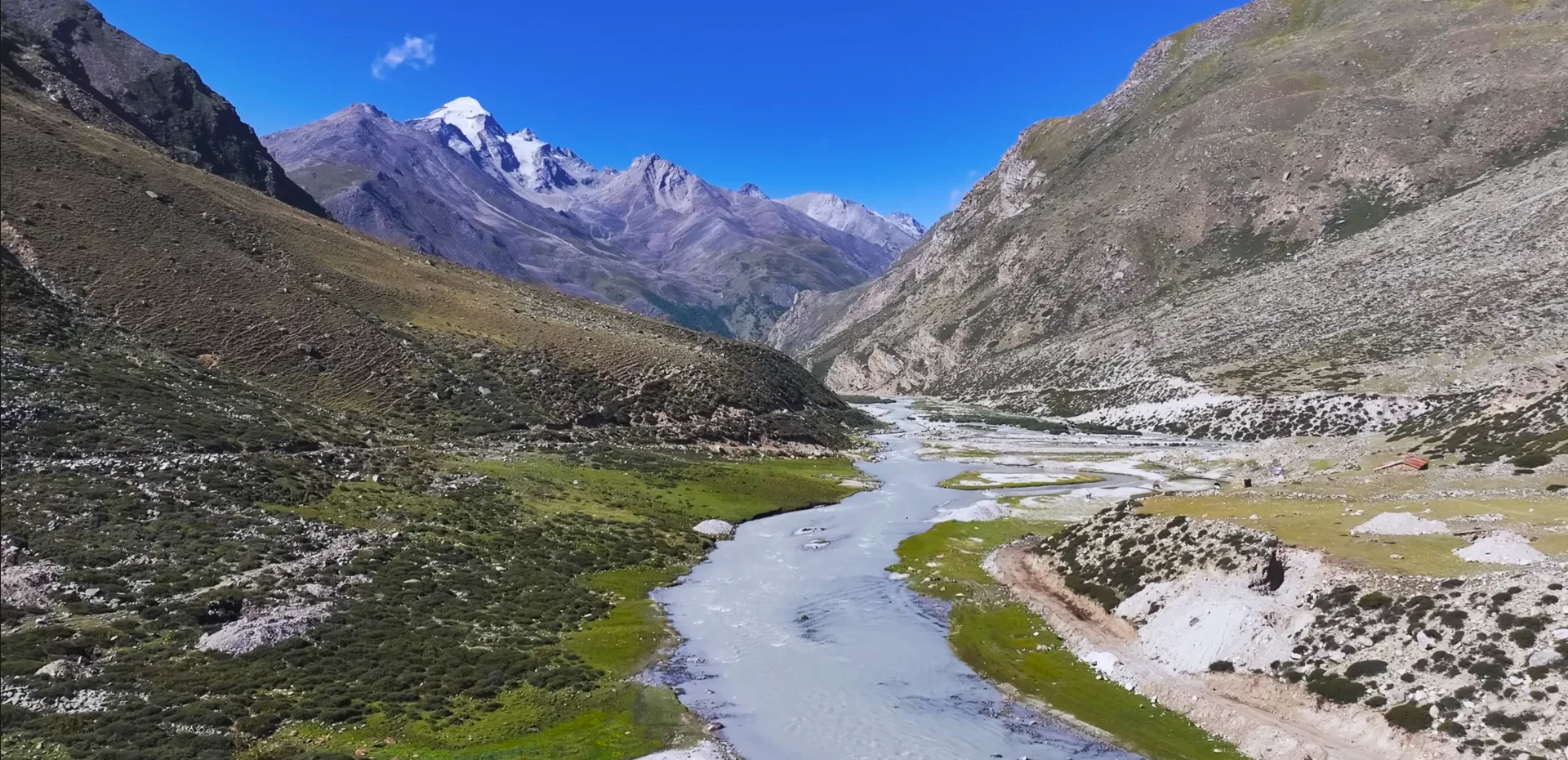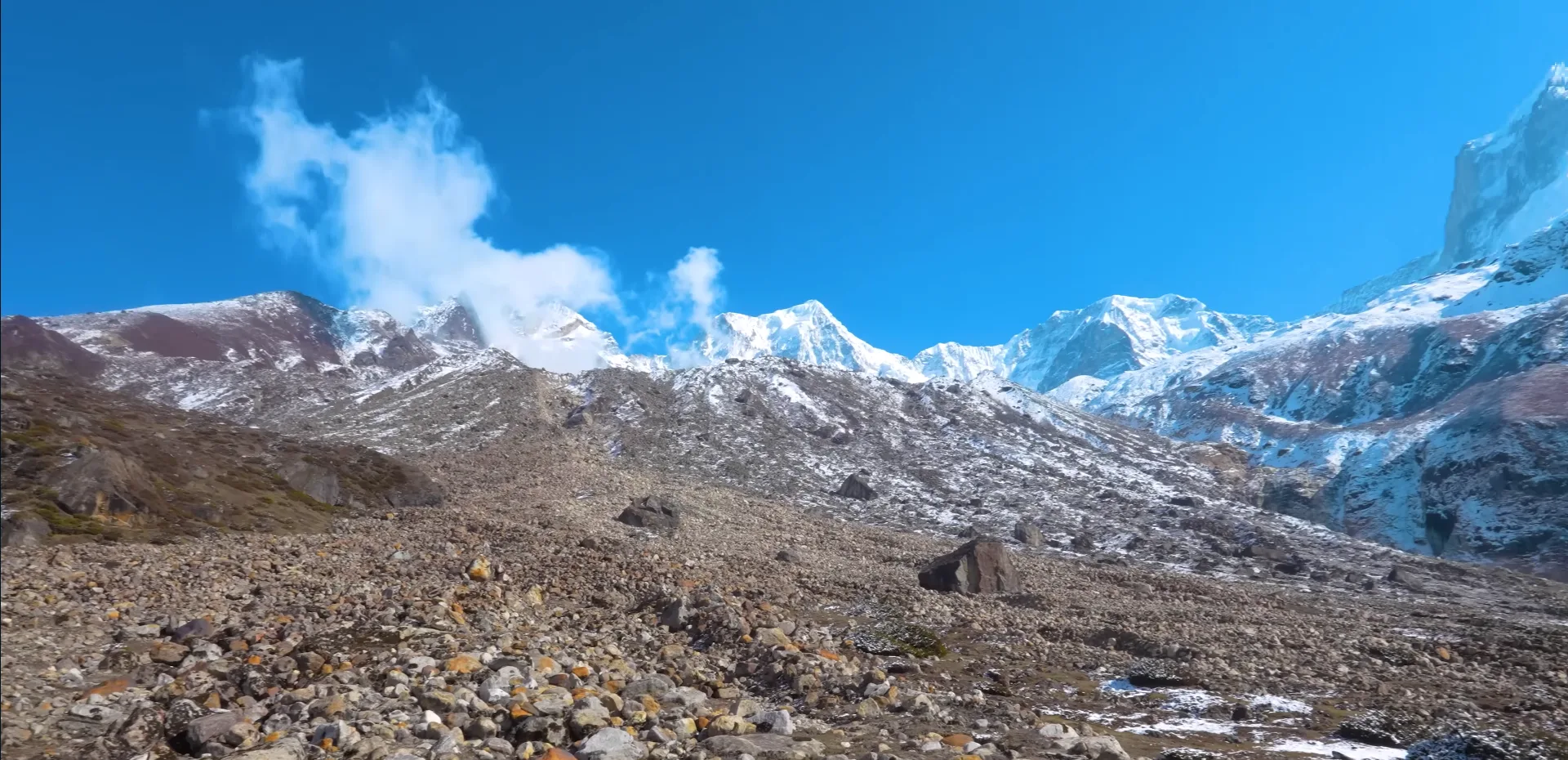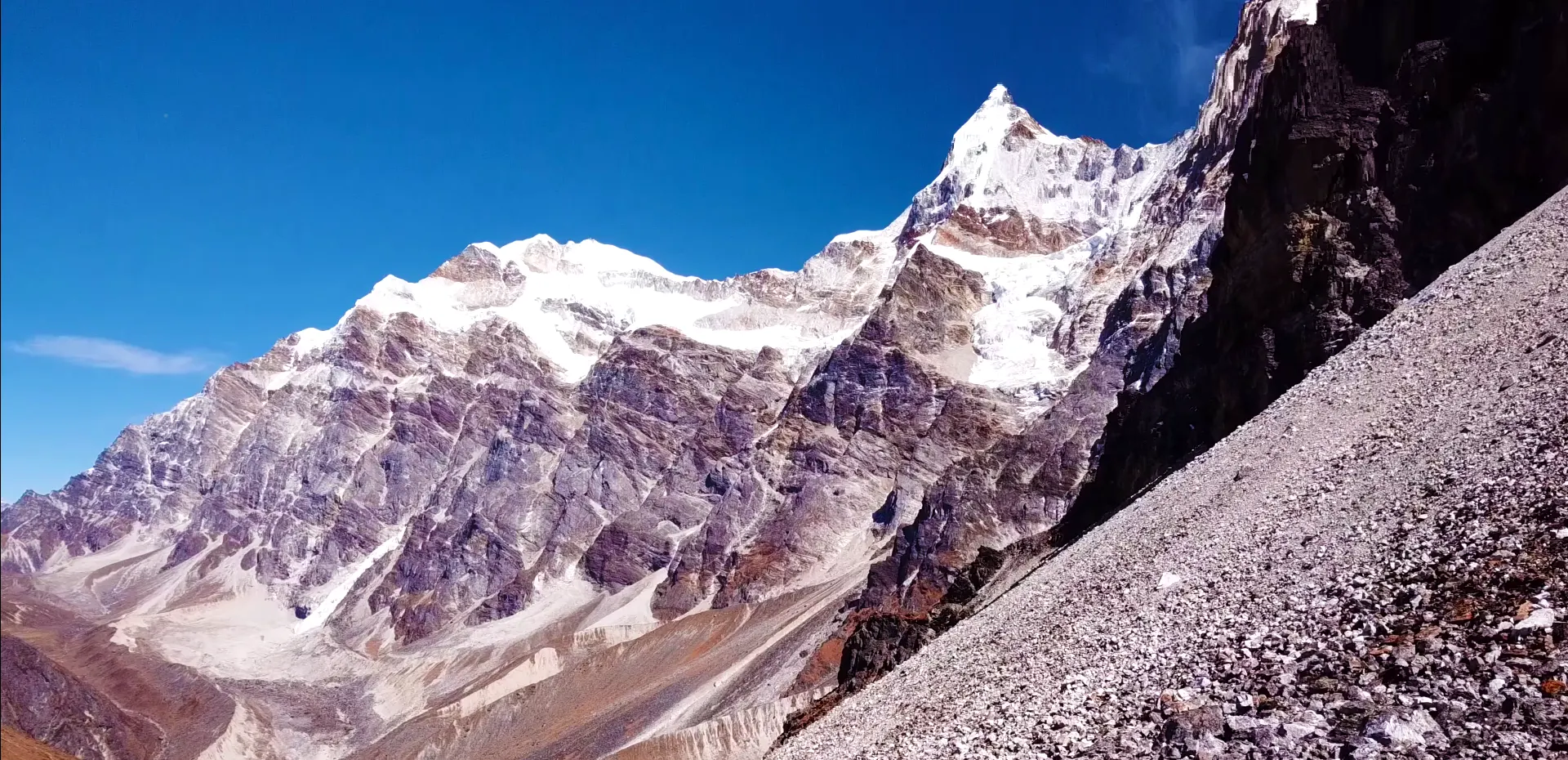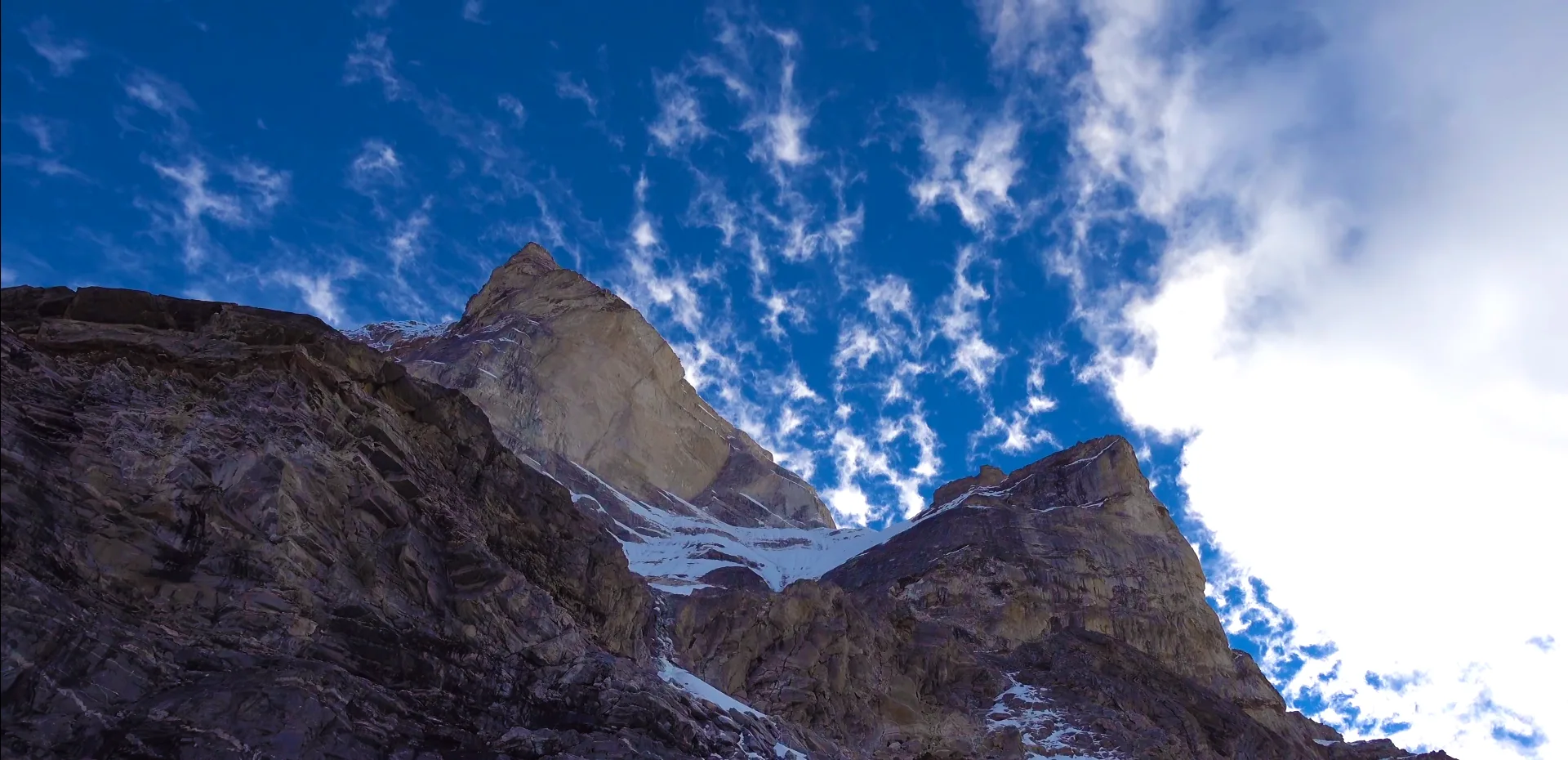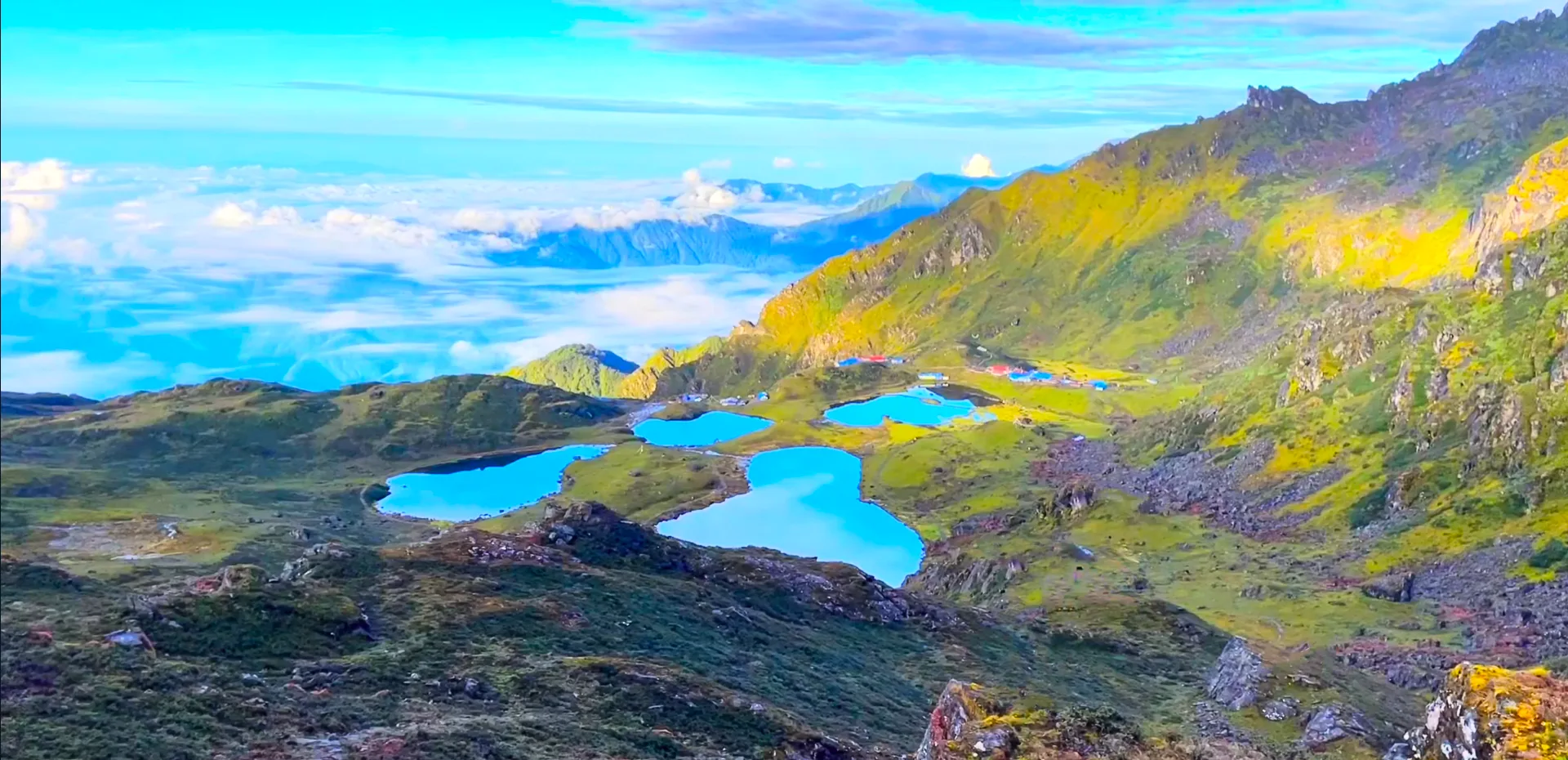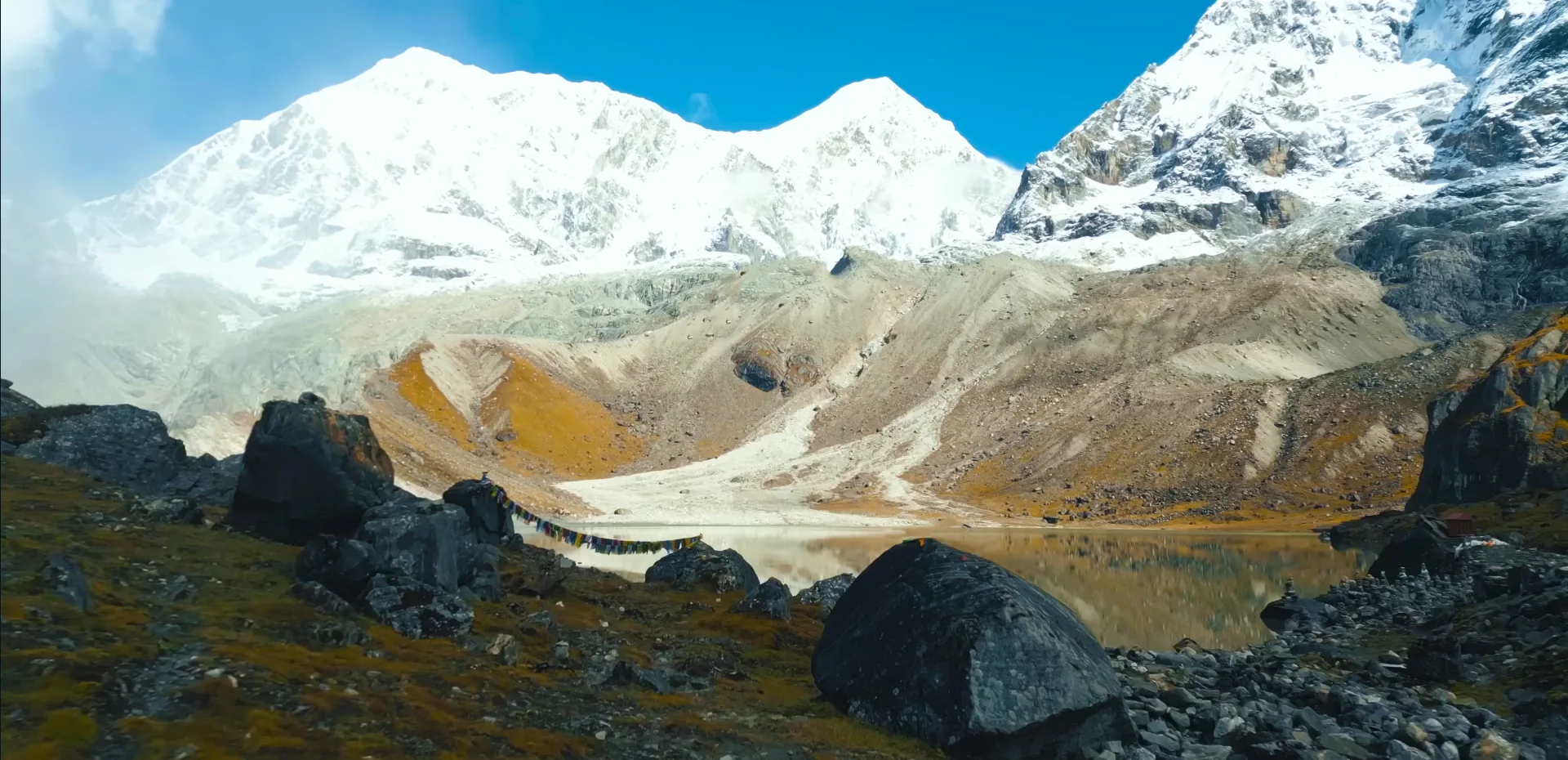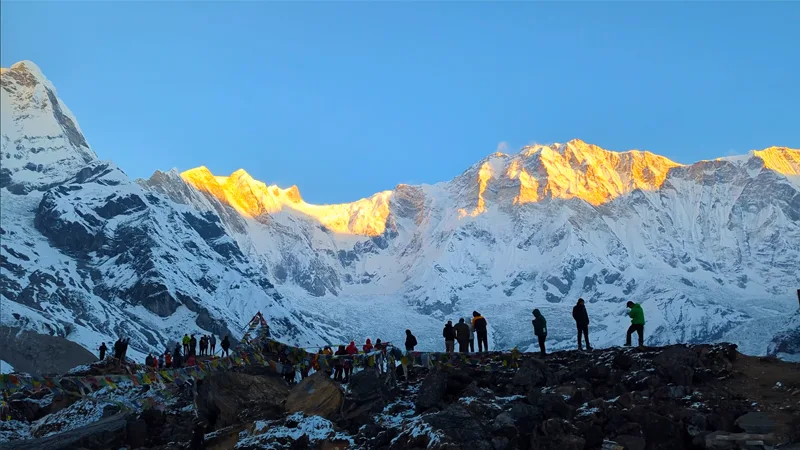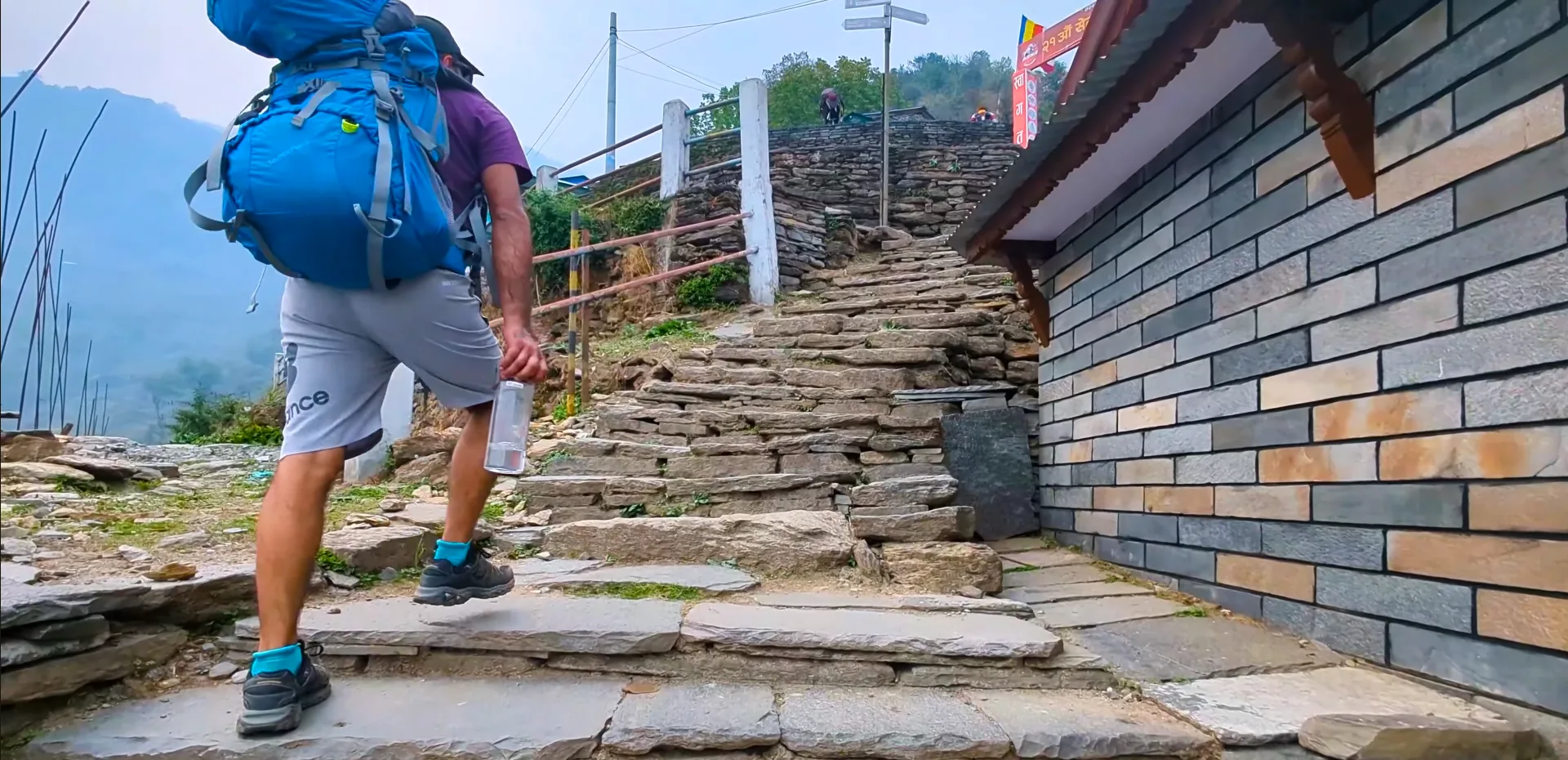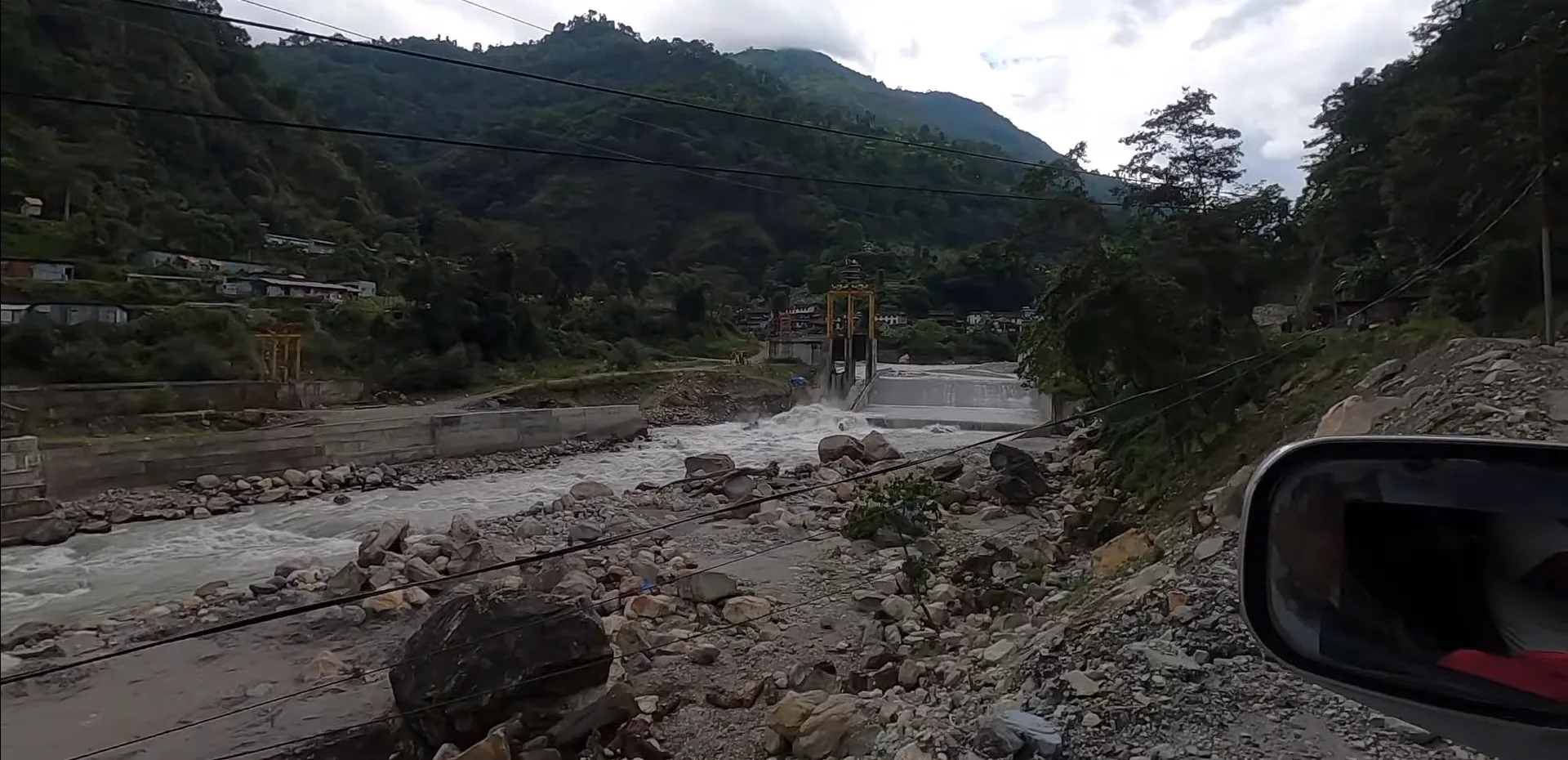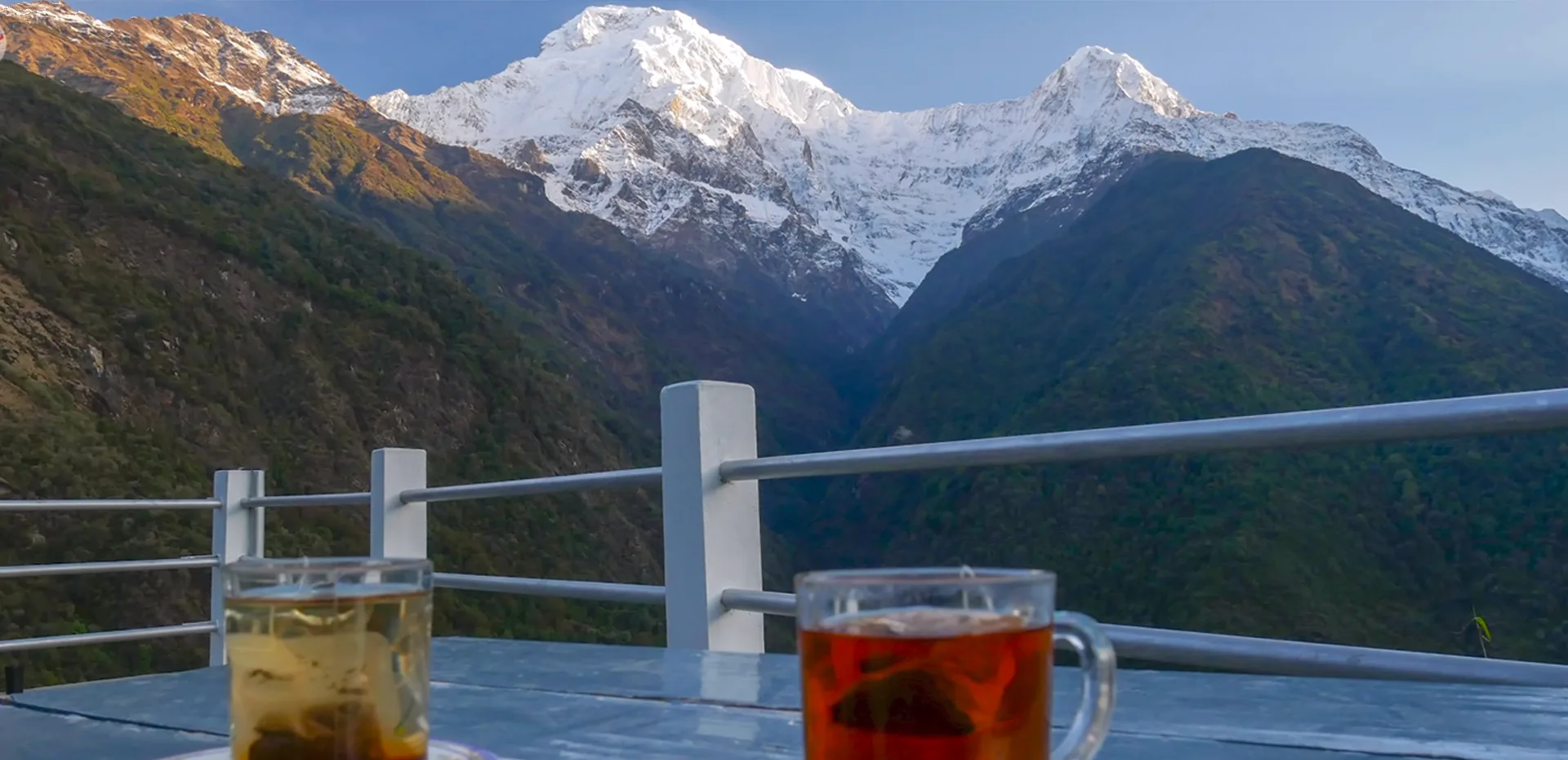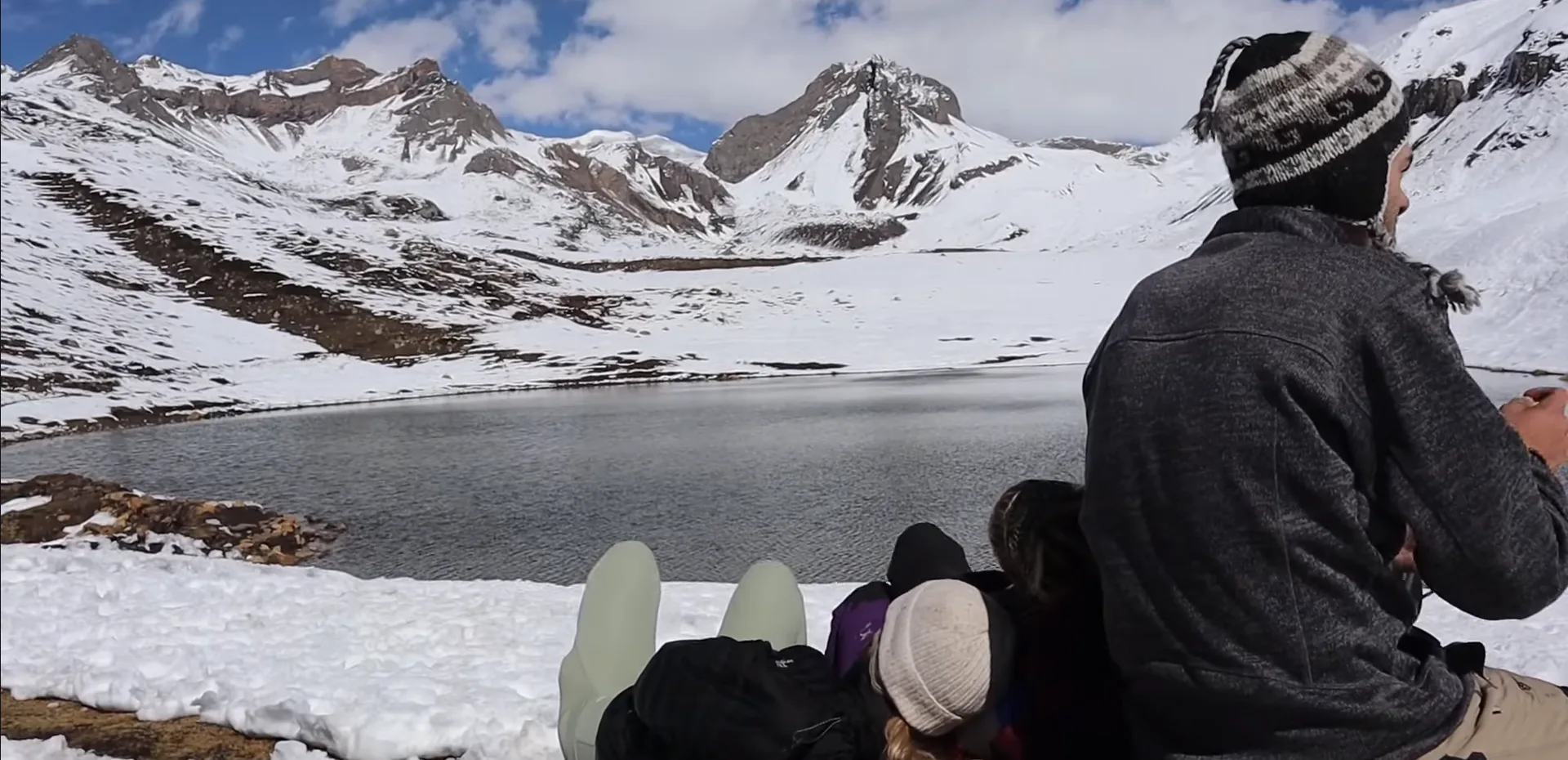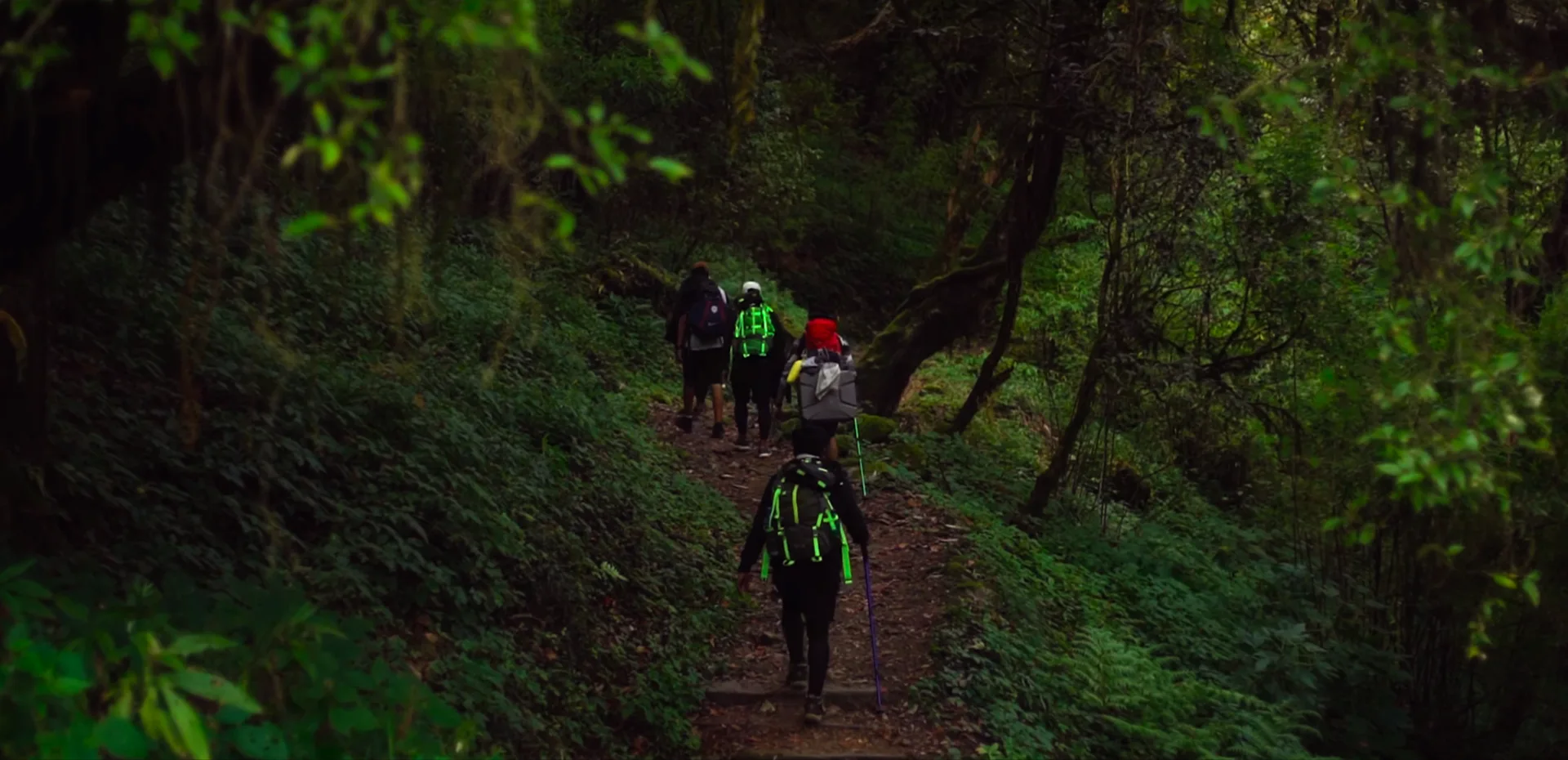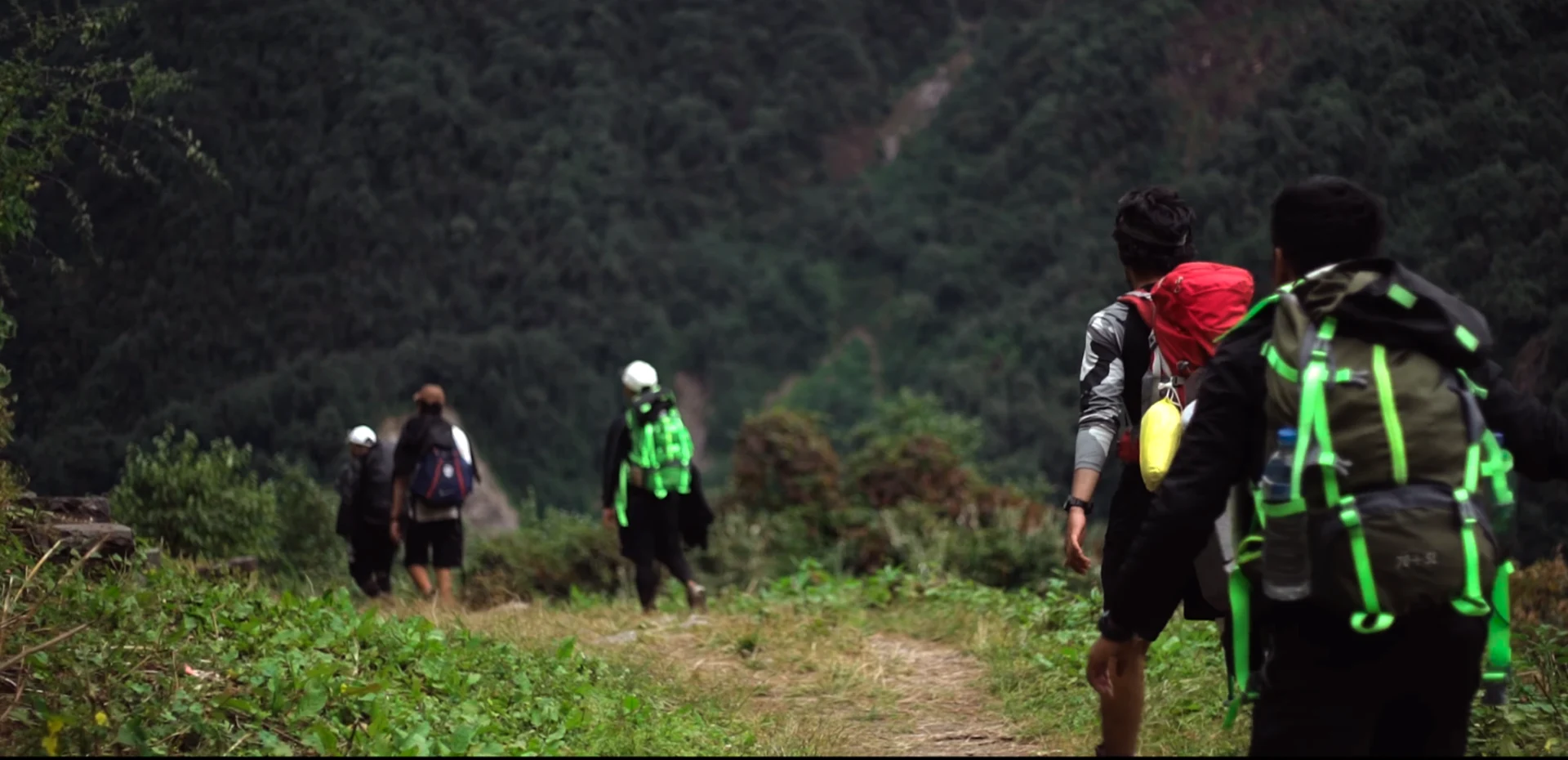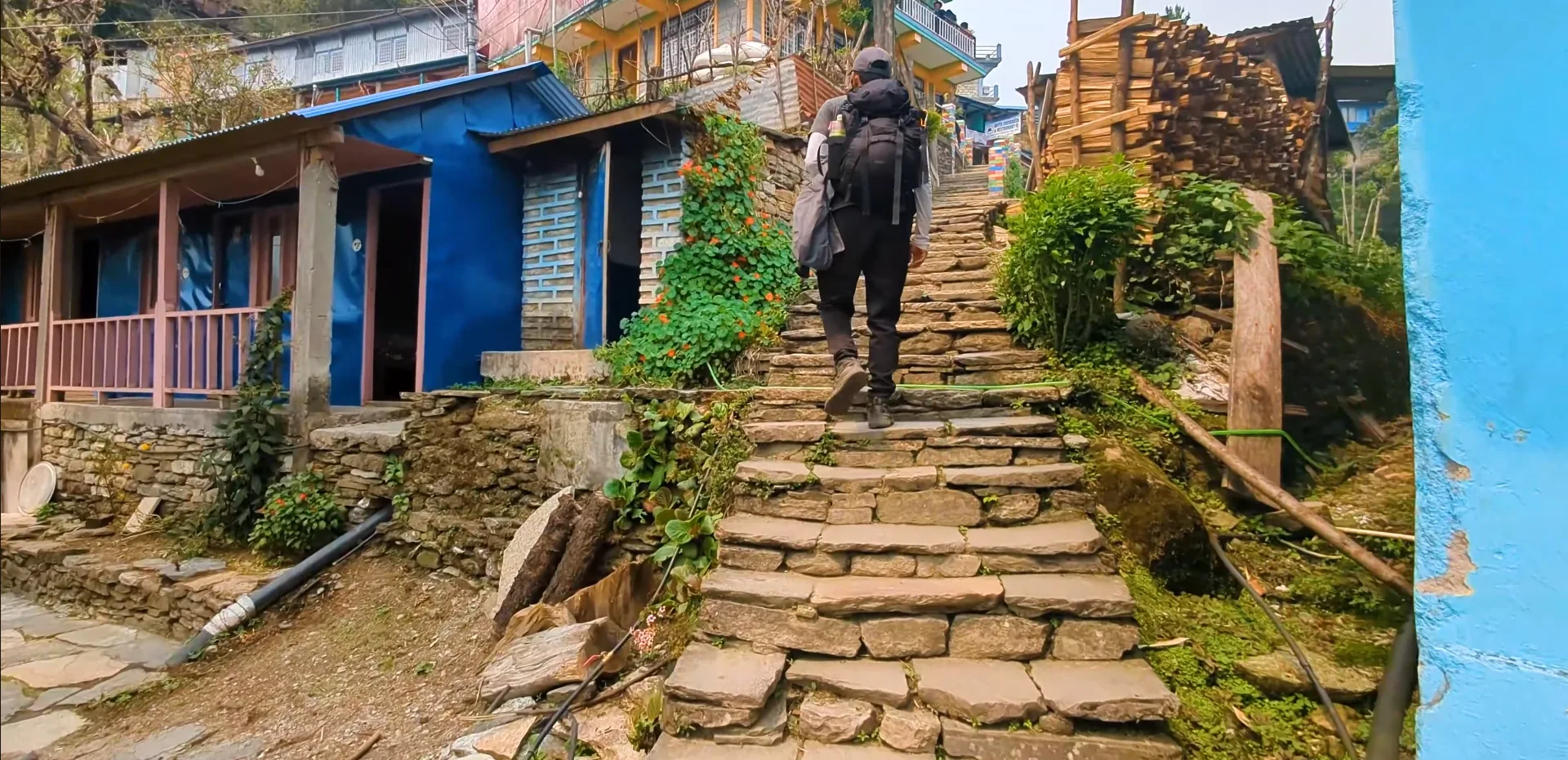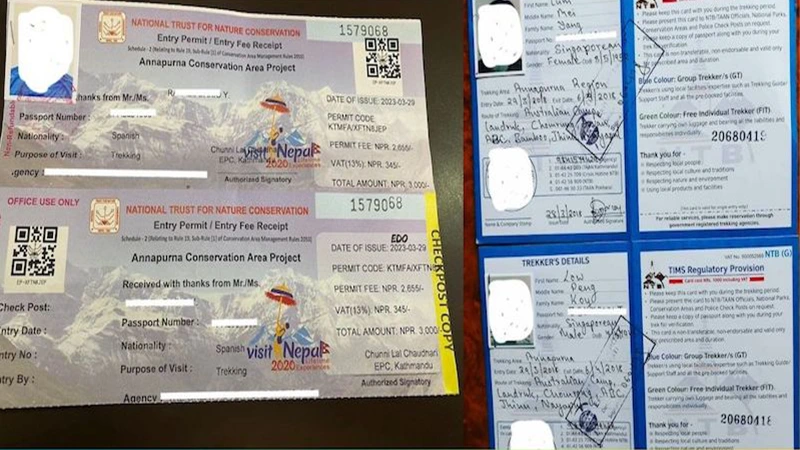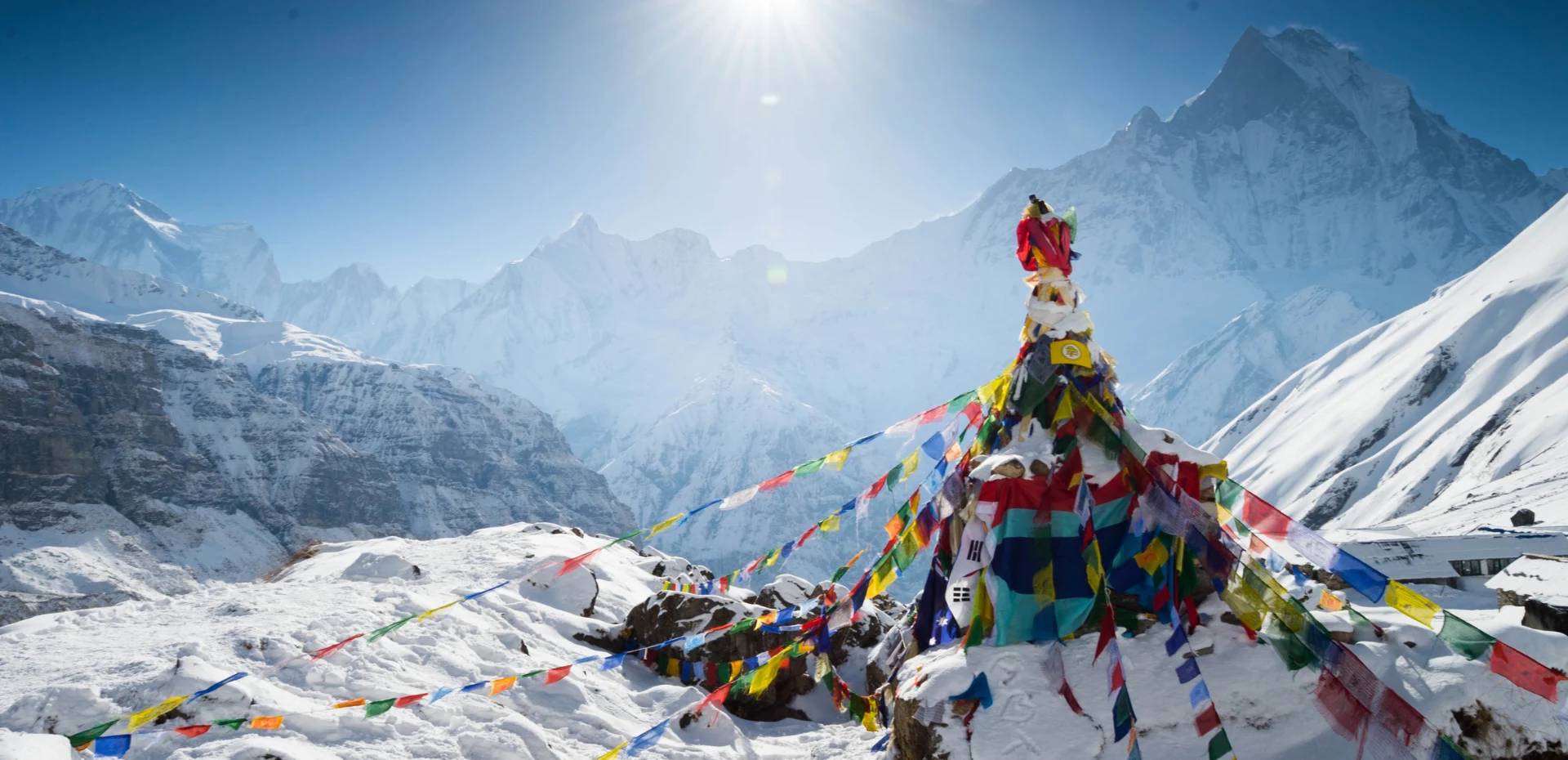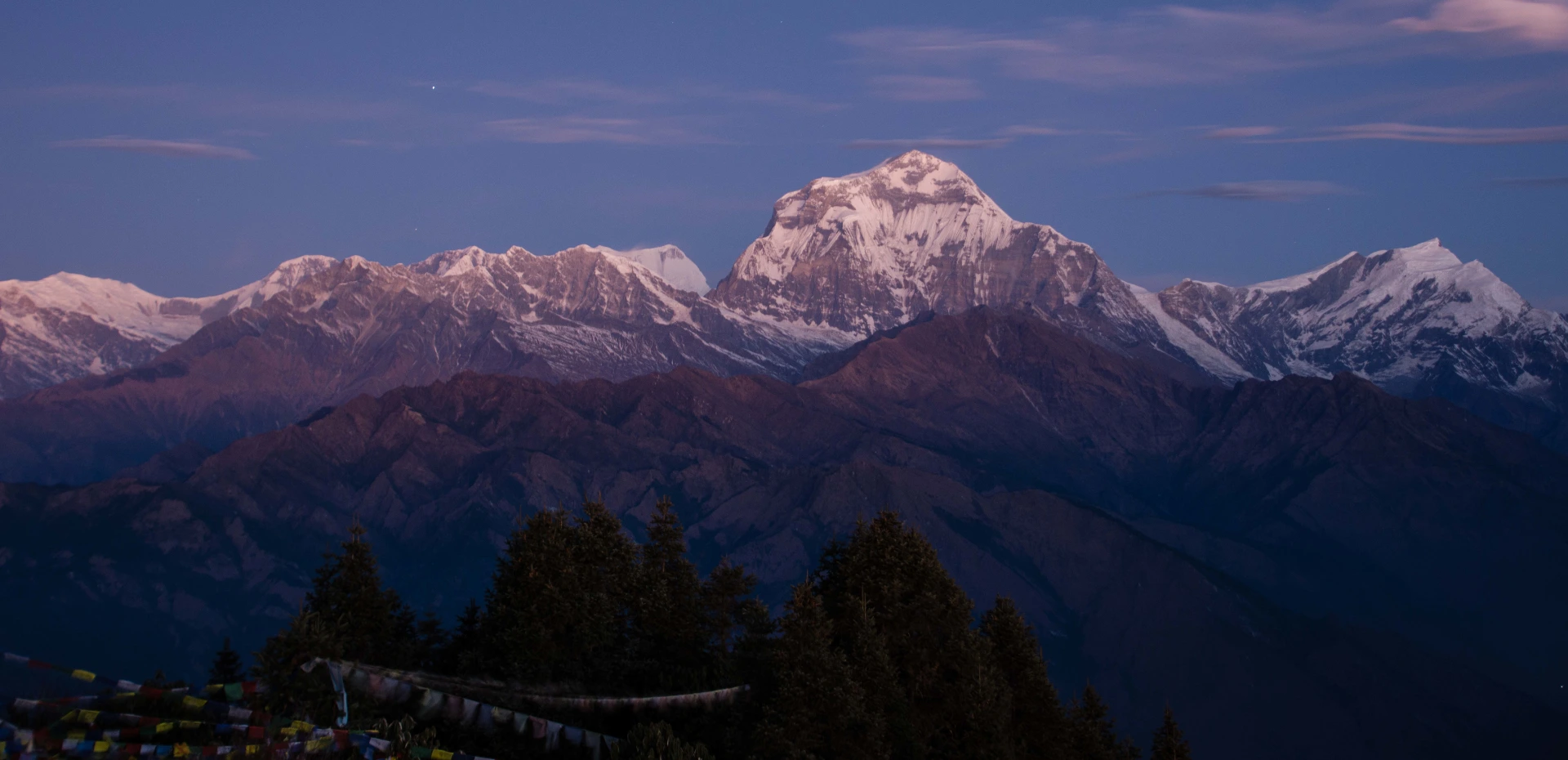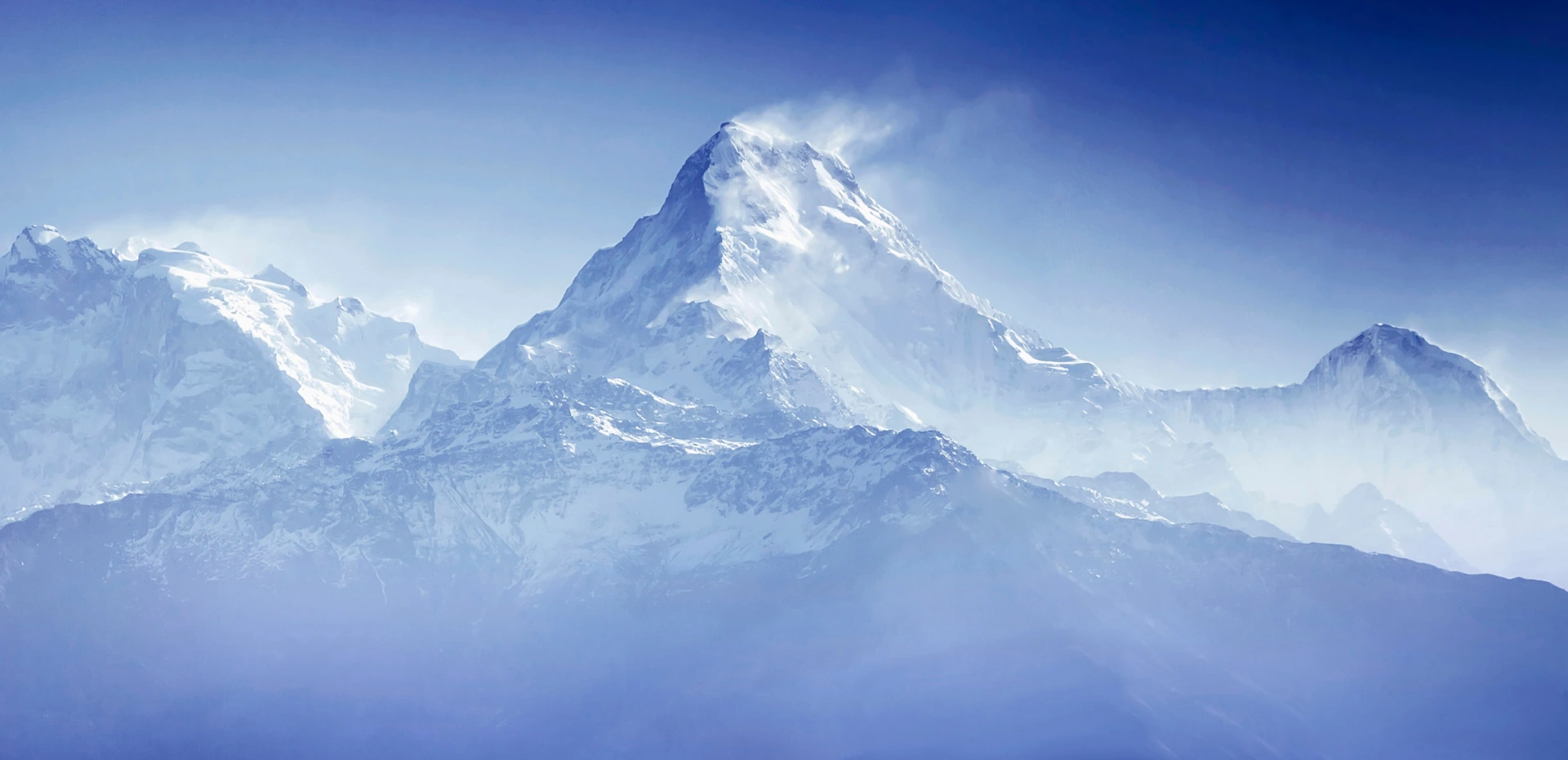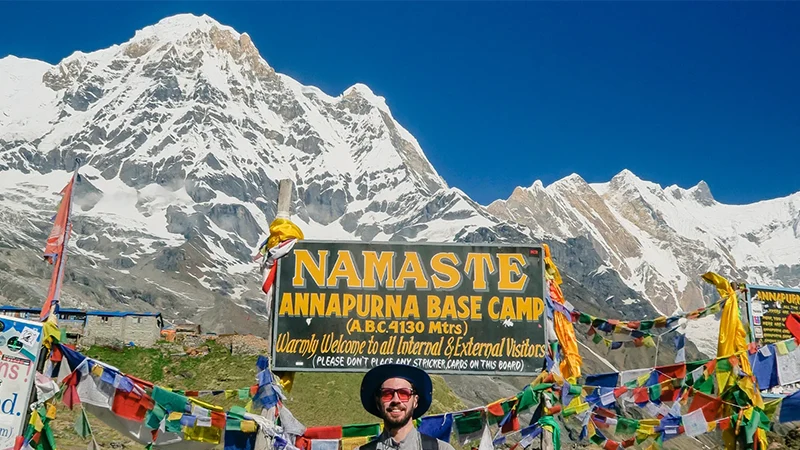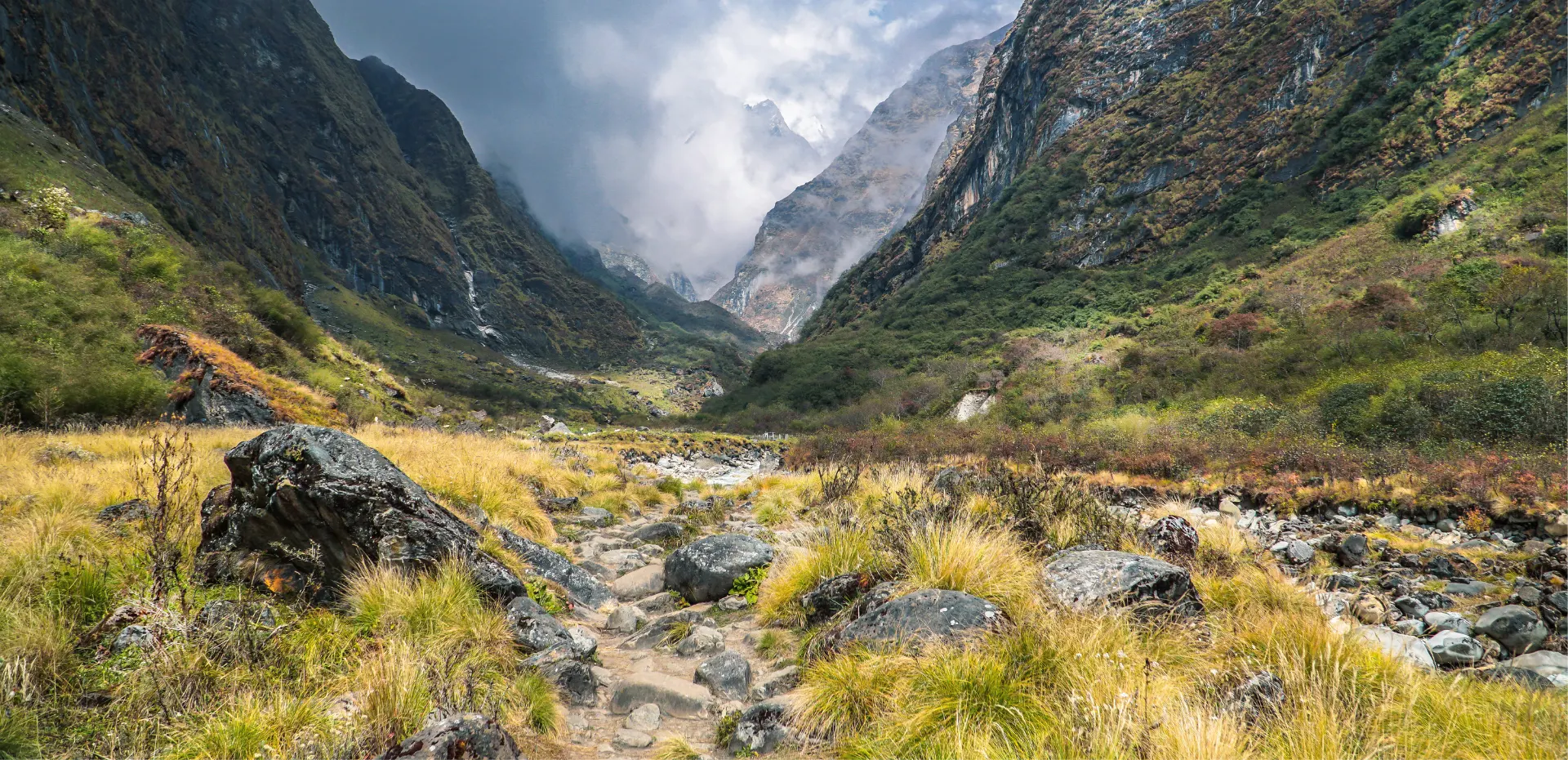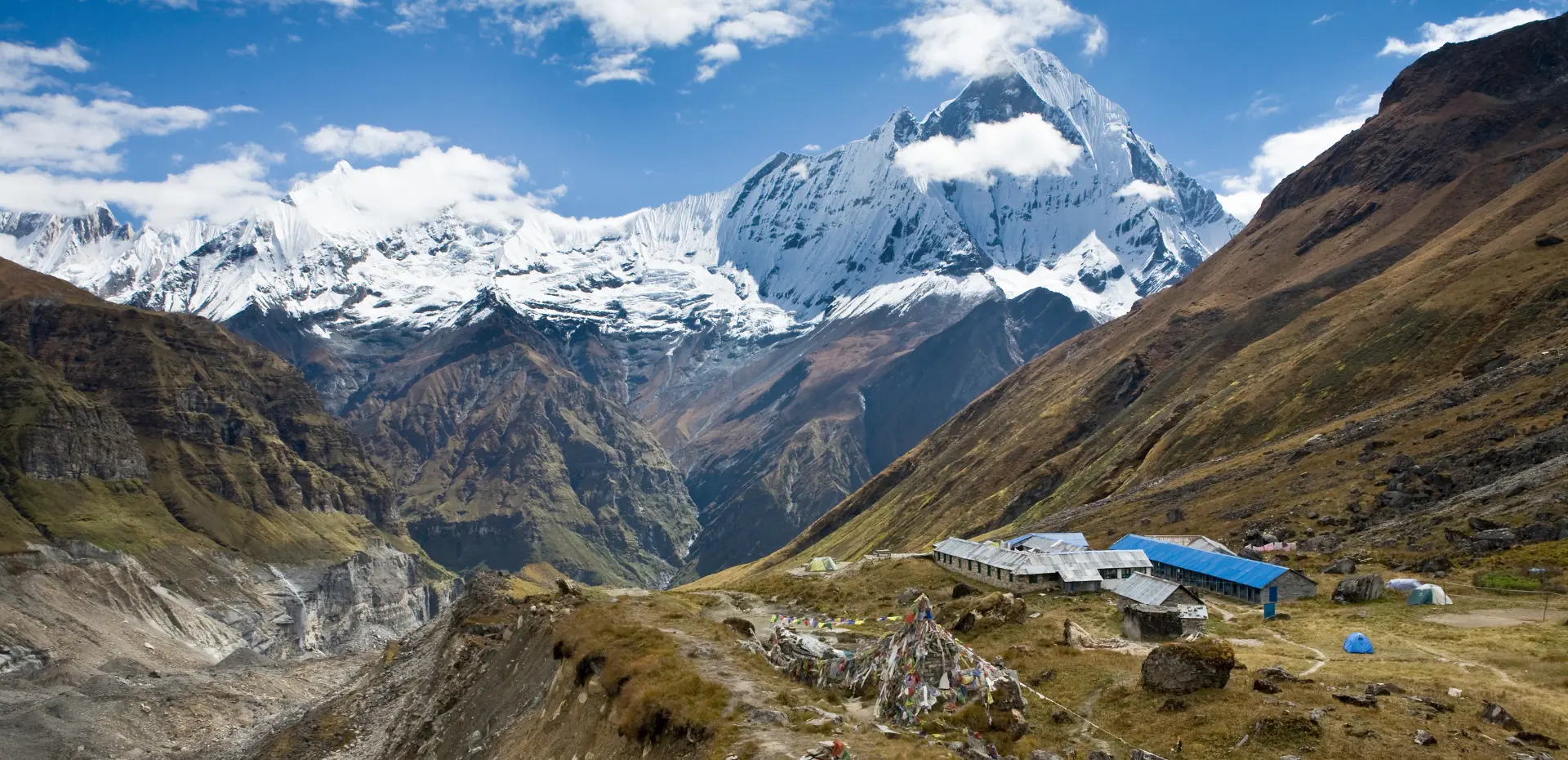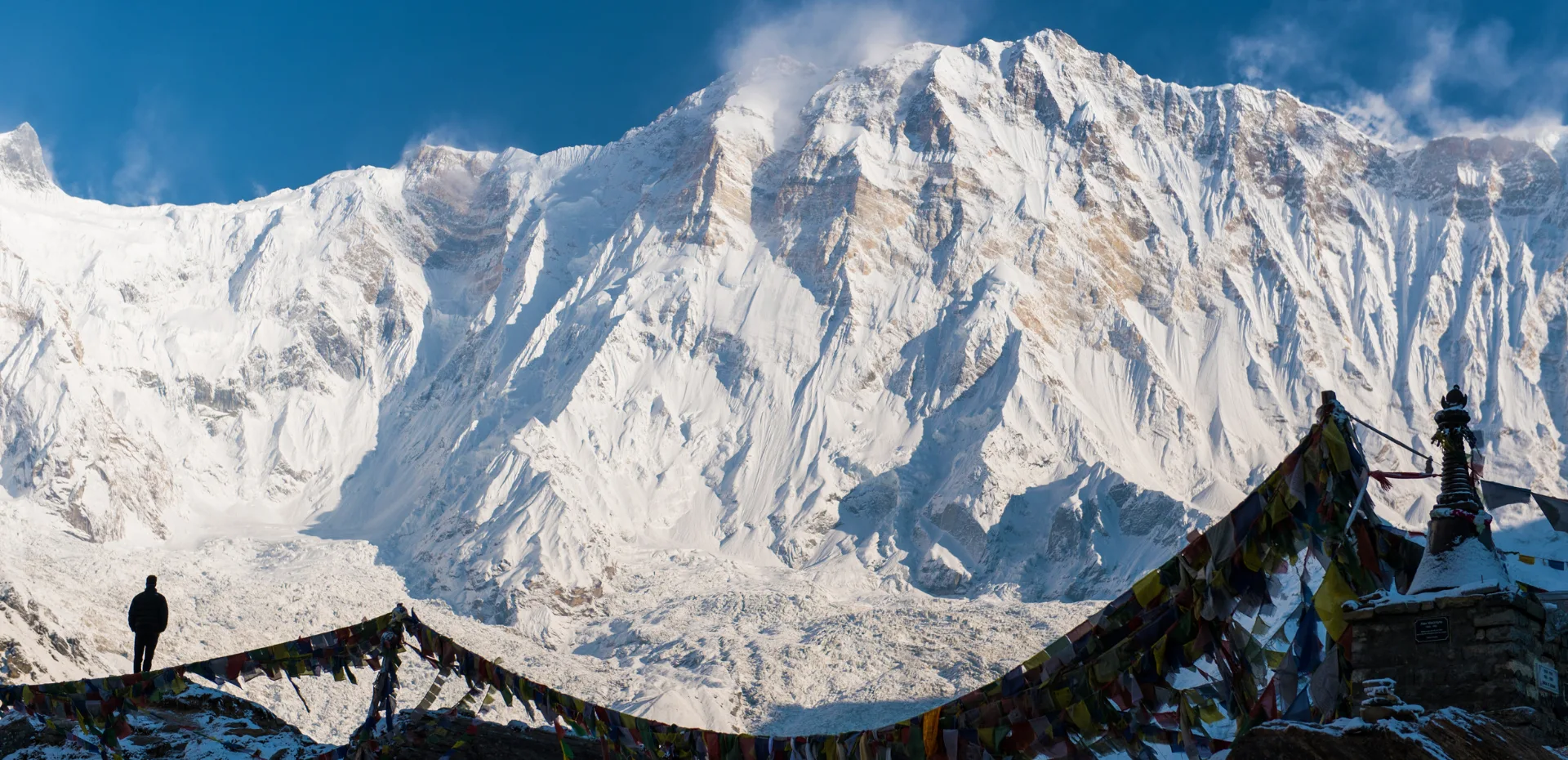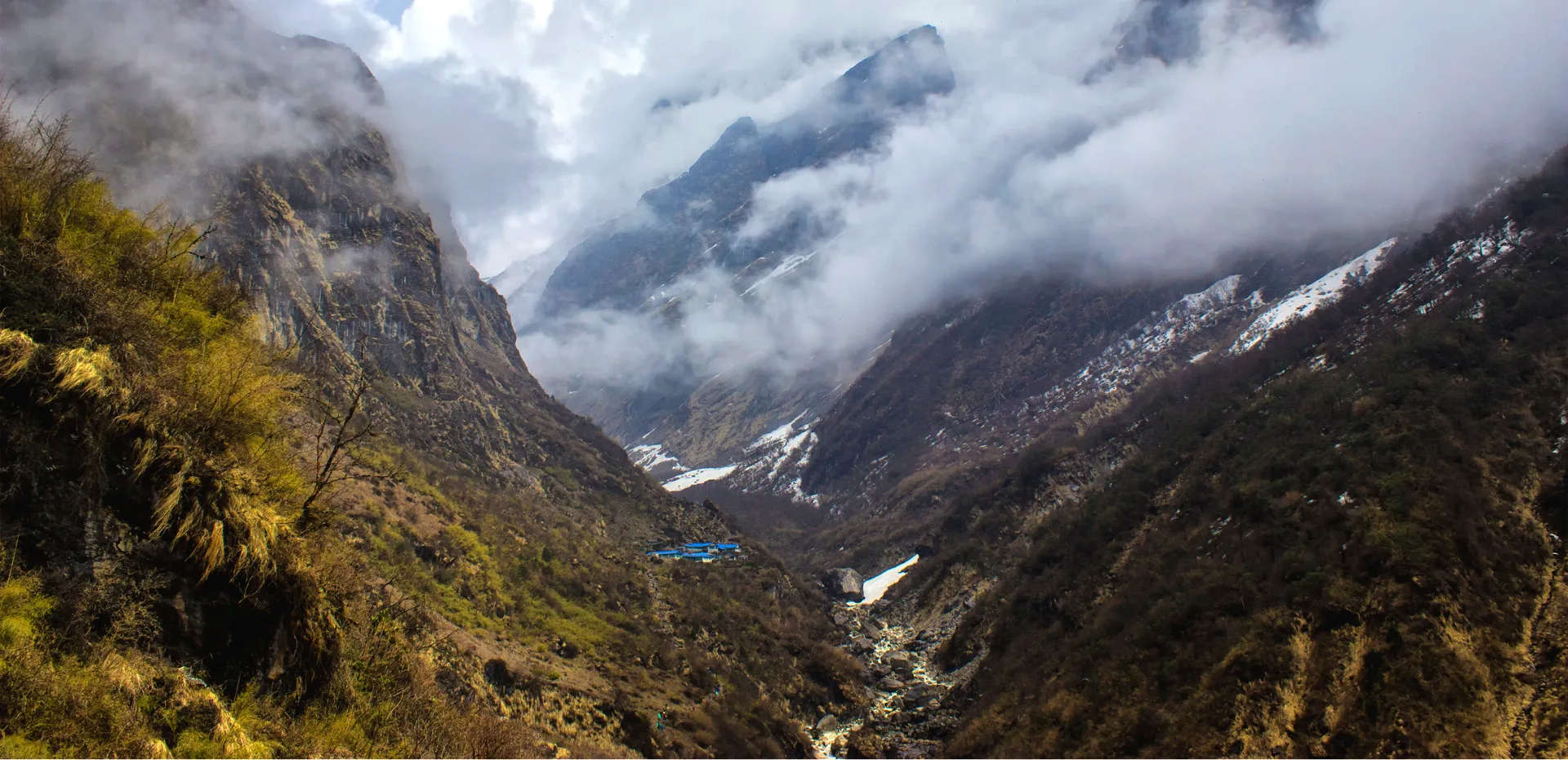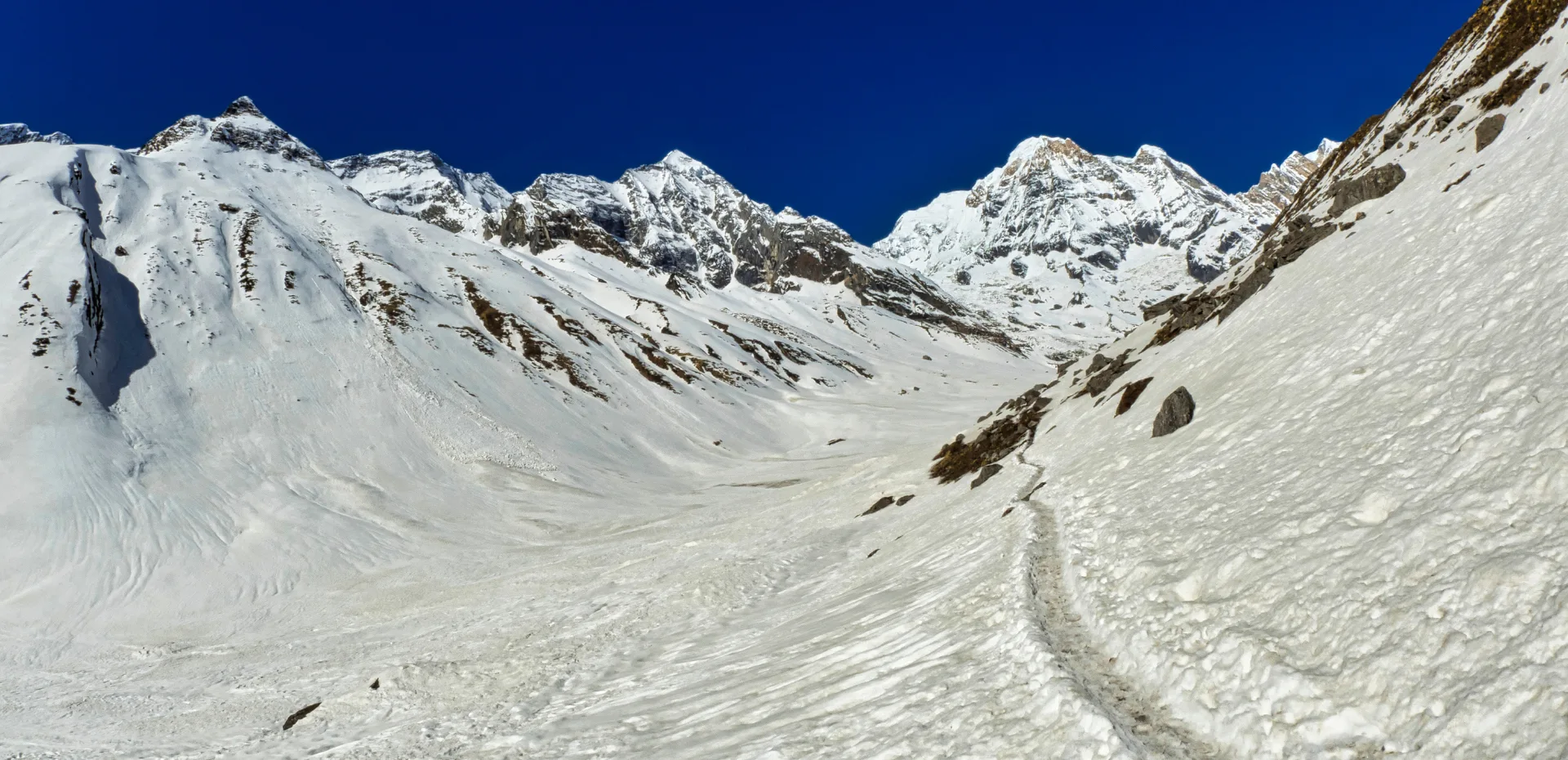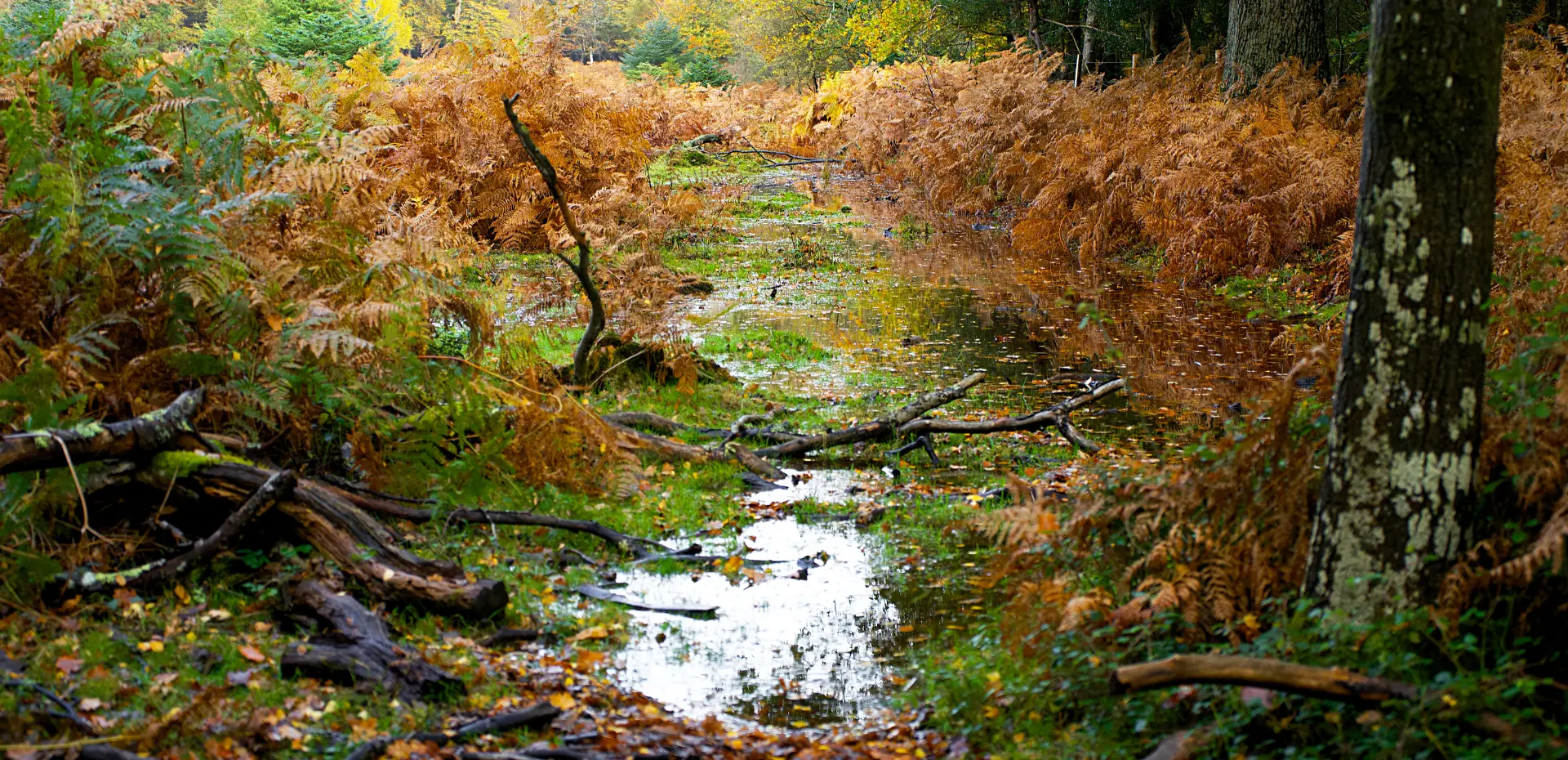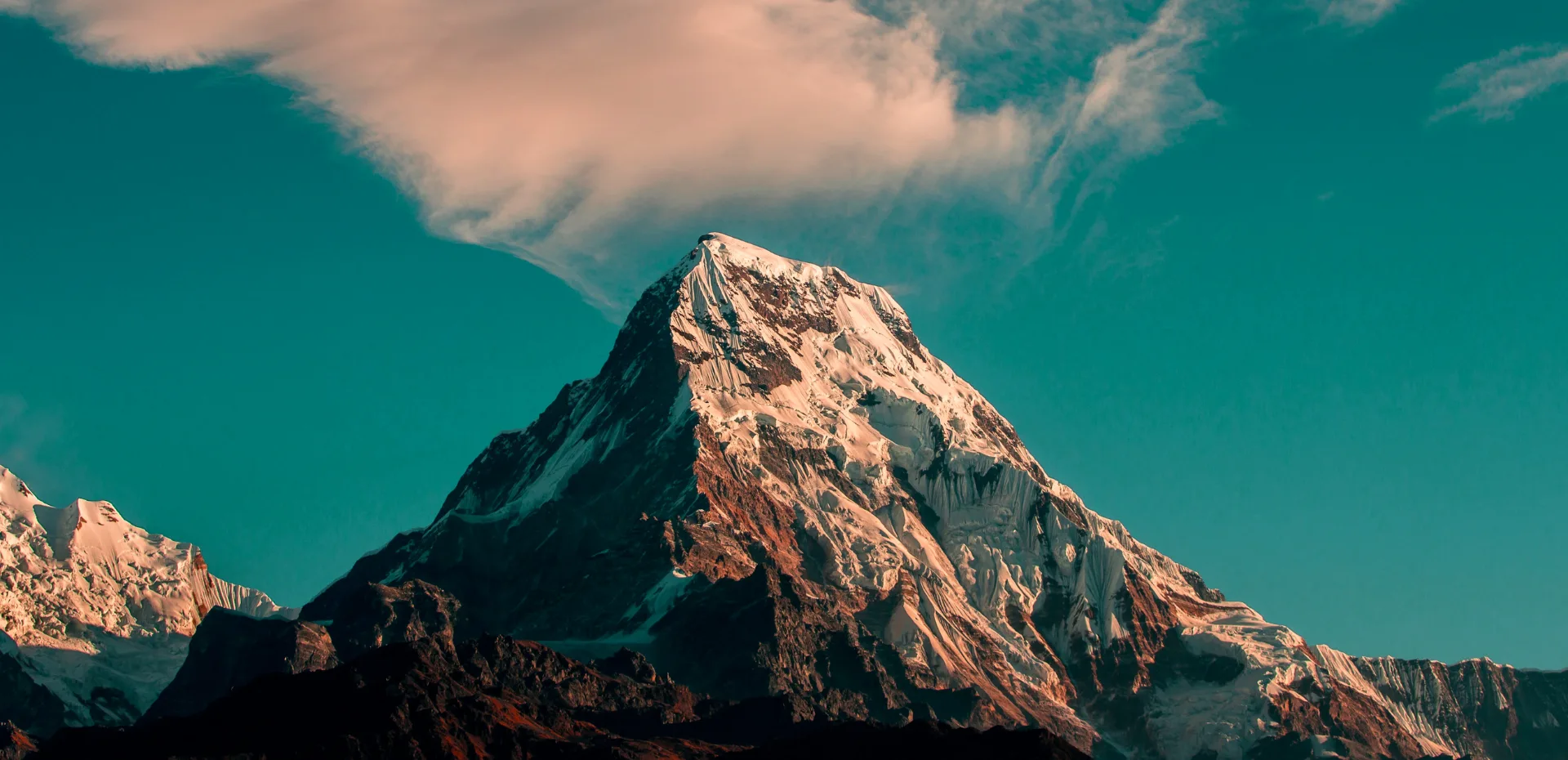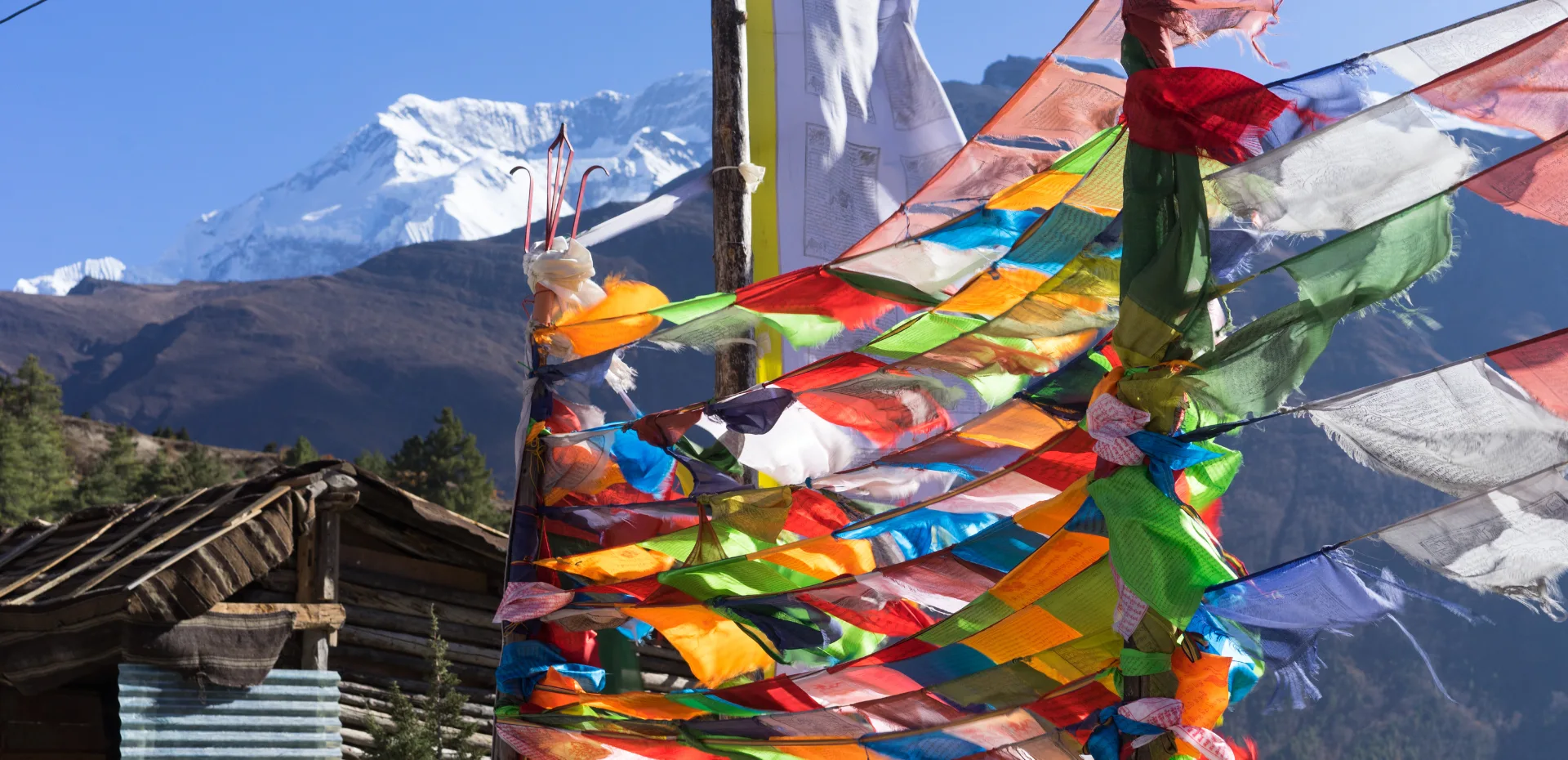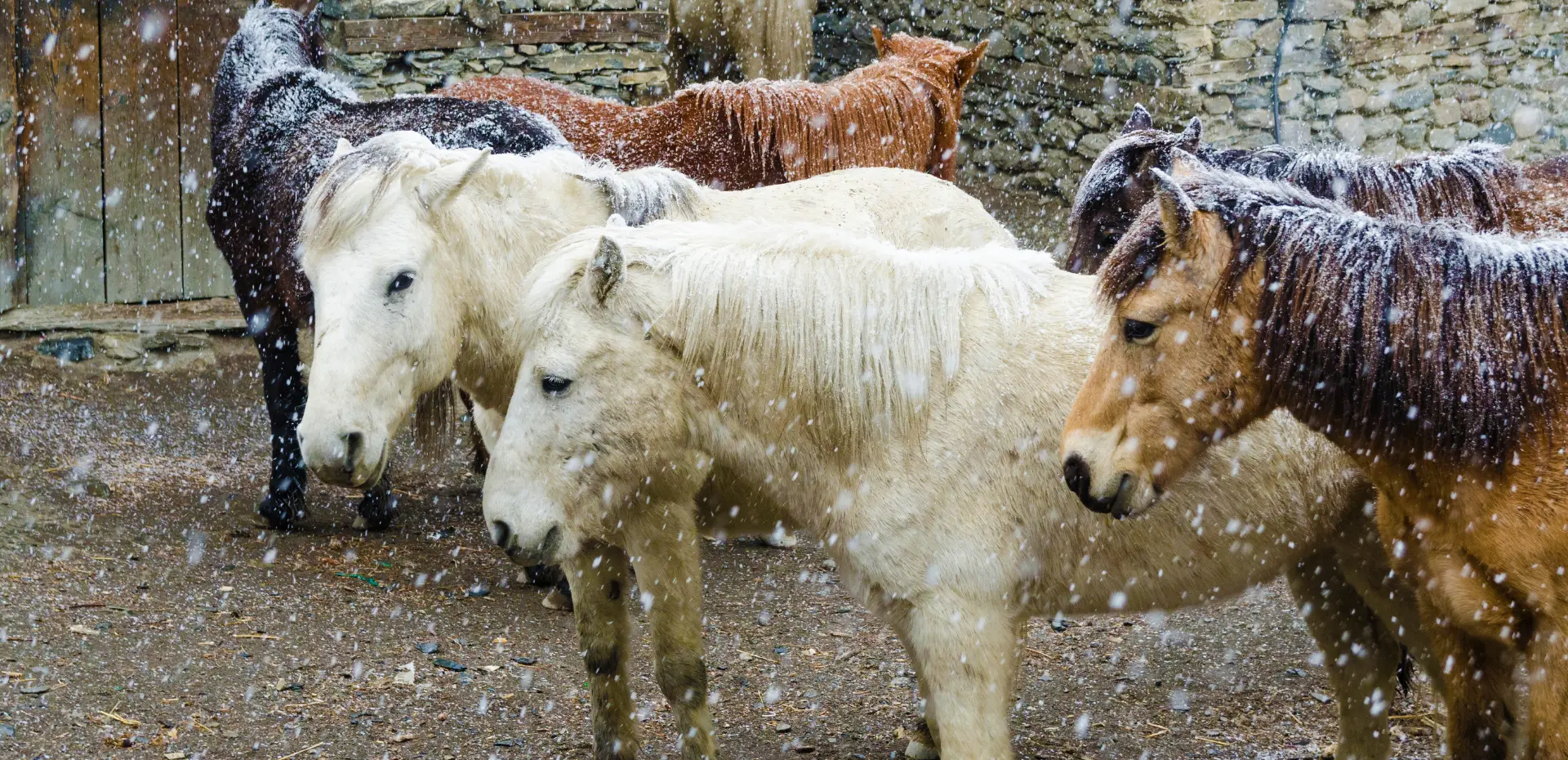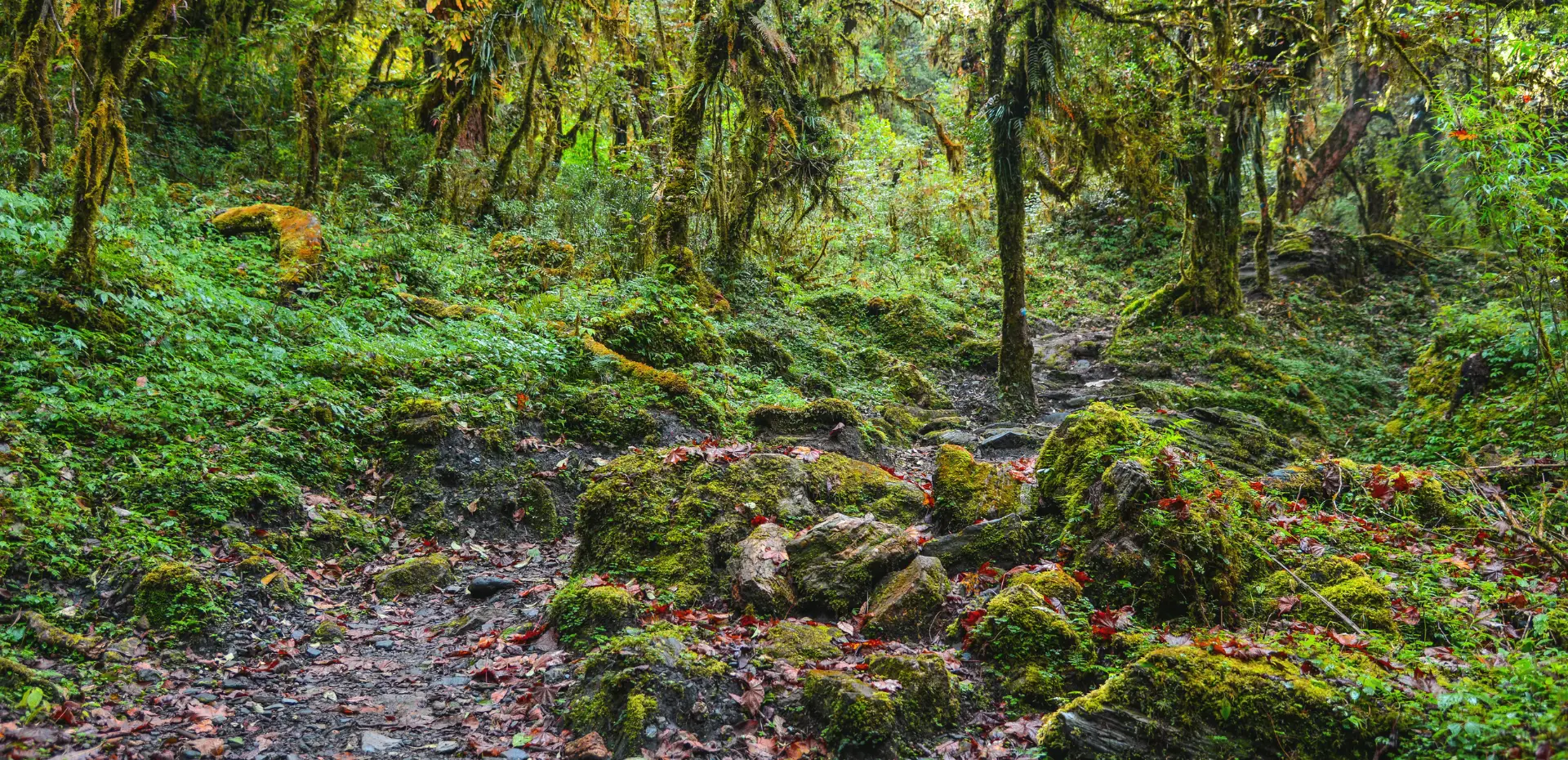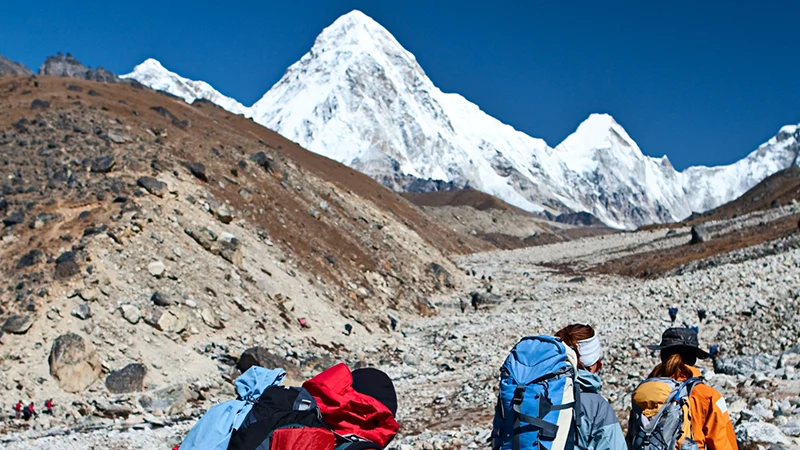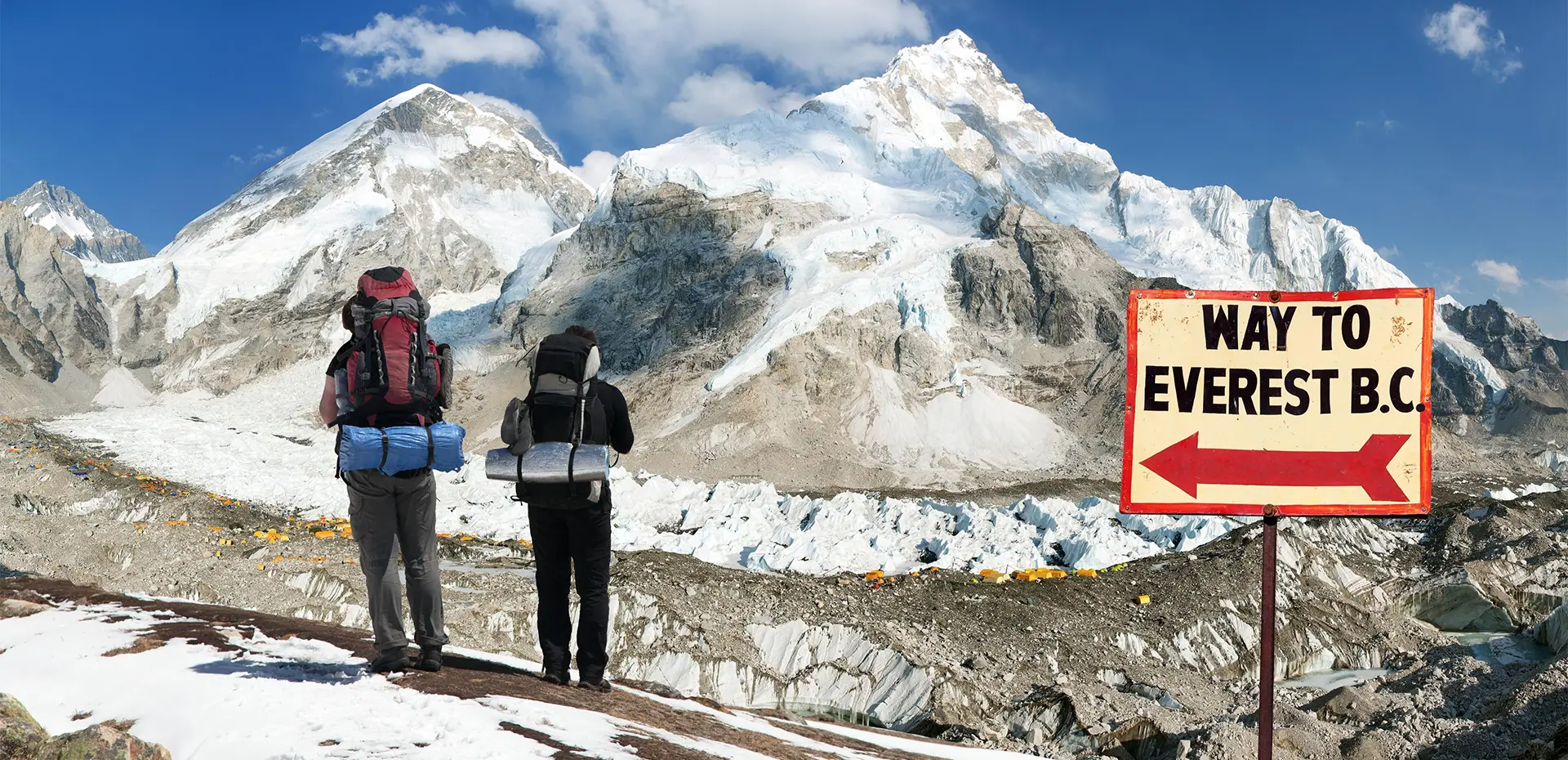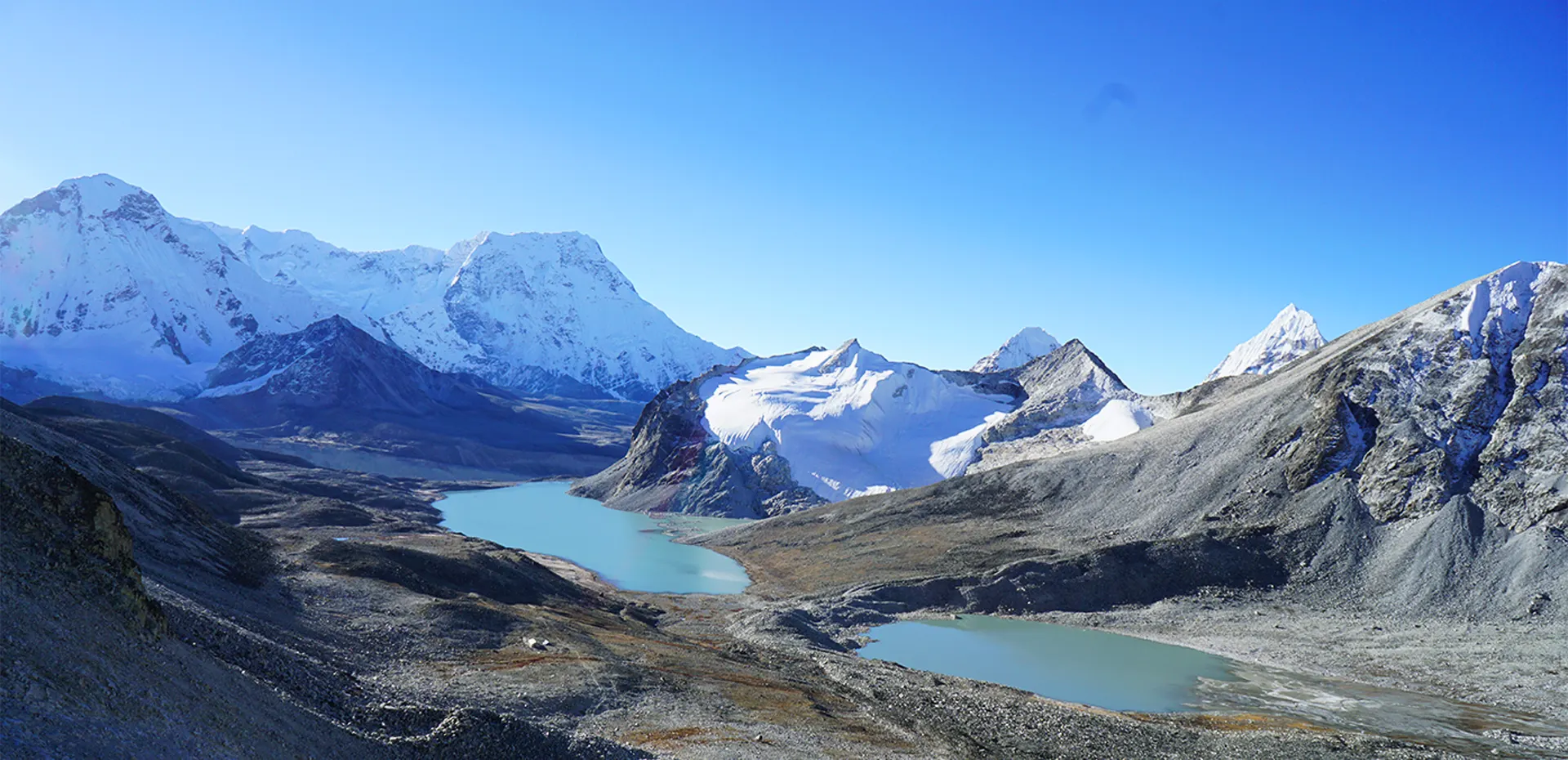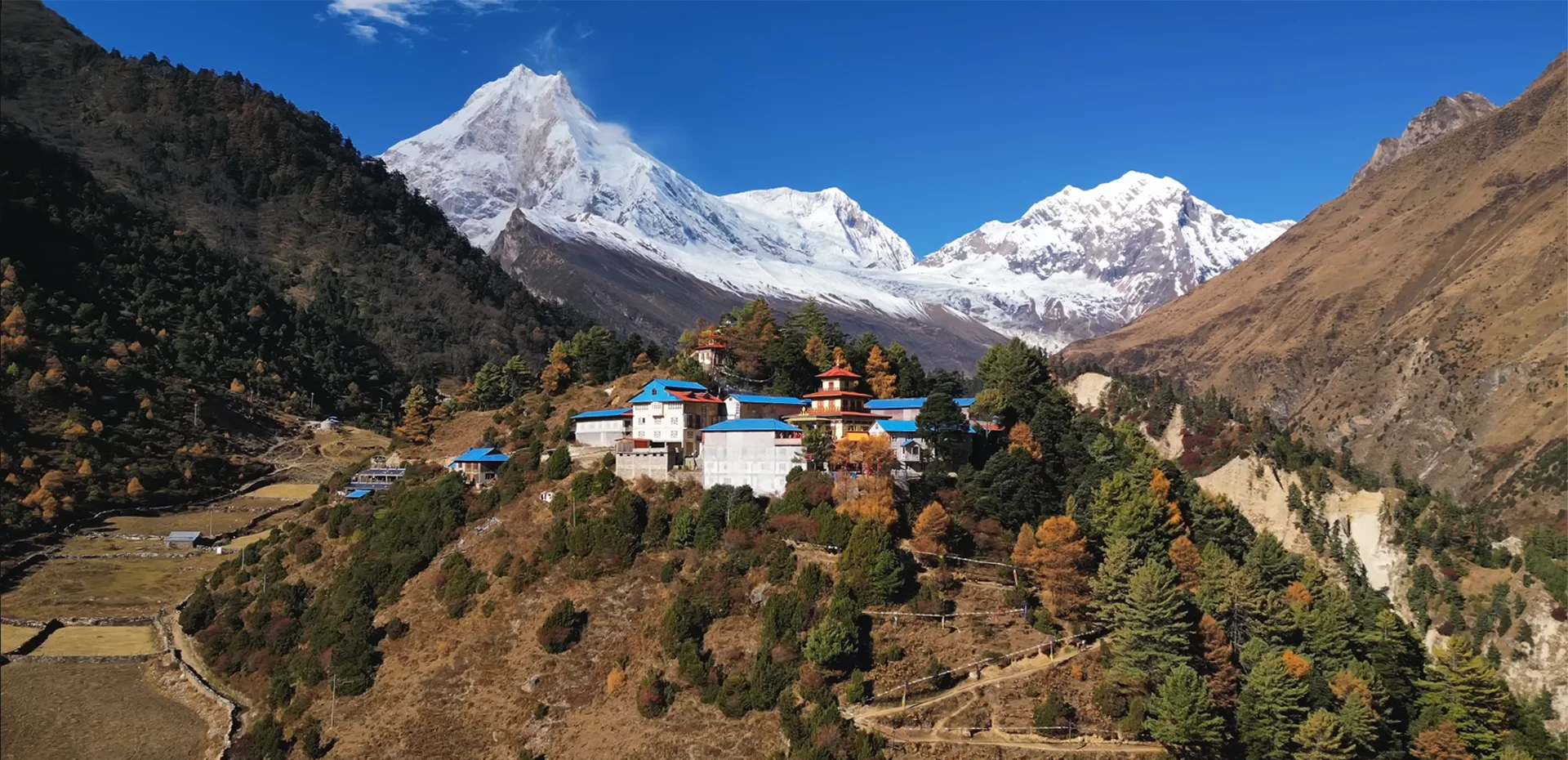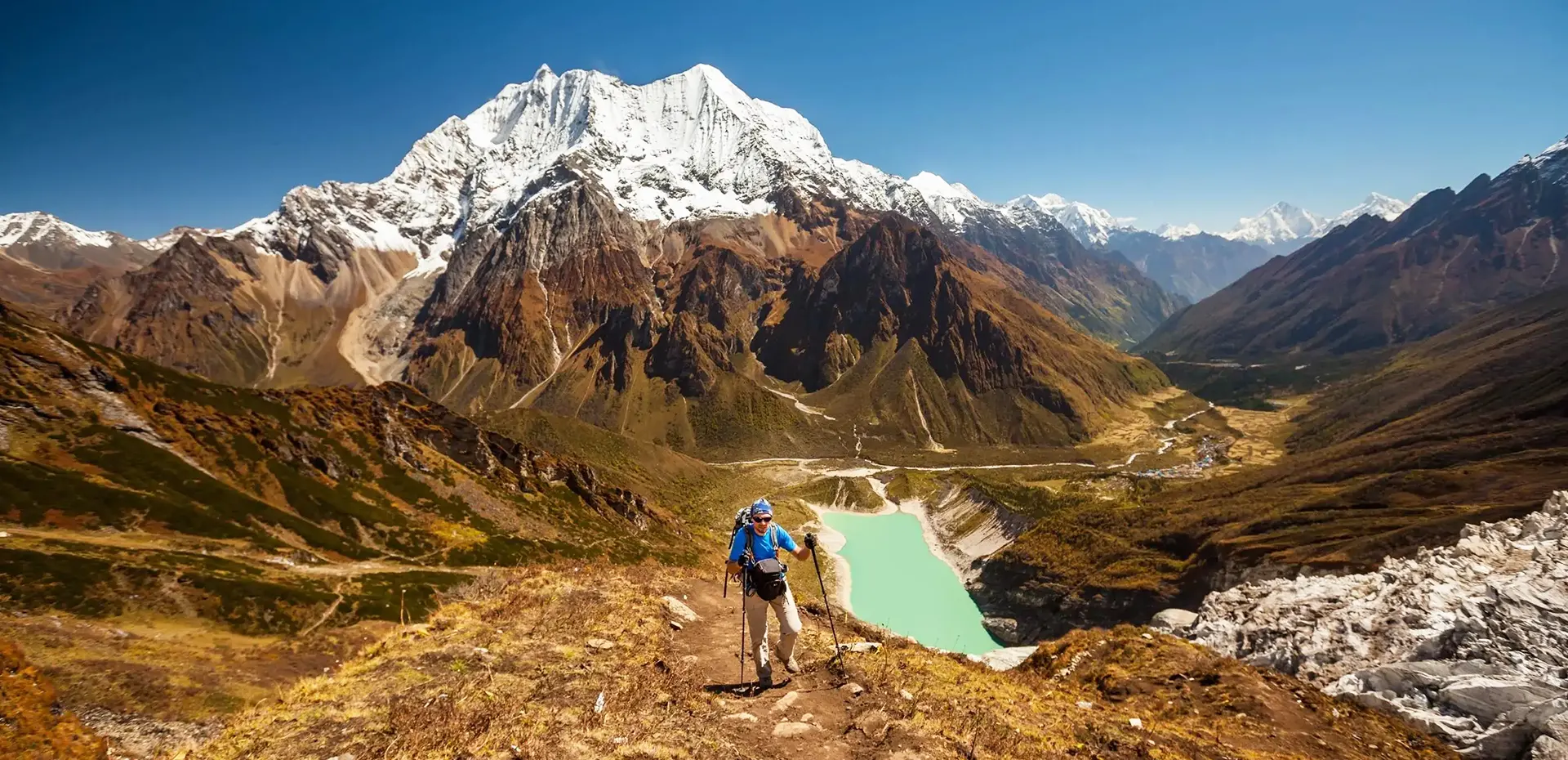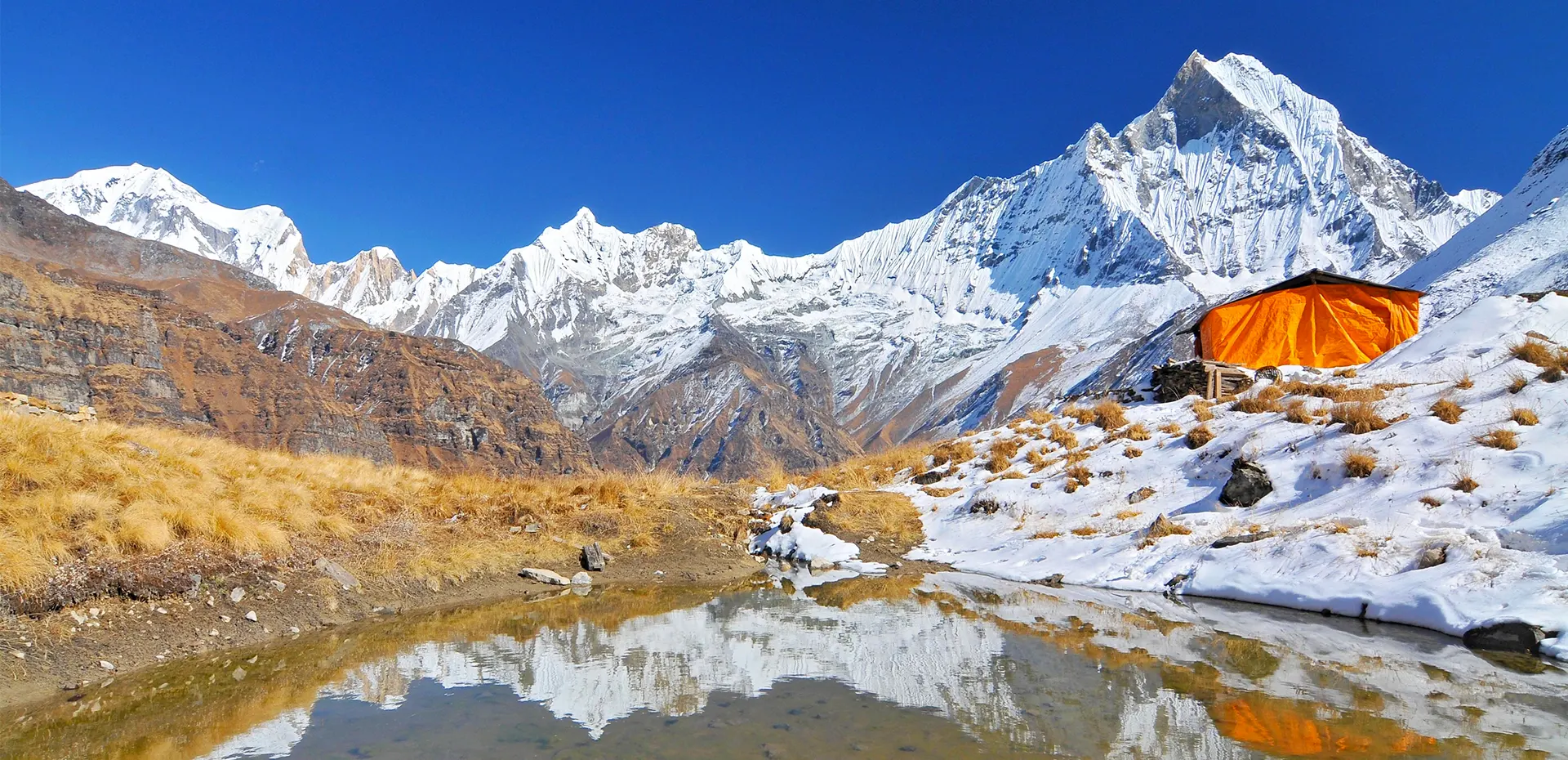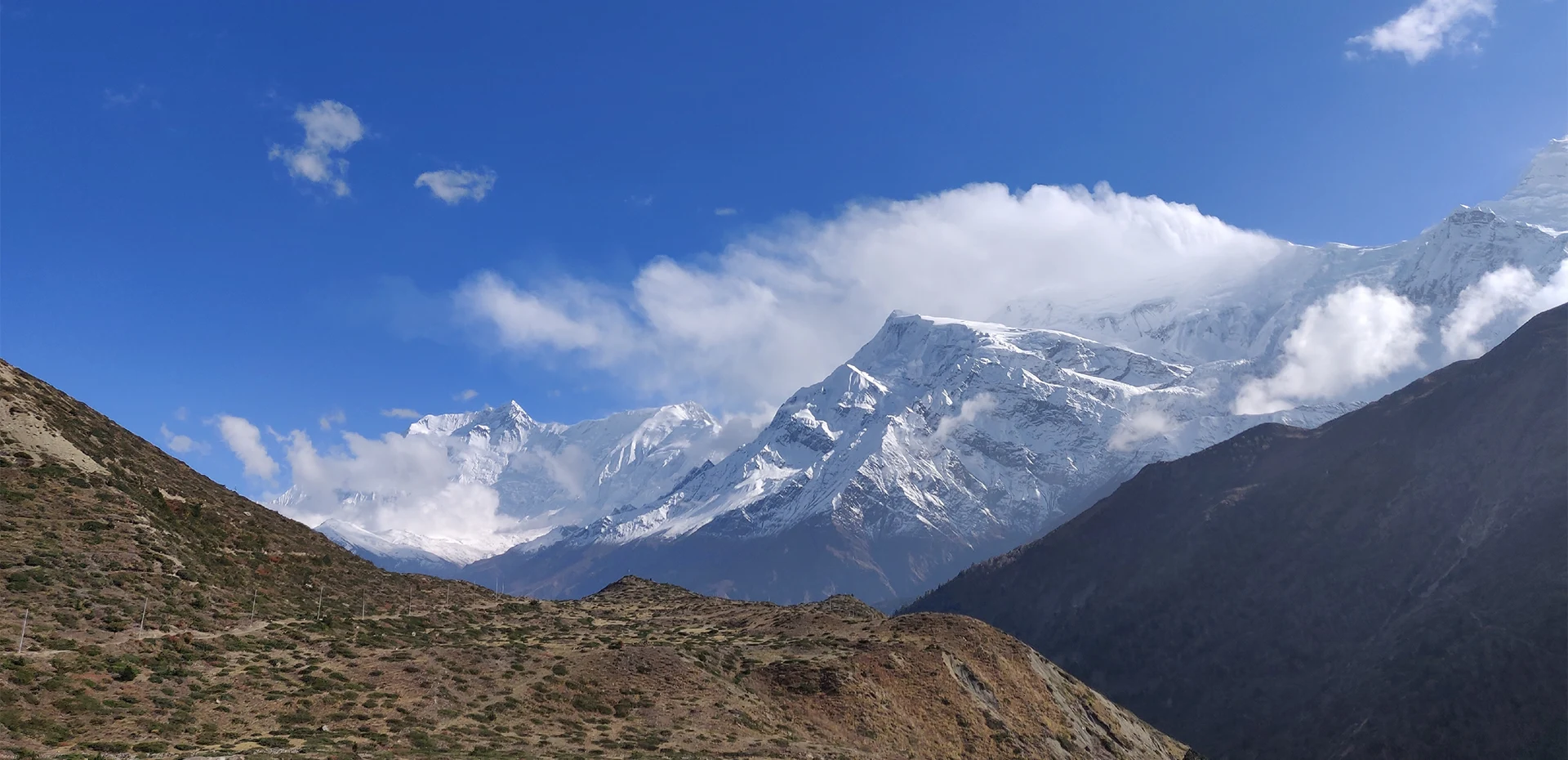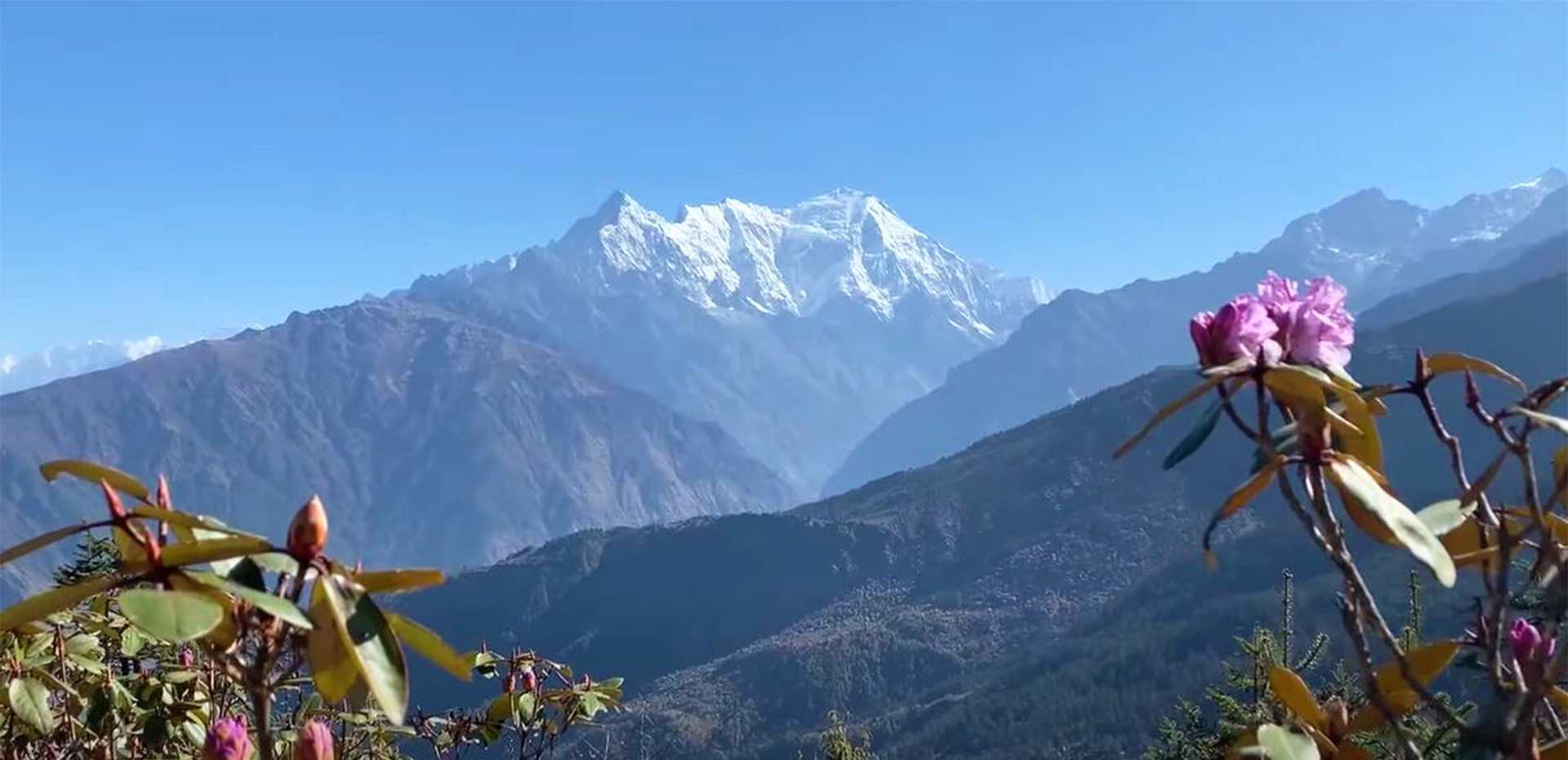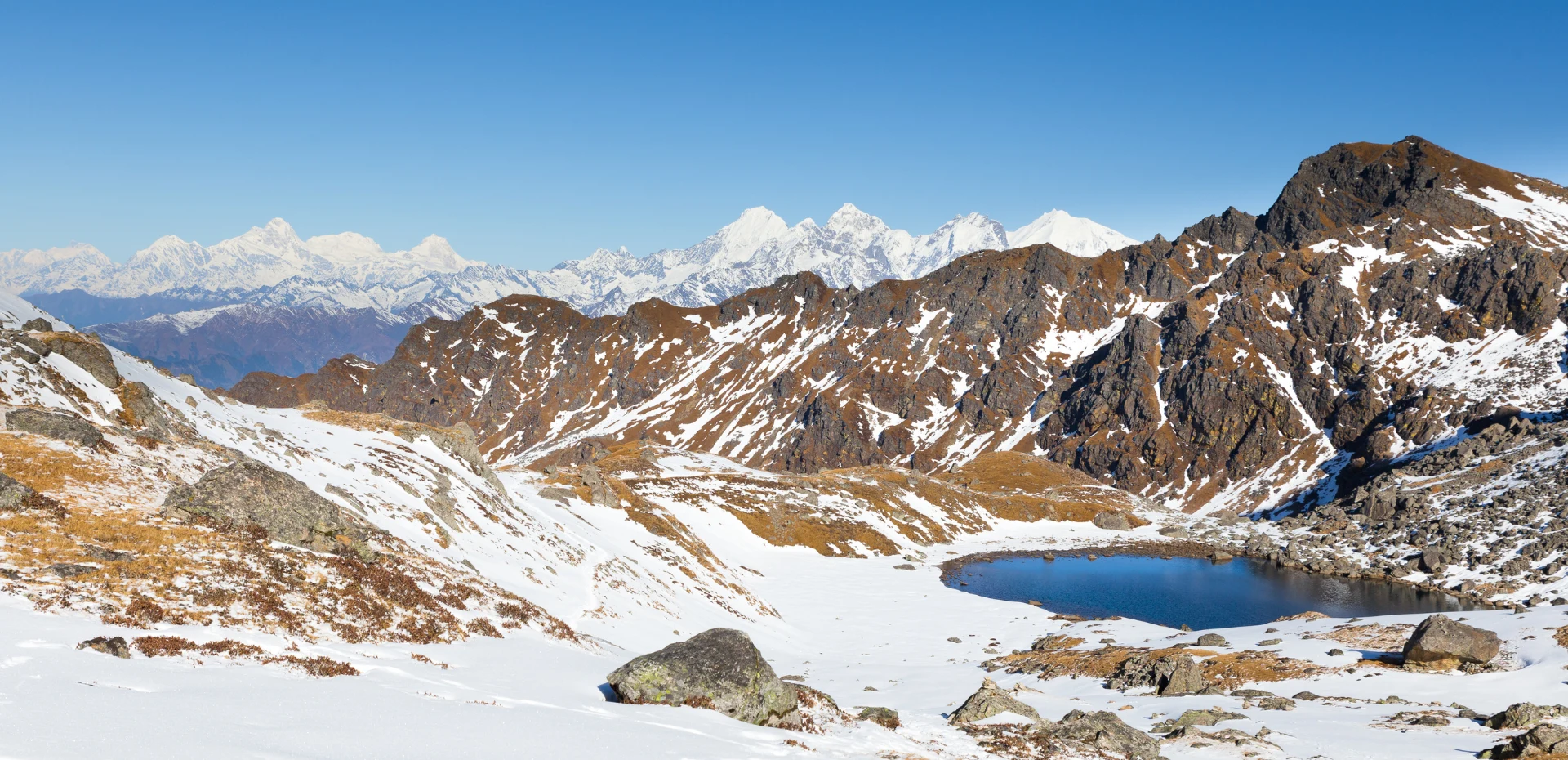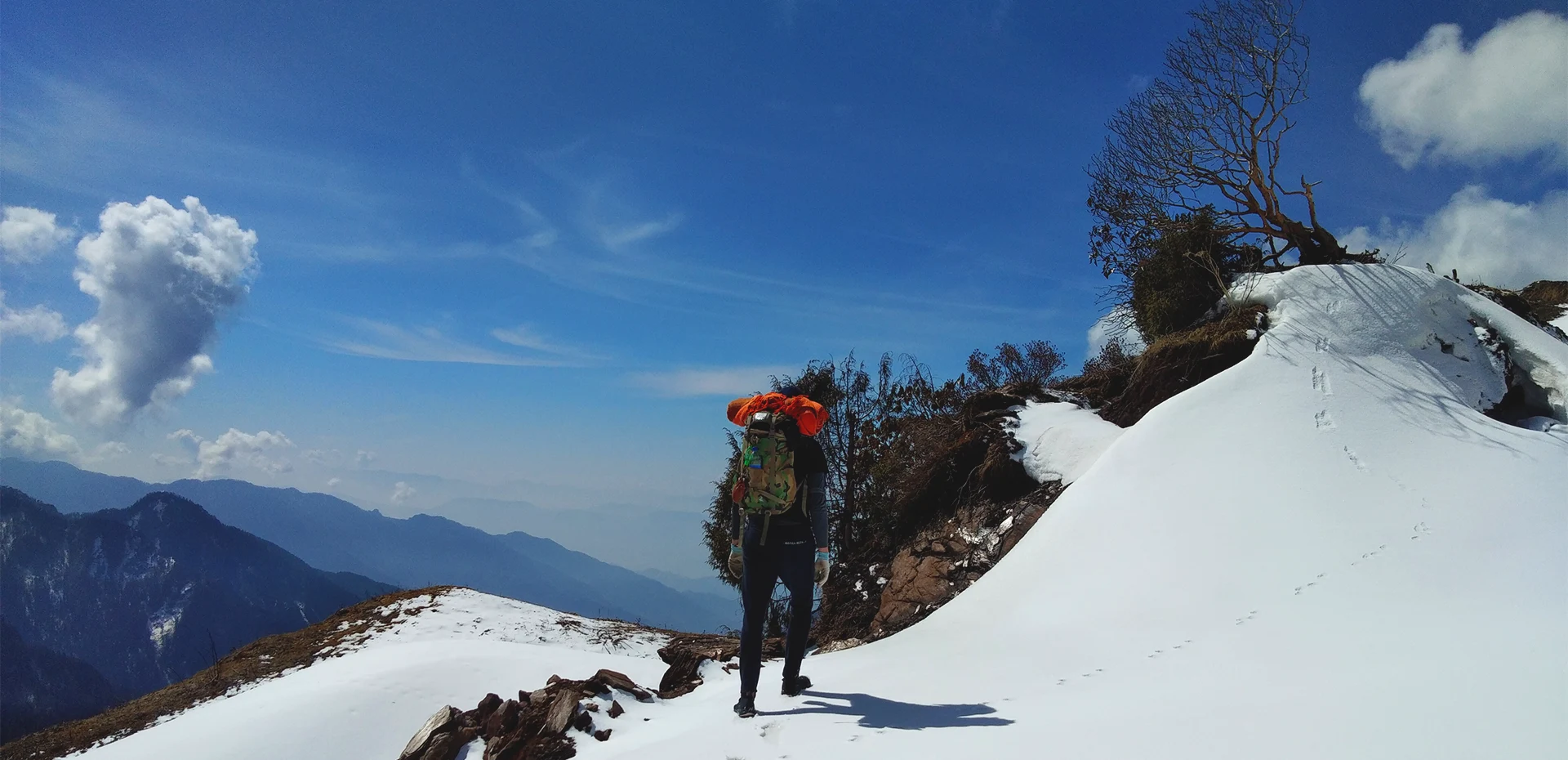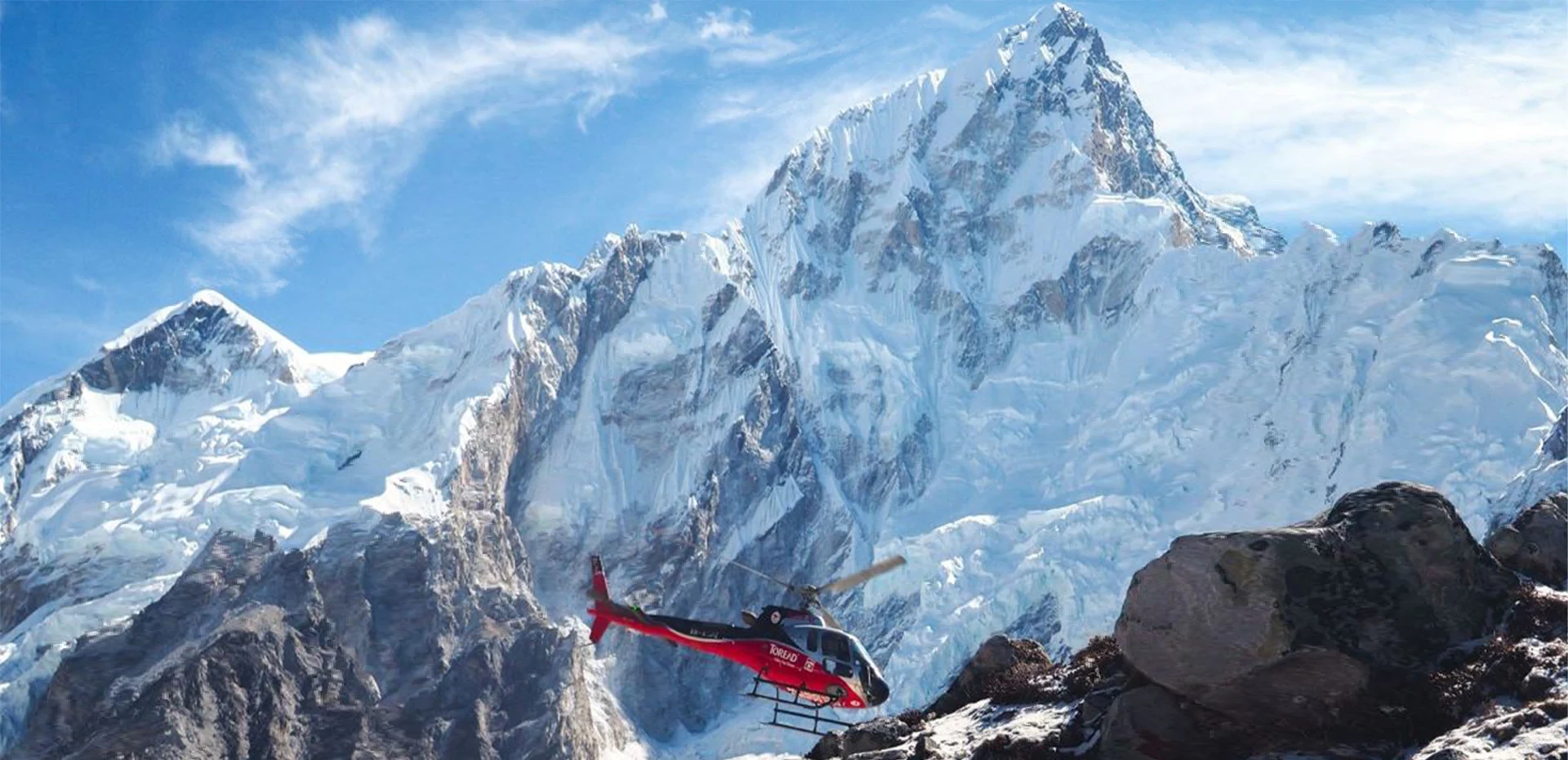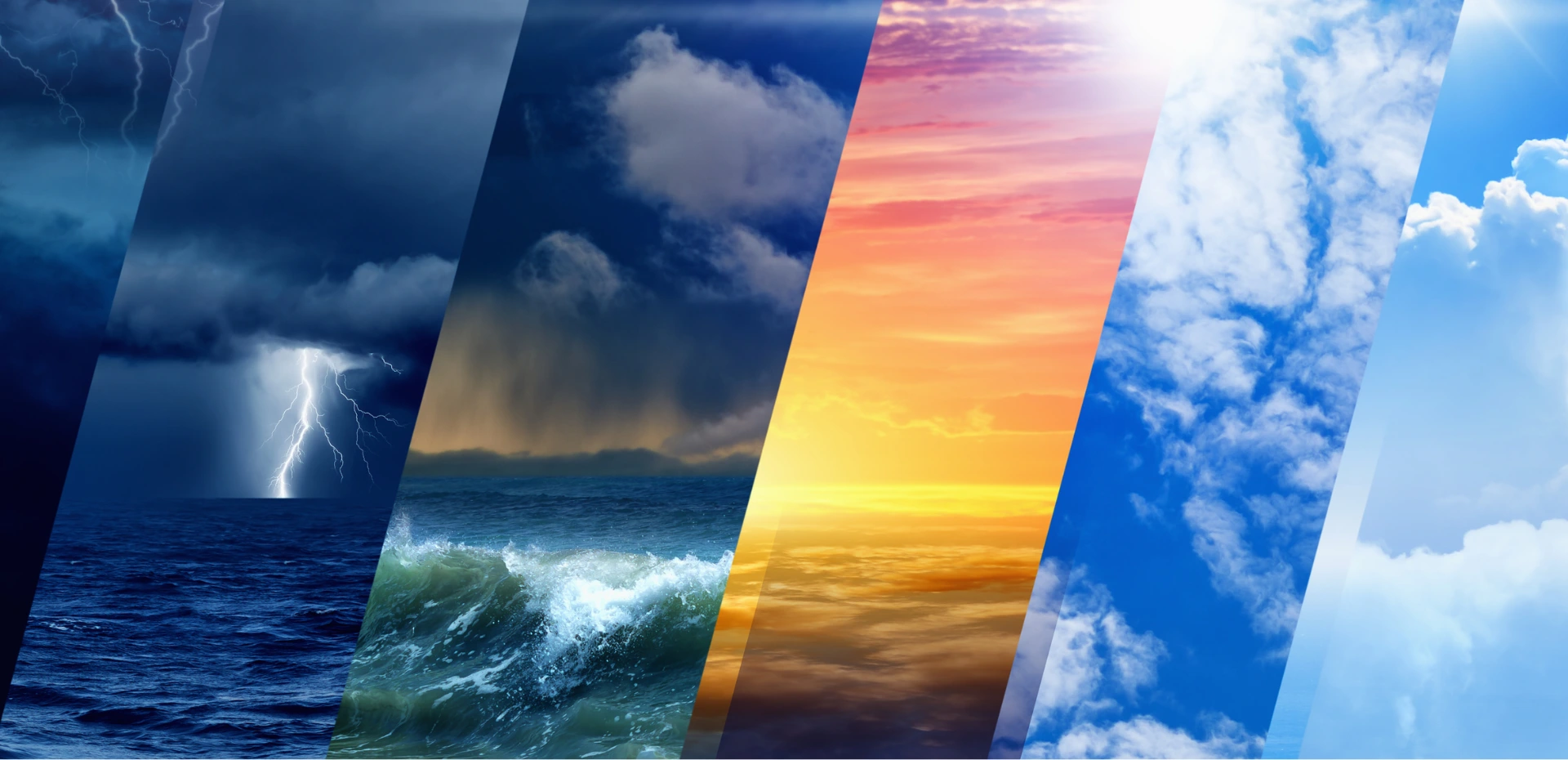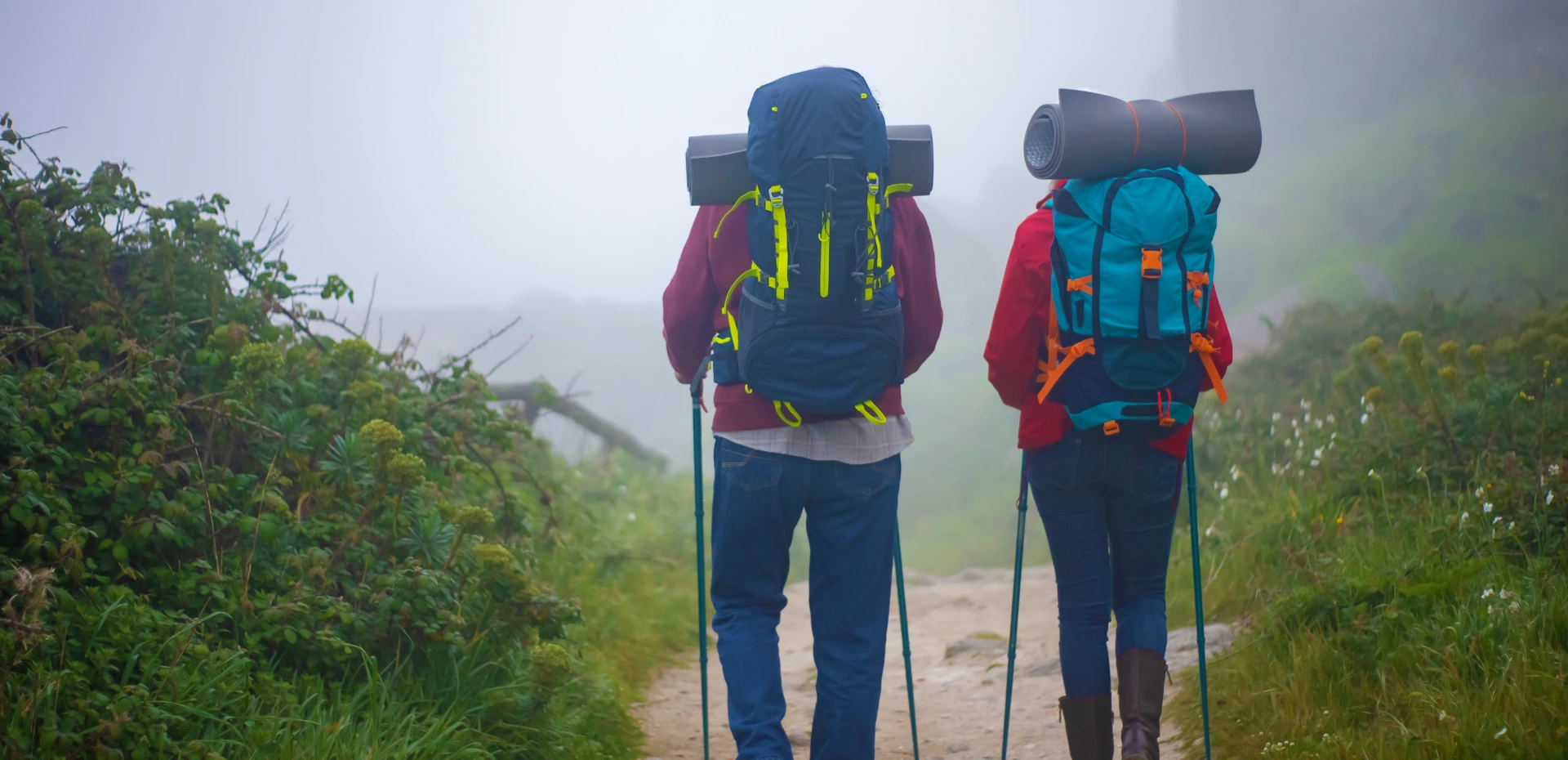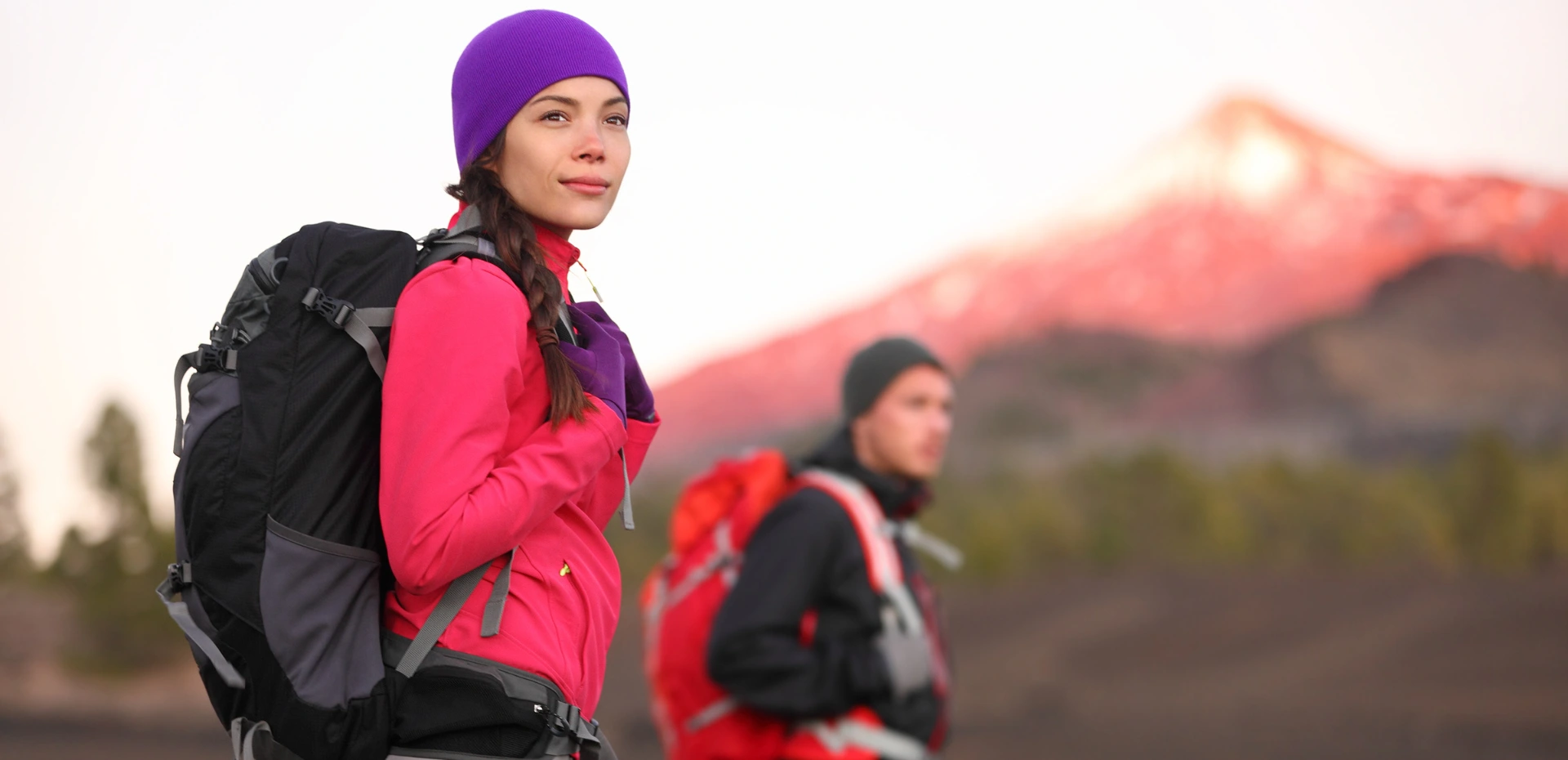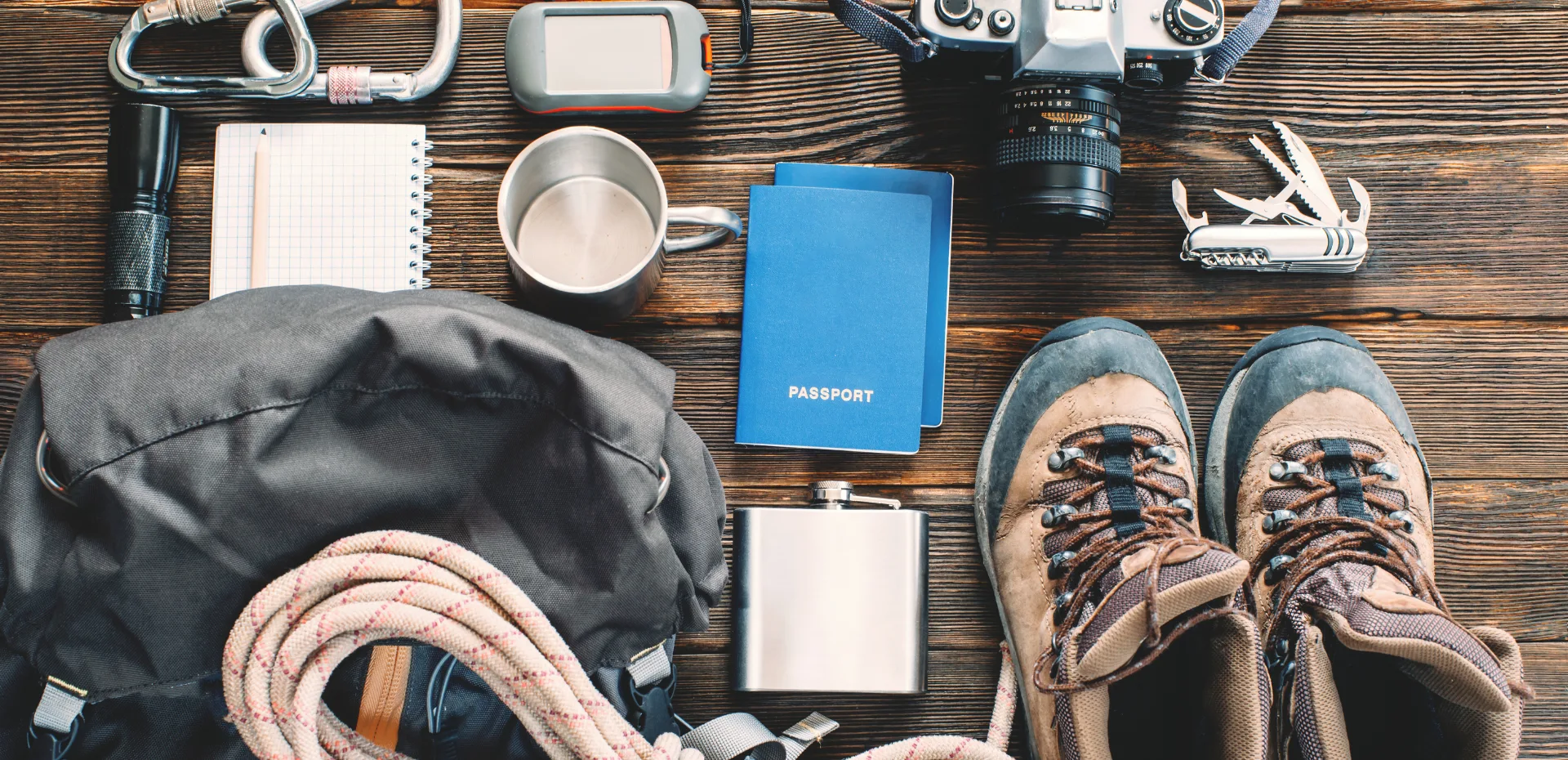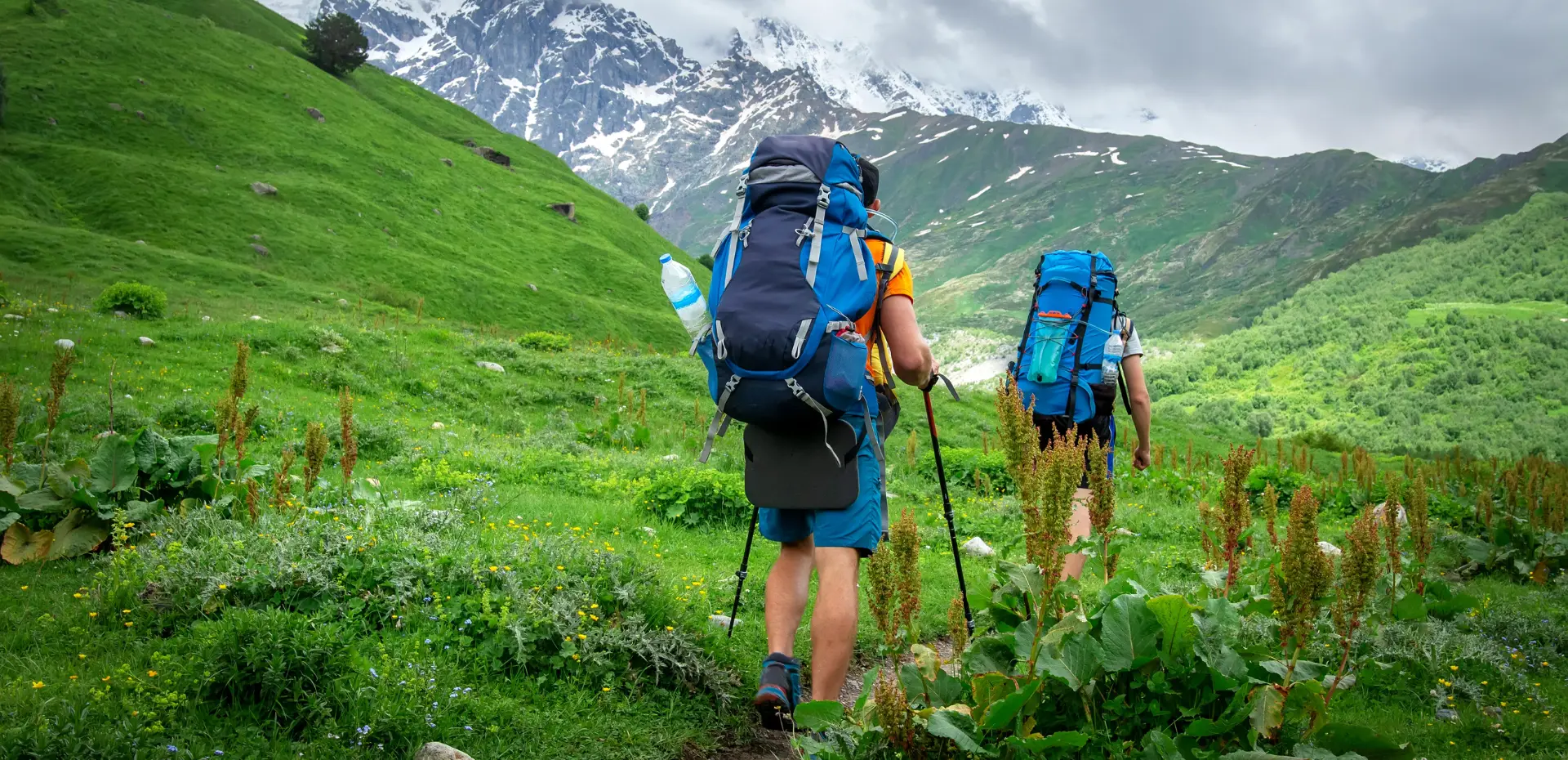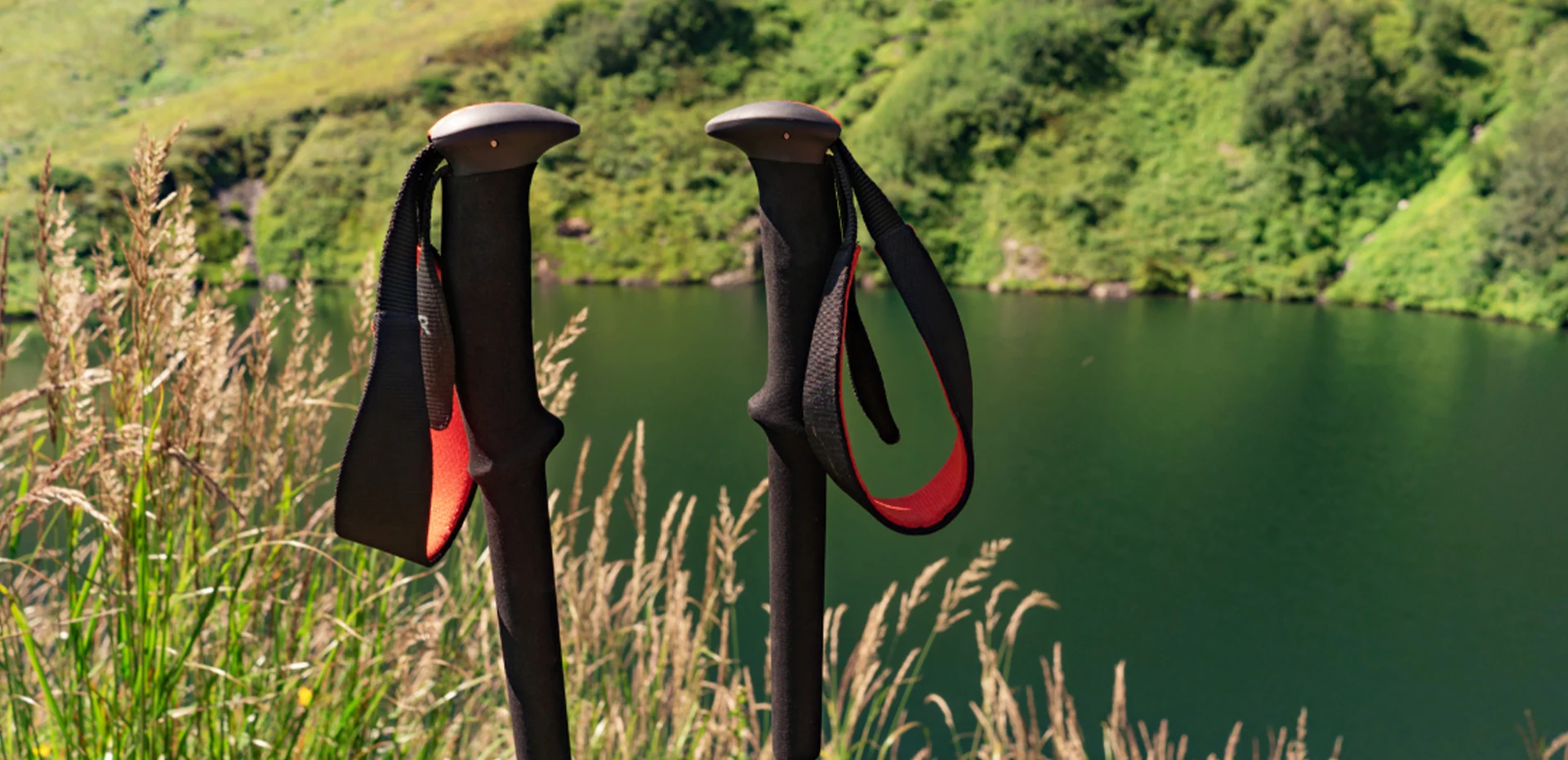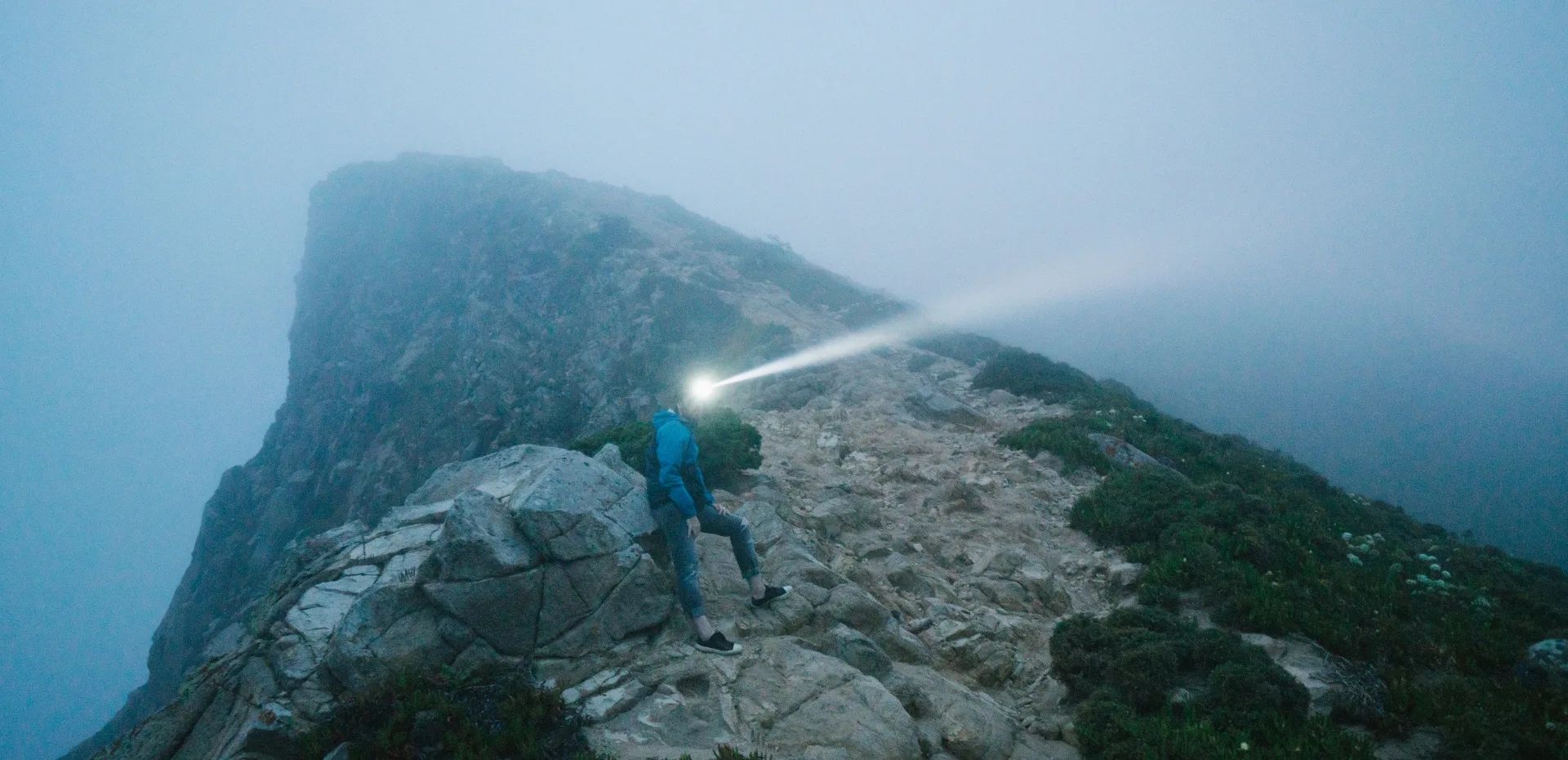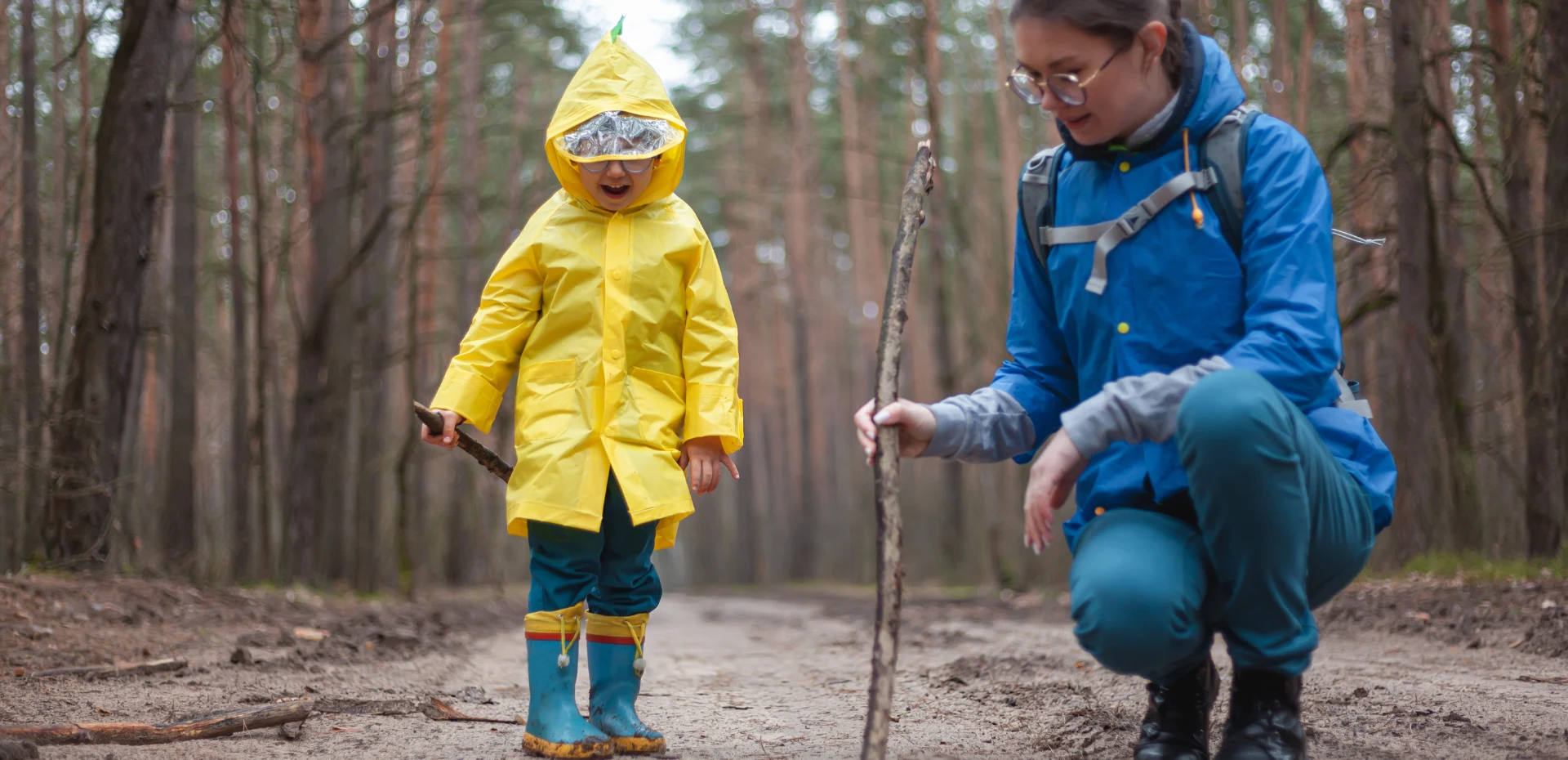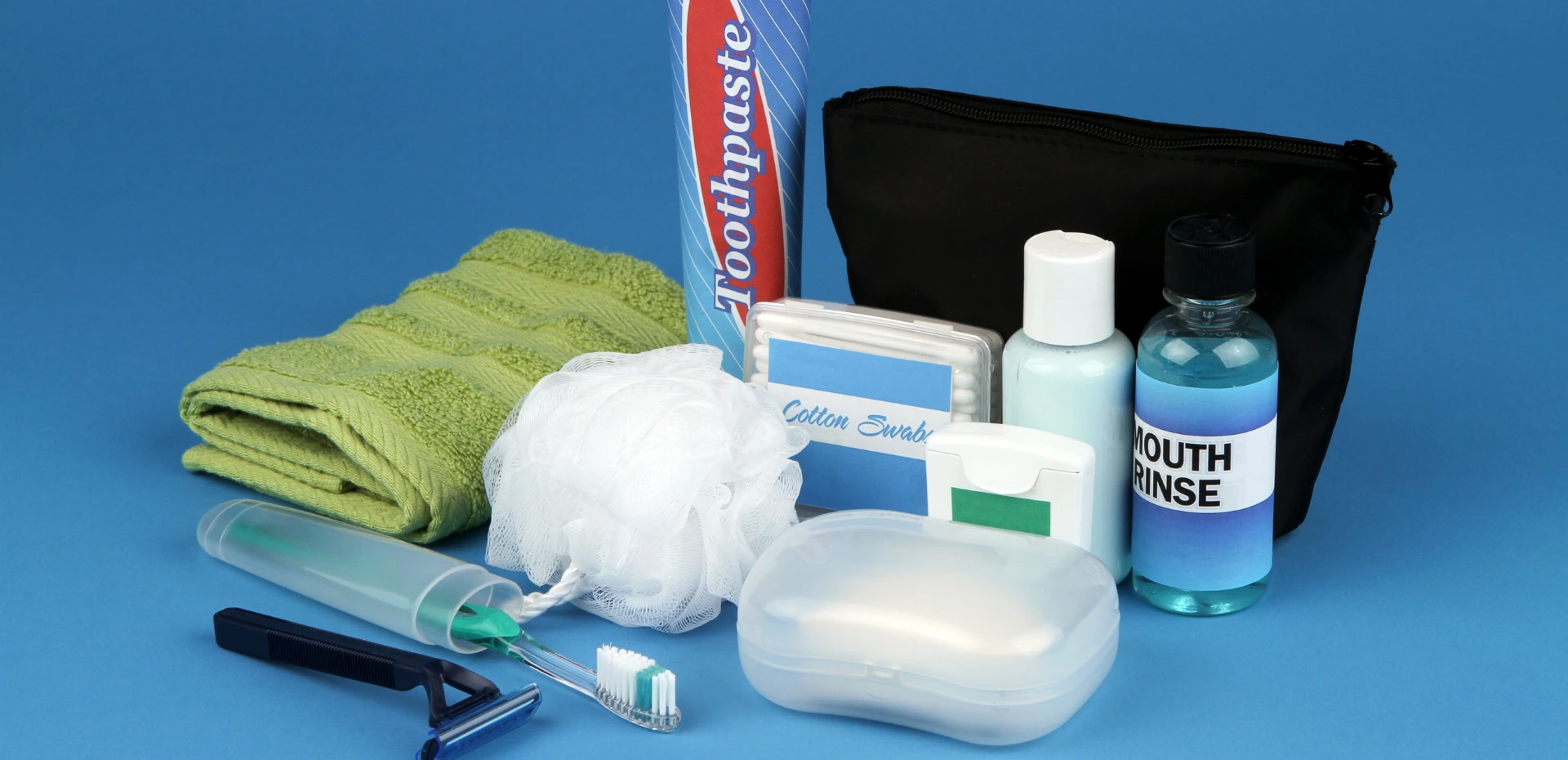The city of Pokhara is a popular tourist destination in Nepal, known for its natural beauty. It is located in the country’s western region and is known for its stunning views of the Annapurna mountain range. Pokhara City is one of the best places to visit in Pokhara. It is located on the edge of Phewa Lake and is surrounded by beautiful forests, hills, and fields built up in steps.
Pokhara Lakeside is well-known among tourists because it has a beautiful lake in the middle and is the starting point for many popular trekking routes. Whether on a romantic break or a family vacation, you will feel welcomed and pampered at each tourist site.
Tourist attractions in Pokhara allow you to partake in a variety of thrilling activities, hence enhancing your holiday. The rough landscapes of Mahendra Cave and Bat Cave, as well as the rocky trail leading to Himchuli Peak, all draw large numbers of adventurers and thrill-seekers.
Many more Pokhara attractions, such as the Annapurna Butterfly Museum and the International Mountain Museum, provide guests with further information about the surrounding geography and natural environment.
Best Places to Visit in Pokhara
All locations featured under the “Best Places to Visit in Pokhara” category are valuable destinations because they each offer their own charm and, in most cases, guarantee a timelessly enjoyable experience for visitors.
Even though there are thousands of other beautiful places in India to visit, many tourists choose to return again and again to the same destination. Specific locations have thousands of possibilities in the tourism sector, and as a result, they see a high volume of visitors.
This Pokhara tour guide is specific to each individual, making it ideal for those who want to customize their vacation to their interests and preferences. Here are the top-notch activities available in Pokhara.
The list of the best places to visit in Pokhara will be categorized into three types: recreation, religious, and trekking. All of these will be the best places to visit in Pokhara.
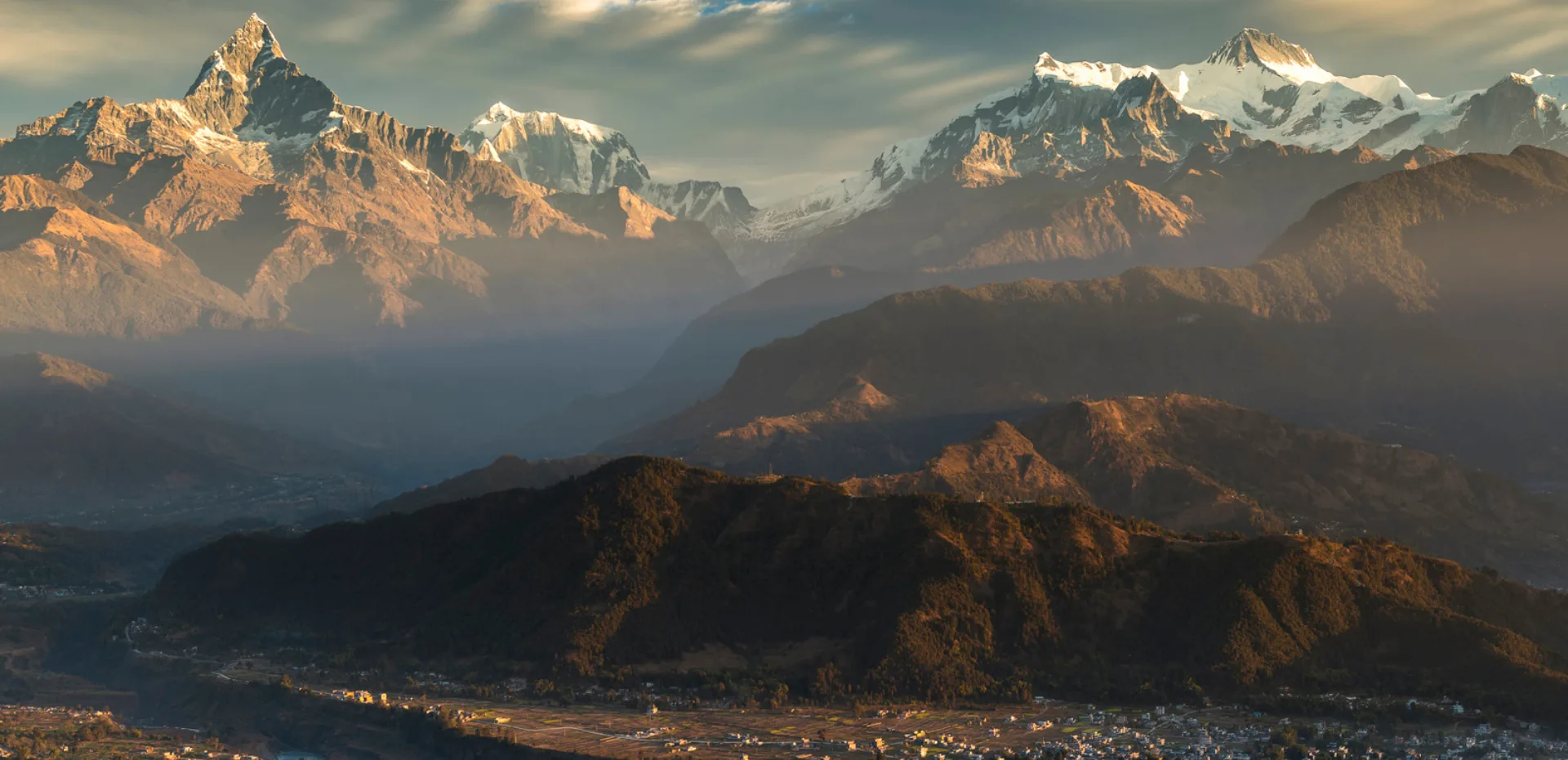
Best Recreational Activities of Pokhara, Nepal
Pokhara’s recreational activities are one of its main attractions and the reason to visit Pokhara. There are so many activities in Pokhara beyond trekking. International as well as domestic tourists find Pokhara a must-visit destination for recreational purposes. Even if you are trekking, it is worth a few extra days to see all there is to do in the region.
You may move more, rest as much as you want, and give that brain a break from its usual activities while on vacation. You must pay close attention to your body and mental health regularly. A vacation in naturally rich places like Pokhara not only makes you happy but can also help you make important life decisions.
According to research, taking breaks improves engagement levels, energizes us, and refreshes our brains. Over time, each of the factors mentioned directly results in greater productivity.
So, if you have been engaging in a hectic schedule for a long time yet have gone through this blog post to enjoy nature through pictures and texts, it is a sign for you to book the best recreational activities to do in Pokhara. The four top recommendations for the best activities in Pokhara that you should take advantage of are listed below.
Visit scenic destinations around the city.
You will need more than two days to explore the area around Pokhara. You will find many destinations carrying eye-catching architecture along with their unique surroundings. Museums are ideal places to visit if you are interested in learning about the culture.
Let us break down the destinations by their attractions. Below are some of the best places to visit in Pokhara:
| Destinations | Attractions |
| Davis Waterfall | the most gorgeous and well-known waterfall in Pokhara. |
| Sarangkot |
|
| Phewa Lake |
|
| Begnas Lake |
|
Best Nightlife in Pokhara Nepal
Although the Nepalese city of Pokhara is not precisely the most buzzing city in the world, it is hard to imagine a more idyllic setting for spending the night than in the shadow of the towering, snow-capped Himalayas. If you are going to visit Nepal, everyone knows that Pokhara is where you should go. A night out in Pokhara will give you the best of the natural world and the city’s vibrant nightlife.
Nightlife in Pokhara, has the best vibes of any other part of the country. Even though it would be a stretch to call Pokhara one of the best places to party in the world, the city has enough bars and clubs to ensure that tourists and locals have fun and memorable nights out.
Therefore, if you are thinking about going to Pokhara, you should get ready to experience the city’s nightlife. Feel free to let loose and have a good time everywhere in this town.
| The Best Bars, Pubs, and Nightclubs! | |
| Movie Garden | Old Blues Bar |
| Busy Bee Café | Paradiso Sports Bar & Grill |
| All That Jazz | OR2K |
Best Resort Stays in Pokhara
The excellent news is that you can find some of the most luxurious and comfortable accommodations in all of the Himalayas in the picturesque region around Pokhara. After your challenging trek, reward yourself with a few nights at these luxurious hotels.
Staying at one of Pokhara’s luxurious resorts on your next holiday will allow you to have a once-in-a-lifetime adventure. Staying in regular hotels in Pokhara will not provide you with the same opportunities. You can never go wrong by rewarding yourself occasionally.
Every resort wants to give its guests unforgettable experiences and vacations that will make them want to come back and tell their friends and family about them. Whether you choose a resort in the middle of nature or a fancy one, you will surely have a great time in Pokhara that you will never forget.
Pokhara is a place you can visit to relax and unwind. Who among us would not enjoy a day or two of doing nothing but lounging around in a natural setting? Here are some of the most popular resorts and amenities that make them so appealing to guests.
| Top Resorts in Pokhara | Highlights |
| The Pavilions Himalayas | The most stylish resort on the list, surrounded by an organic farm, with elegant interiors and first-rate service, as well as space and privacy with separate villas. |
| Lakeside Retreat Pokhara | Excellent for unwinding and enjoying some quiet time. Only a few minutes walk from Phewa Lake. Ideal for a weekend getaway or work vacation. |
| Rupakot Resort | A beautiful mountain community bursting at the peak with exciting tourist attractions and five-star lodgings while still maintaining its laid-back Himalayan vibe and breathtaking community setting. |
| Temple Tree Resort | Situated in the heart of Lakeside, combines a central location with a resort ambiance. |
| Himalayan Front Hotel | Rooftop café and bar is a great site to take in the sunrise, while the pool and espresso bar is an ideal place to unwind while appreciating the trek-worthy mountain views. |
| Club ES Deurali Resort | Located on a hilltop with breathtaking panoramas of the Annapurna Mountains. |
Ziplining and Paragliding in Pokhara
Pokhara is a popular tourist destination because ziplining and paragliding are two of the most popular things to do there. Pokhara has a different outdoor sport that will get your heart racing that you probably have never tried before. So, put your mind and body to the test by doing things that will give you thrills, excitement, and fun you’ve never had before.
The moment of craziness, the sensation of extreme pleasure, and the sense of being wholly unbound! Flyer through the crystal-clear, picture-perfect panoramas with the Annapurna range in front of you and the lush, green forest below. It is without a doubt going to be the most incredible adventure of your life.
Get pumped up and prepare to go. Put your sights on trying out whole new kinds of adrenaline-pumping activities to broaden your horizons in extreme sports. You are about to put your courage to the test as you experience thrills, excitement, and fun as you have never had before.
5 Best Religious Destinations in Pokhara Nepal
Pokhara in Nepal is one of the nation’s most popular tourist destinations. It is well-known for its beautiful scenery and peacefulness. Pokhara is also famous for its cultural roots and is one of the country’s most important cities, second only to Kathmandu, the nation’s capital.
The city boasts mountain ranges, lakes, marketplaces, and shrines, making it a perfect vacation spot for people of all ages. The temples are the ideal resource for individuals who wish to learn about the culture and history of a city. Here are the most prominent temples one must see in Pokhara.
Pokhara is home to numerous prominent temples and gumbas. Each monumental temple has its own fascinating history. For many faiths, including Hinduism and Buddhism.
Here are some of Pokhara’s most well-known Buddhist temples and stupas which are one of the best places to visit in Pokhara.
Tal Barahi Temple
Located in the Kaski area, Tal Varahi, or Tal Barahi, is a lake temple well-known for its beautiful architecture and peaceful atmosphere. The temple is for Durga, the goddess of victory. It is on an island in Phewa Lake and is all by itself.
Many tales are related to the temple, but the one that is most well-known among the locals is that King Kulmandan Shah, the first king of Kaski, had a dream in which the goddess asked him to build the temple on top of the lake. In the dream, the goddess showed him the temple. He constructed the temple by following the directions to the letter.
World Peace Pagoda
The Shanti Stupa, also known as the Pagoda of World Peace, is located on top of Ananda Hill, so getting there requires a little bit of hiking through the forest. The Buddhist pagoda architectural style was used to construct the temple and finished in brilliant white.
The Annapurna mountain range, Pokhara City, and Phewa Lake can be seen from the viewpoint of the temple. Shortly after the end of World War II, the Shanti Stupa was built to encourage people of all cultures and religions to live without violence.
The Peace Pagoda has earned a lot of hype recently. Its history and vibe itself have made this destination one of the best places to visit in Pokhara.
Bindyabasini Temple
The temple, said to be one of the oldest in Nepal, is home to an idol of the goddess Bhagavati. The temple, perched on top of a modest hillock, offers visitors a breathtaking panorama of the Himalayas.
According to a local legend, King Siddhi Narayan Shah was the one who purchased the god before the unification of the kingdom. Additionally, the temple is well-known for the Hindu marriage ceremonies that are held here regularly.
Gupteshwor Mahadev Cave
The rock temple in Gupteshwor Mahadev Cave is also one of the best places to visit in Pokhara, The cave is not only mysterious, but it also attracts a large number of locals and tourists all year long. Shiva is the main deity worshiped at this location, and the primary object of worship is a stalagmite idol of a Shiva Lingam. Because the entrance to the temple is just across from Devis Falls, traveling through some regions of the cave may require one to get down on all fours and crawl.
Bhimsen Temple
The temple dates back two centuries and was built in traditional Newari architecture. It can be seen in the historic bazaar. The temple is unique, located right in the middle of the road. The god of trade and commerce was honored at the temple of Bhimsen, named after him. Unique carvings, including windows and pillars, may be found on the exterior of the temples.
5 Best Trekking Destinations from Pokhara Nepal
Visitors love Pokhara because it is also the best route to start your adventure. Visitors often choose the trekking route that ends in Pokhara because who would not love to spend one or two nights in Pokhara for relaxation?
Pokhara city treats you as a form of therapy after a long trek. Pokhara can be an alternative destination after a trek for trekkers and adventurers because there are so many things to do there.
Most of the hiking routes suggested below can be changed to fit the length of your trip. Even on well-known trekking routes, there are some unique places to visit that travelers need to learn about because they are hidden. Rugged Trails Nepal is flexible about when trips leave, and the trips are led by experienced culture and mountain guides.
Annapurna Base Camp Trek
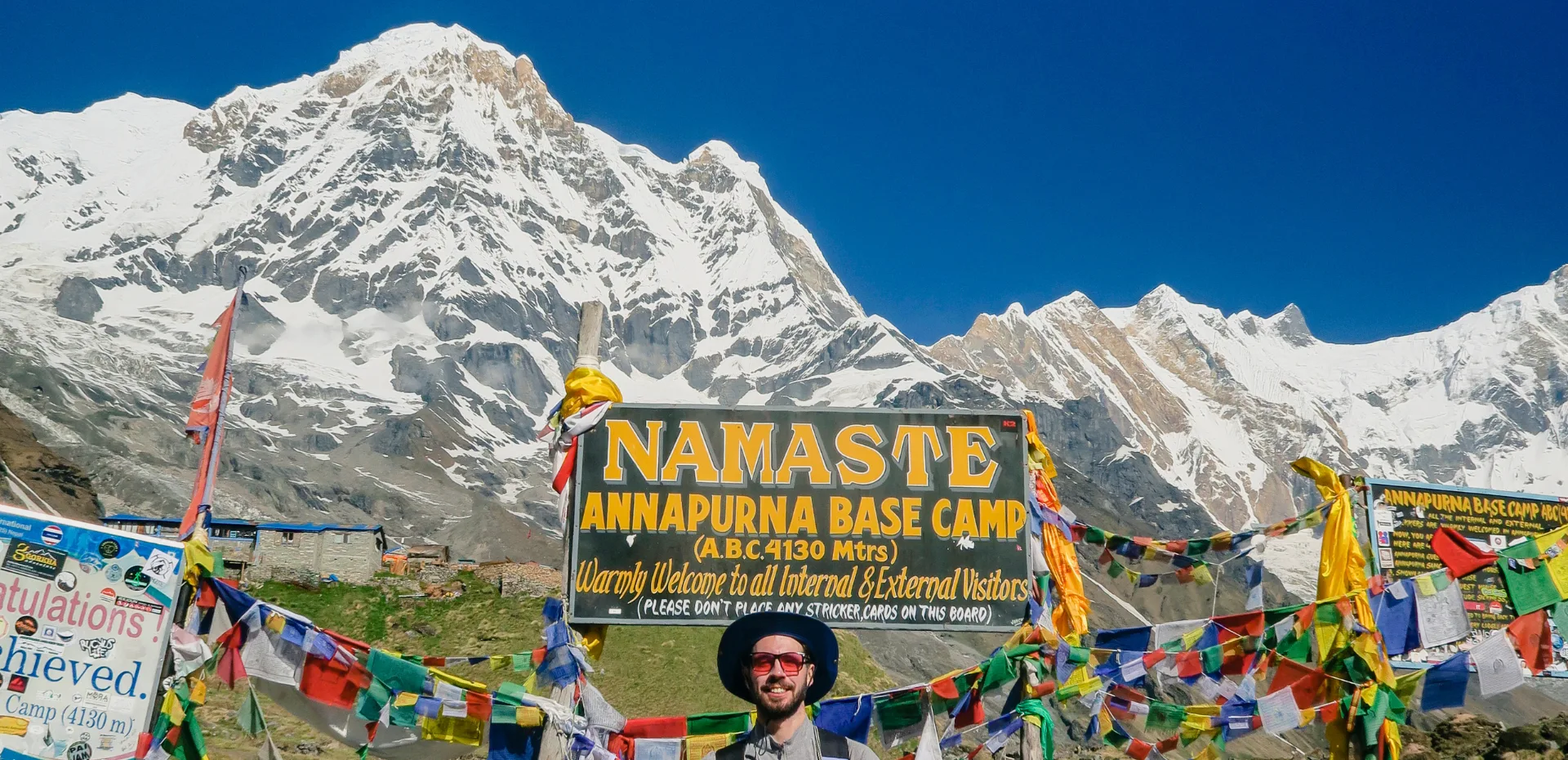
The Annapurna Base Camp Trek, like most of the other treks in the Annapurna region (except for the Annapurna Circuit), starts and ends in Pokhara, Nepal’s second-largest city and a beautiful place to relax after a day on the trail.
This trip provides views of Mt. Annapurna I, Annapurna South, Machapuchare (the fishtail), and Hiunchuli. From Pokhara, we can also see the Mt. Lamjung ranges and the Mt. Dhaulagiri summit.
Depending on their endurance and degree of fitness, trekkers can reach Annapurna Base Camp in seven to nine days. It is a moderately strenuous hike where you can enjoy the beauty of nature and learn about life in the country.
Being at the base of the huge Annapurna I (8091 m) with a 360-degree view of the surrounding mountains is breathtakingly gorgeous and beyond your biggest dreams. Nepal’s mountain vacations are a once-in-a-lifetime experience.
Natural hot springs near Jhinu Danda are another big reason people come to the area. At these springs, visitors can cleanse themselves on a spiritual level while bathing in natural hot springs surrounded by mountains. Locals believe the waters possess a medicinal nature that can relieve aches and pains.
Ghorepani Poon Hill Trek
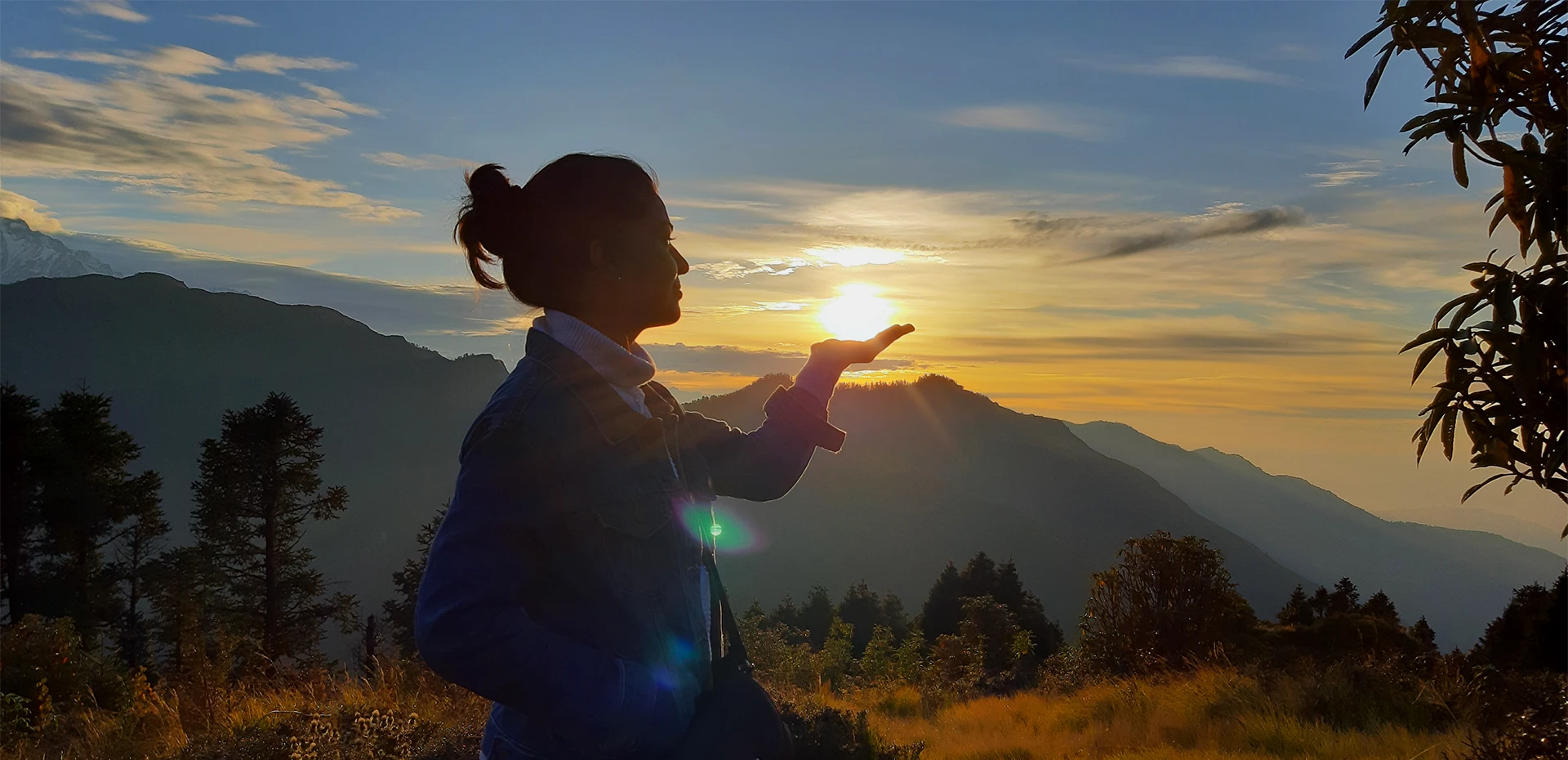
The Ghorepani Poon Hill trek is becoming more popular because it is likely one of the simplest trails in the Annapurna Sanctuary. It is an excellent route for people who have never been trekking before or want to try it in Nepal. You can complete the trek in 3 or 4 days.
The route is well-marked, and there are many guesthouses, restaurants, and people along the way, so you can avoid getting lost or not finding somewhere to stay or eat. The Poon Hill trail is a great way to get used to the altitude before trying more challenging routes.
From Poon Hill, you can see Annapurna South (7219 m), Annapurna Fang (7647 m), Nilgiri South (6839 m), Tukuche Peak (6920 m), Dhampus Peak (6012 m), Annapurna I (8091 m), and Dhaulagiri (8091 m) (8167 m).
The Ghorepani Poon Hill Trek showcases magnificent natural scenery and a wide variety of local flora. The jungle flowers, especially the rhododendrons, which bloom in March and April, make the walk even more beautiful.
Mardi Himal Trek
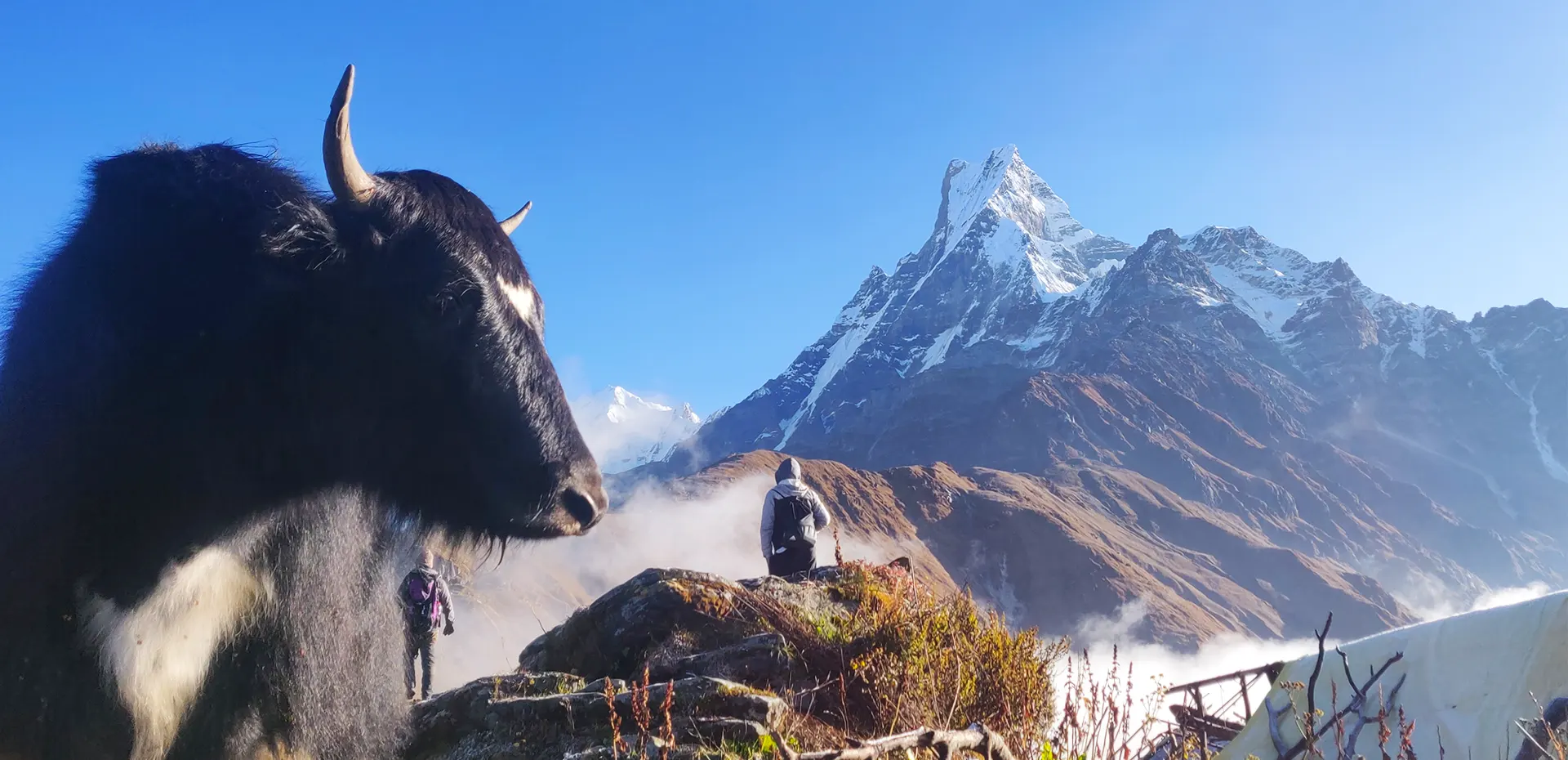
If you are looking for a difficult and spectacular 4-day walk in the Annapurna region with stunning vistas of the Himalayas, look no further than the Mardi Himal trek. It is less well-known than the more popular Annapurna Circuit or Everest Base Camp treks.
The trek goes through magical rhododendron trees on narrow, winding paths until it reaches an elevation of about 3,300 meters. Again, you will be surrounded by the high, rocky mountains of Nepal, where you may take in breathtaking vistas of peaks like Mardi Himal, Annapurna South, Machapuchre, and Hiunchuli.
Along the entire path are basic guesthouses and homestays. The trek to Mardi Himal’s base camp places you in the shadow of that mountain and Machhapuchhre, also known as Fish Tail.
Upper Mustang Trek
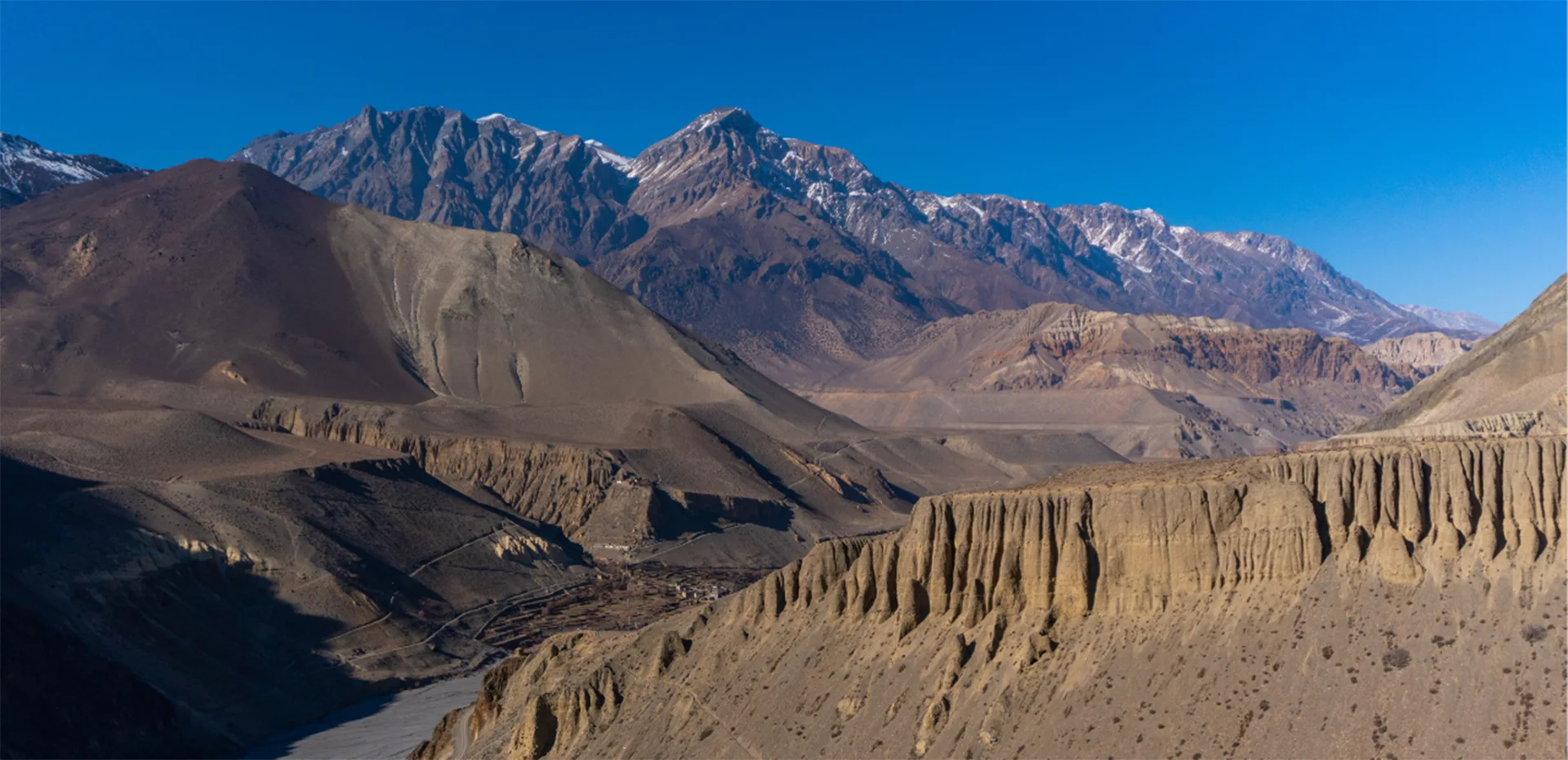
The Upper Mustang trek twists its way to the mysterious Buddhist kingdom of Lo, commonly known as the Kingdom of Mustang. This remote area of the trans-Himalayan mountains is close to Tibet and has a Tibetan feel, both in its people and culture and in its rough landscape of high cliffs and rocks with strange shapes and colors.
Learn about the area’s culture by visiting its cave, rock paintings, monastery, and gompa. This fascinating journey includes panoramic vistas of Nilgiri, Annapurna, and Dhaulagiri, among others! This trip into the restricted area of Upper Mustang, which follows part of the old salt route, will always be remembered.
Khopra Danda Trek
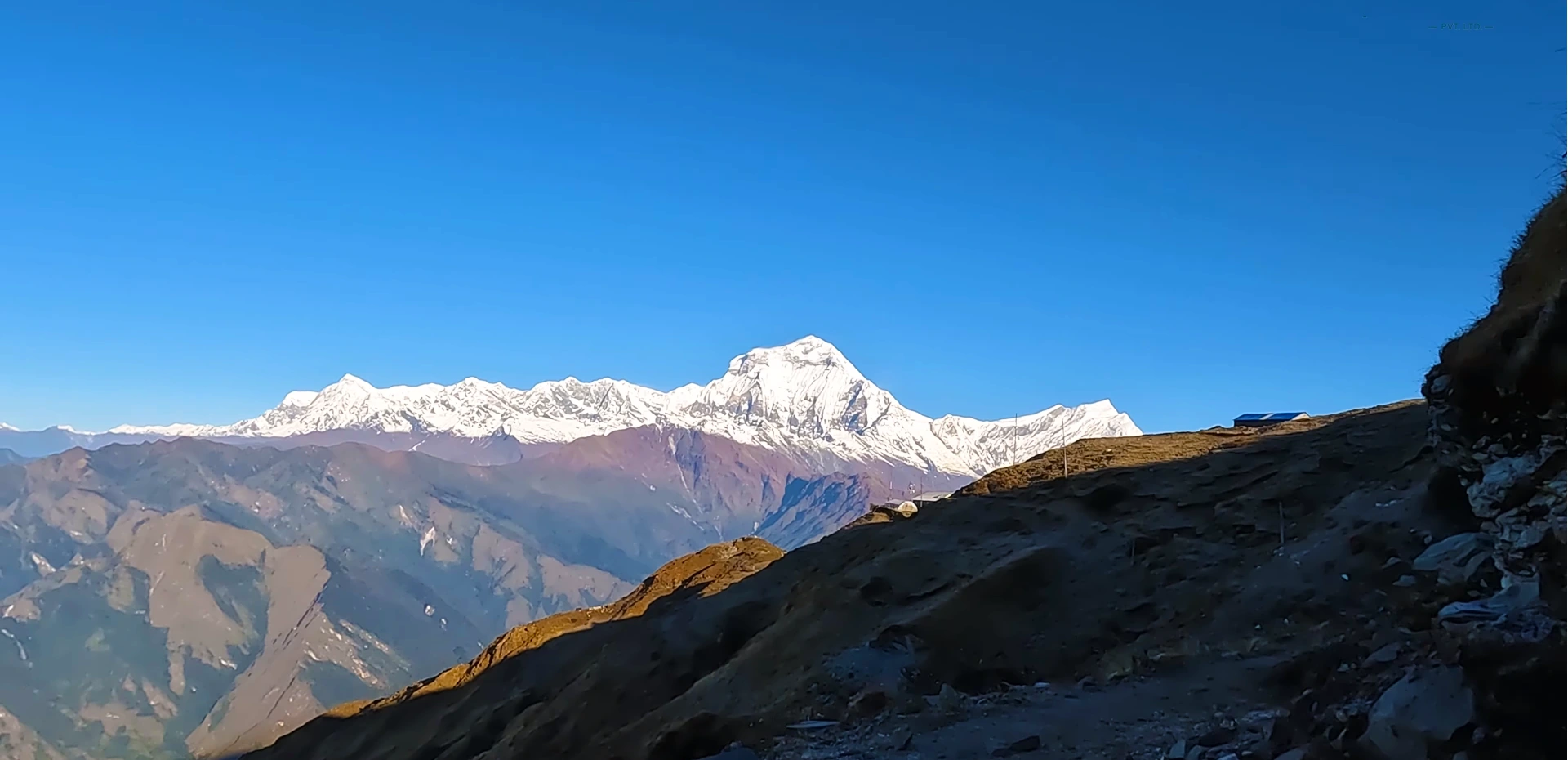
The Khopra Danda trek is an excellent alternative to the more popular (and busier) Ghorepani trek because it takes you to an even higher view of Annapurna.
Khopra has views of Dhaulagiri (8,167 m), Nilgiri (7,061 m), Bhara Shikhar (7,647 m), Annapurna I (8091 m), Machhapuchhre (6,997 m), and many other peaks not listed here.
In addition, this is the best option for trekkers who have only ten days to trek but would prefer to do so in a peaceful area. The holiest place in Hinduism is Khayer Lake, which is 4,500 meters (14763 feet) above sea level.
Khayer Lake Walk is a challenging trek in and of itself, particularly the final leg. Throughout this walk, the ever-smiling locals, their traditions, and the dense rhododendron forest put you in constant happiness. Primarily, rhododendrons bloom in March and April.
All of the packages listed above take you through national parks, restricted regions, etc., i.e. government-protected areas in Nepal. Permit cards are required to enter these areas. When you travel with a trekking agency like ours, we will manage your permits.
How do I get to Pokhara?
To reach the best places to visit in Pokhara, you must also know how to get there. Although Pokhara and Kathmandu are only 126 miles (204 km) apart, Nepal’s geography and road quality make for a very long trip between the two towns. Pokhara may not be very far from Kathmandu.
Because of this, the majority of vacationers choose to fly. You can go by road or air from one city to another. Here are the details.
By Air
If you need more time, the best way to get to Pokhara is the Kathmandu to Pokhara flight because it is the shortest and most comfortable mode of transportation between the two cities. There are several flights daily between Pokhara and Kathmandu, which reputable companies like Buddha Air, Yeti Airlines, and Simrik Air run.
The distance between the two cities may be covered in around forty minutes. During the brief trip, you will have the opportunity to take in the breathtaking panorama of the sprawling countryside and the towering mountains in the distance.
Since domestic flights in Nepal are primarily dependent on local climatic conditions, they are frequently delayed due to bad weather or a blockage of incoming and outgoing flights. The only disadvantage of flying out to Pokhara is the unpredictability of timing, which is why many people choose to drive there instead.
By Road
From Kathmandu to Pokhara, all modes of road transport follow the same route; therefore, one alternative is only sometimes faster than the others. Based on the time of day, traffic around Kathmandu Valley will impact your route the most. Other than that, the journey takes 8 hours on average to reach Pokhara.
If you take a private vehicle, you can ask the driver to stop whenever you want, and smaller vehicles can usually get through traffic faster than big buses. Private vehicles have a dedicated driver. Private jeeps, private cars, tourist buses, and public buses are all options for road travel accommodations.
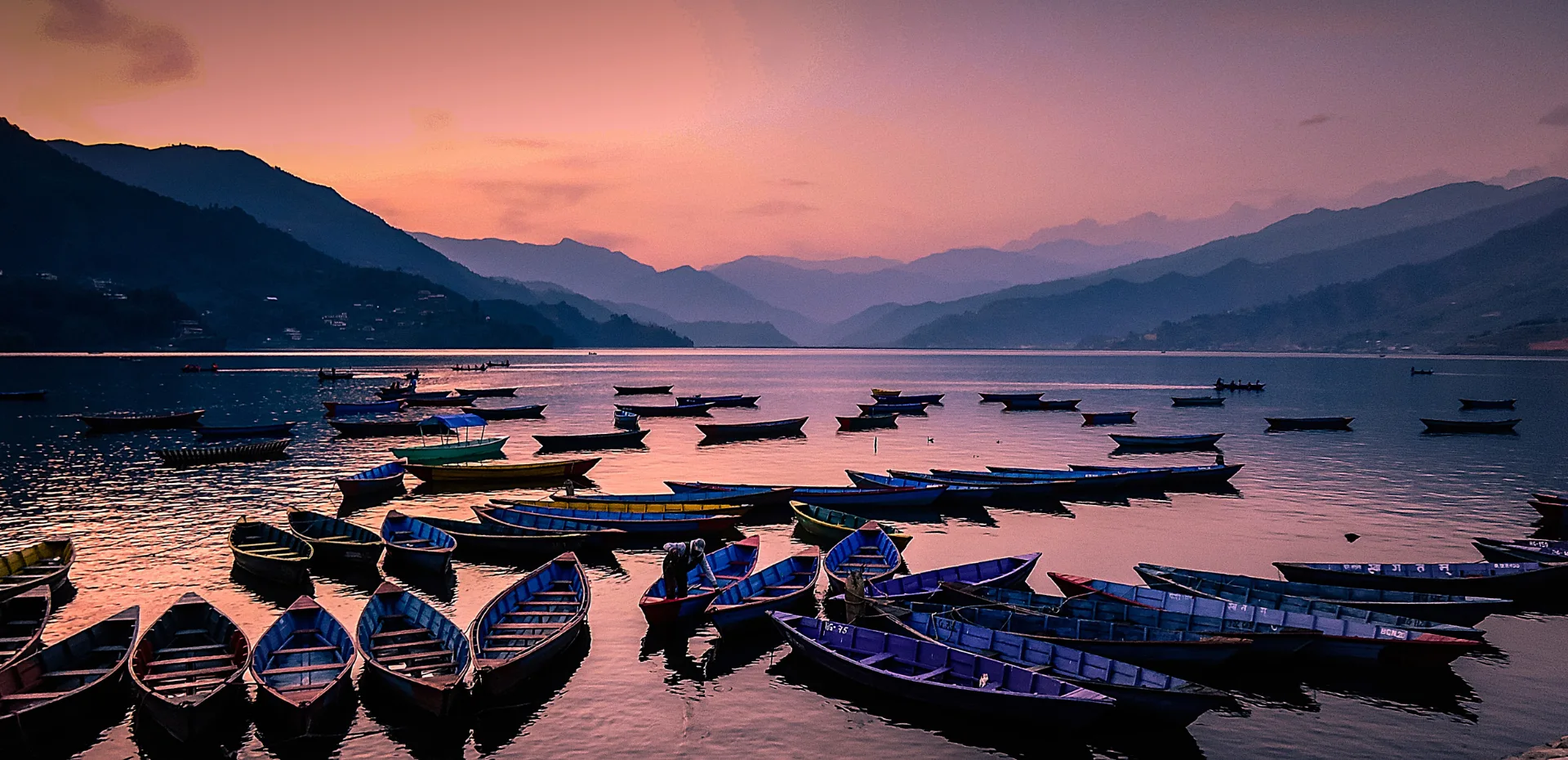
FAQs on Best Places to Visit in Pokhara
Why do so many people visit Pokhara?
The captivating beauty of Pokhara has been the topic of numerous visitors. This area is known as the “Jewel of the Himalayas” because the air is clean, the Annapurna Range’s snow-capped peaks are beautiful, and the Phewa, Begnas, and Rupa Lakes are peaceful.
Why is Pokhara special?
Pokhara is known for its breathtaking vistas of the Annapurna mountain range. Pokhara is also famous for extreme sports such as rafting, canoeing, and bungee jumping.
Is Pokhara cold or warm?
Pokhara has a warm climate that is significantly more temperate than most of Nepal. Pokhara still experiences monsoon, summer, and winter seasons, which vary in temperature and precipitation.
Does it snow in Pokhara?
Even though it does not make snow in Pokhara itself, it does in the foothills and hill stations that surround this beautiful lake city. Places like Mohare Danda, Ghorepani Poonhill, and Mardi Himal Base Camp, among others, are elegant snowy hideaways close to Pokhara, where the majestic Alps await.
Which is better, Kathmandu or Pokhara?
Pokhara is more appealing than Kathmandu. It is popular with both tourists and native Nepalis and brimming with outdoor tourist activities (Lakeside Pokhara).
How many days are enough for Pokhara?
Depending on your schedule, it is recommended that visitors spend at least two or three days in Pokhara. Extend it more if you can if you want to explore more of the best places to visit in Pokhara.
How far is Mustang from Pokhara?
91 kilometers separate Pokhara from Upper Mustang. The road length is 219.8 kilometers. The best way to travel from Pokhara to Mustang is via bus, which takes 8 hours and 45 minutes and costs an average of $20. Alternatively, you can fly, which typically costs $180 and takes 1 hour and three minutes.


